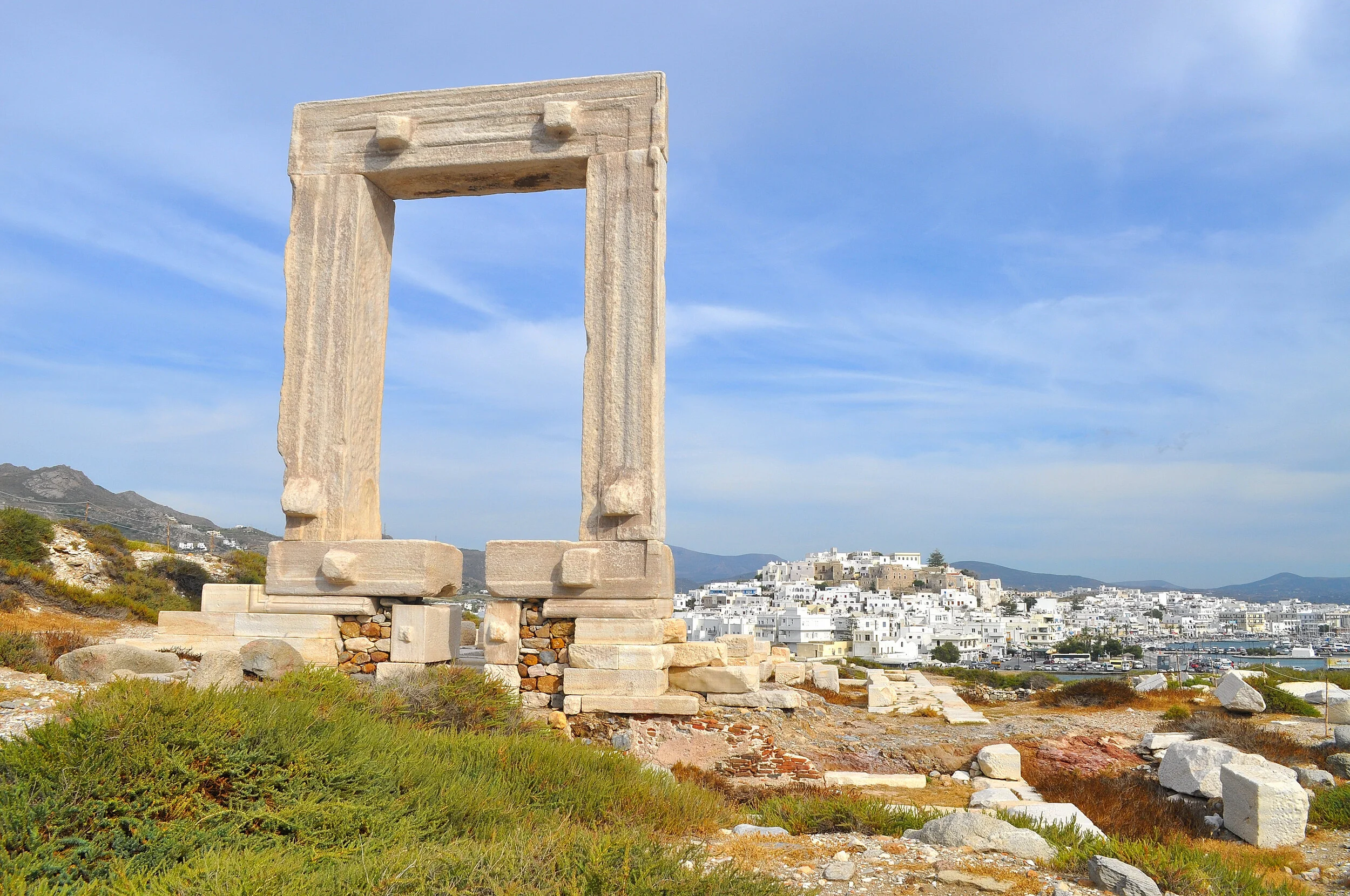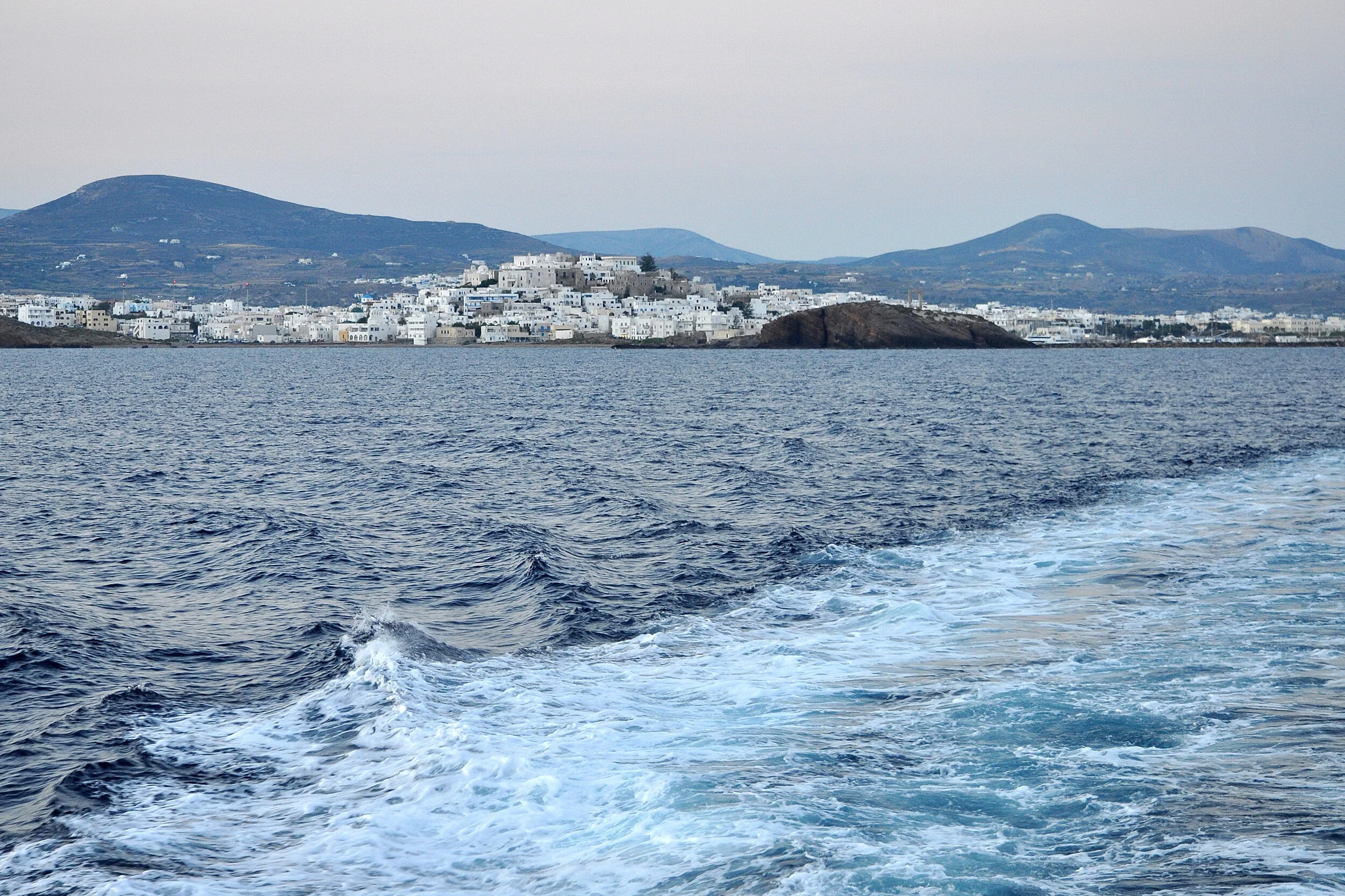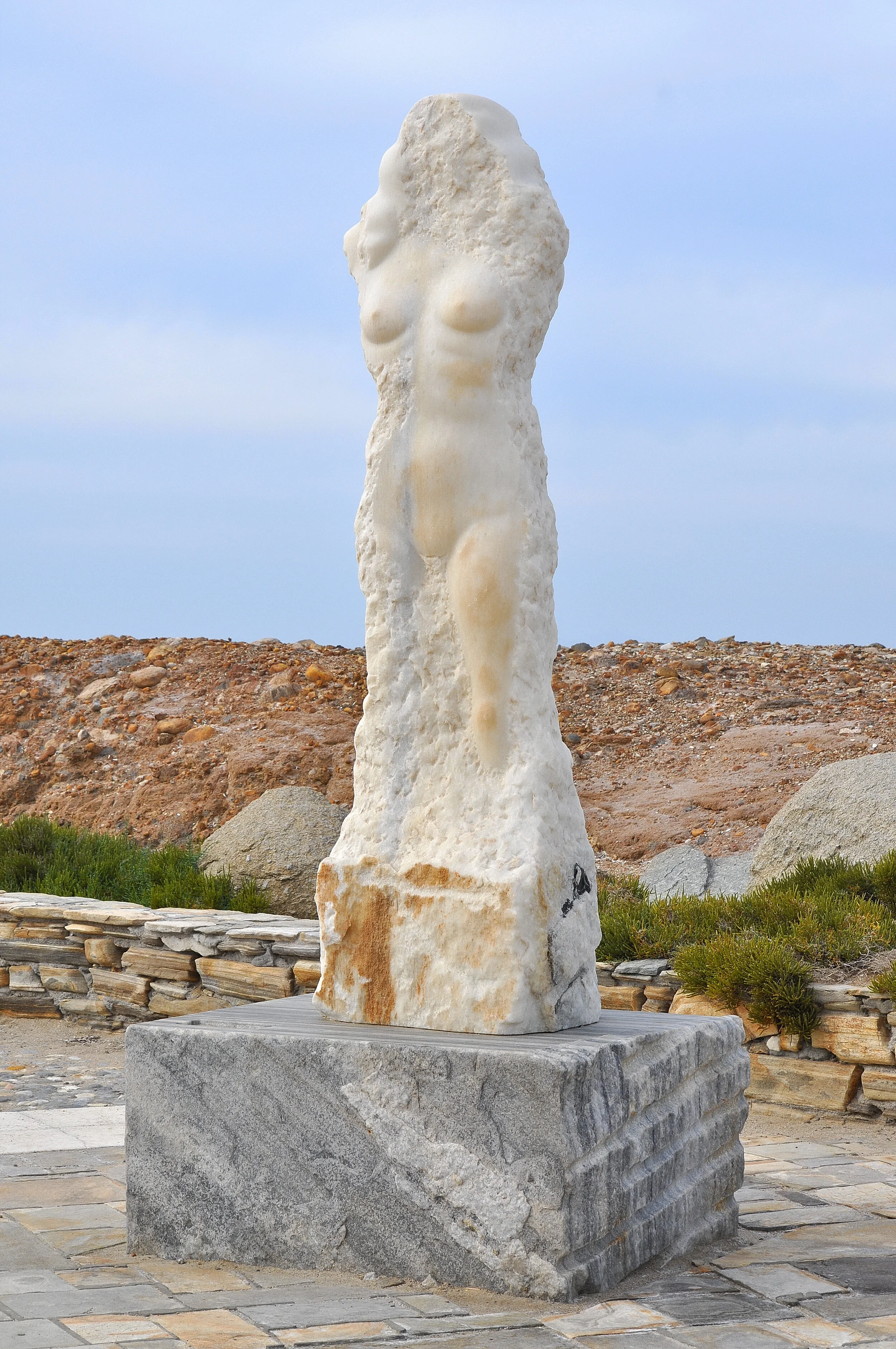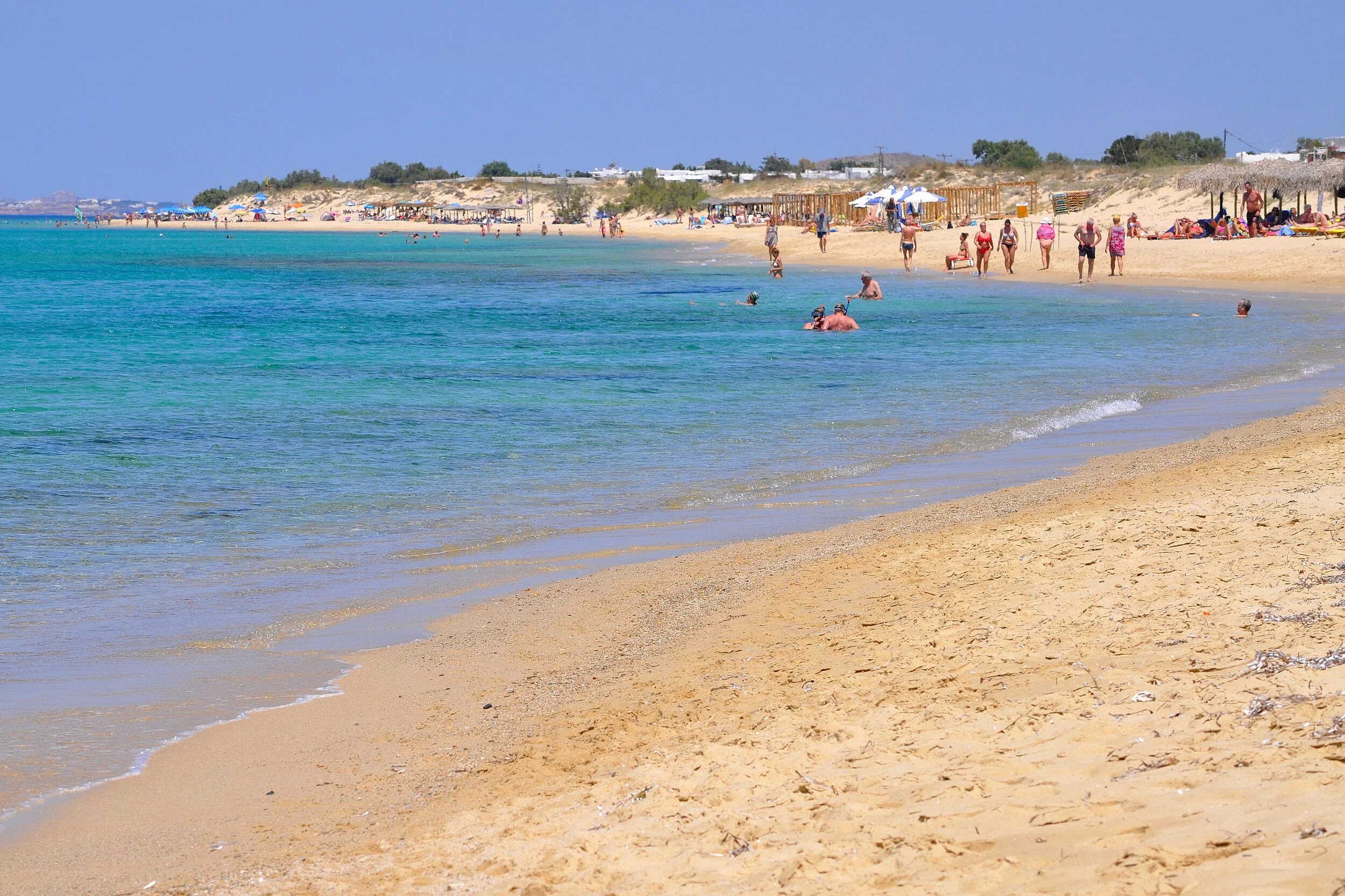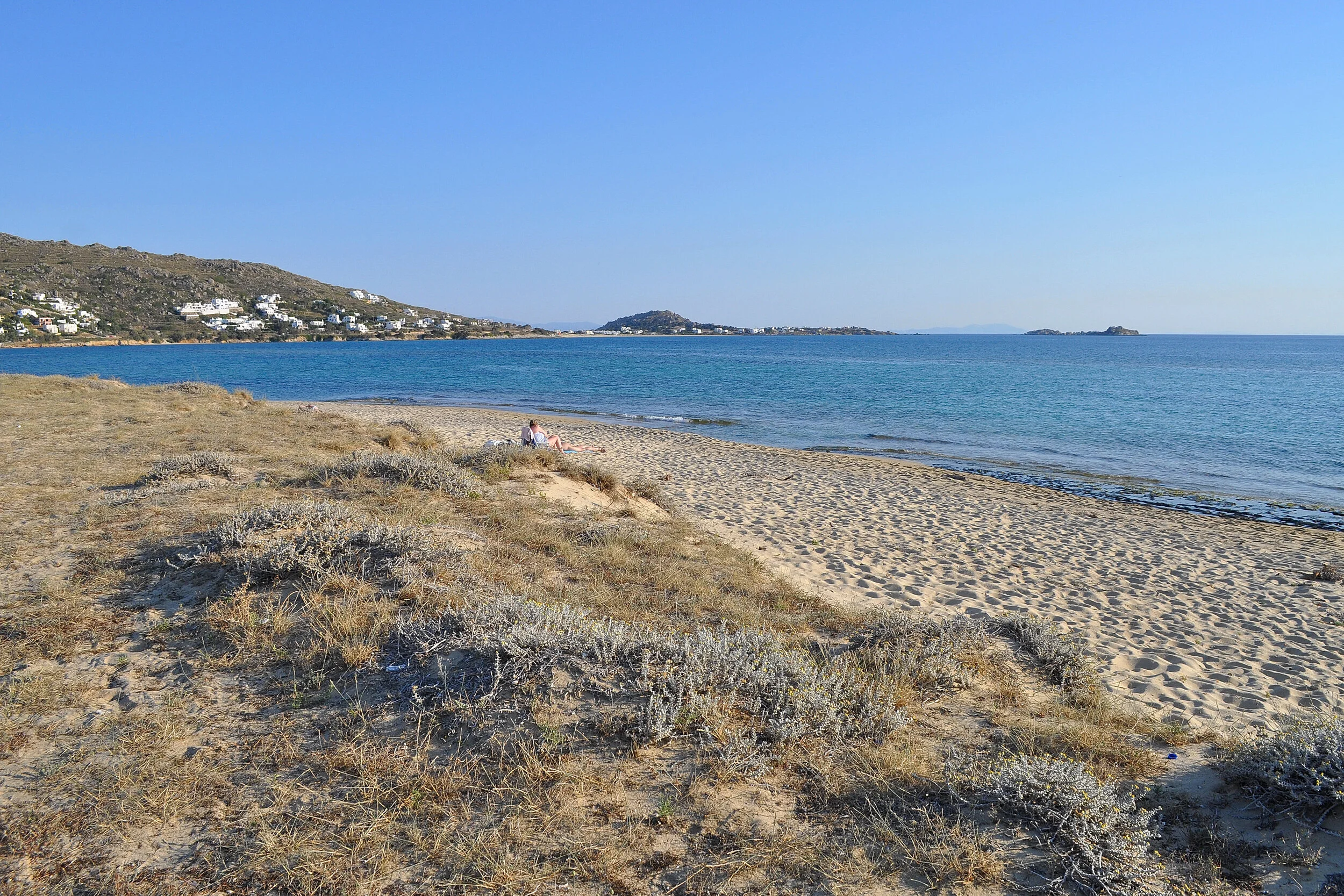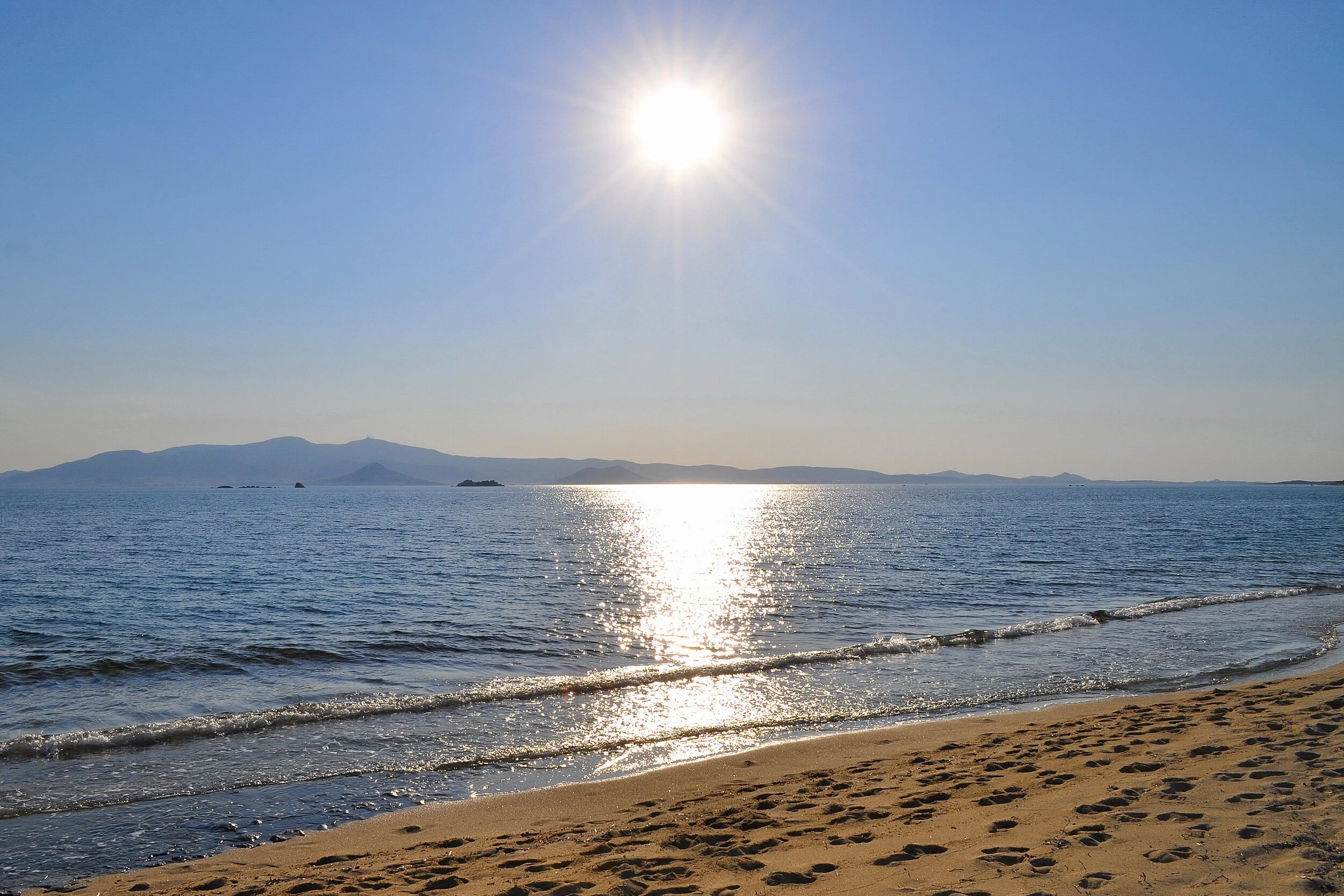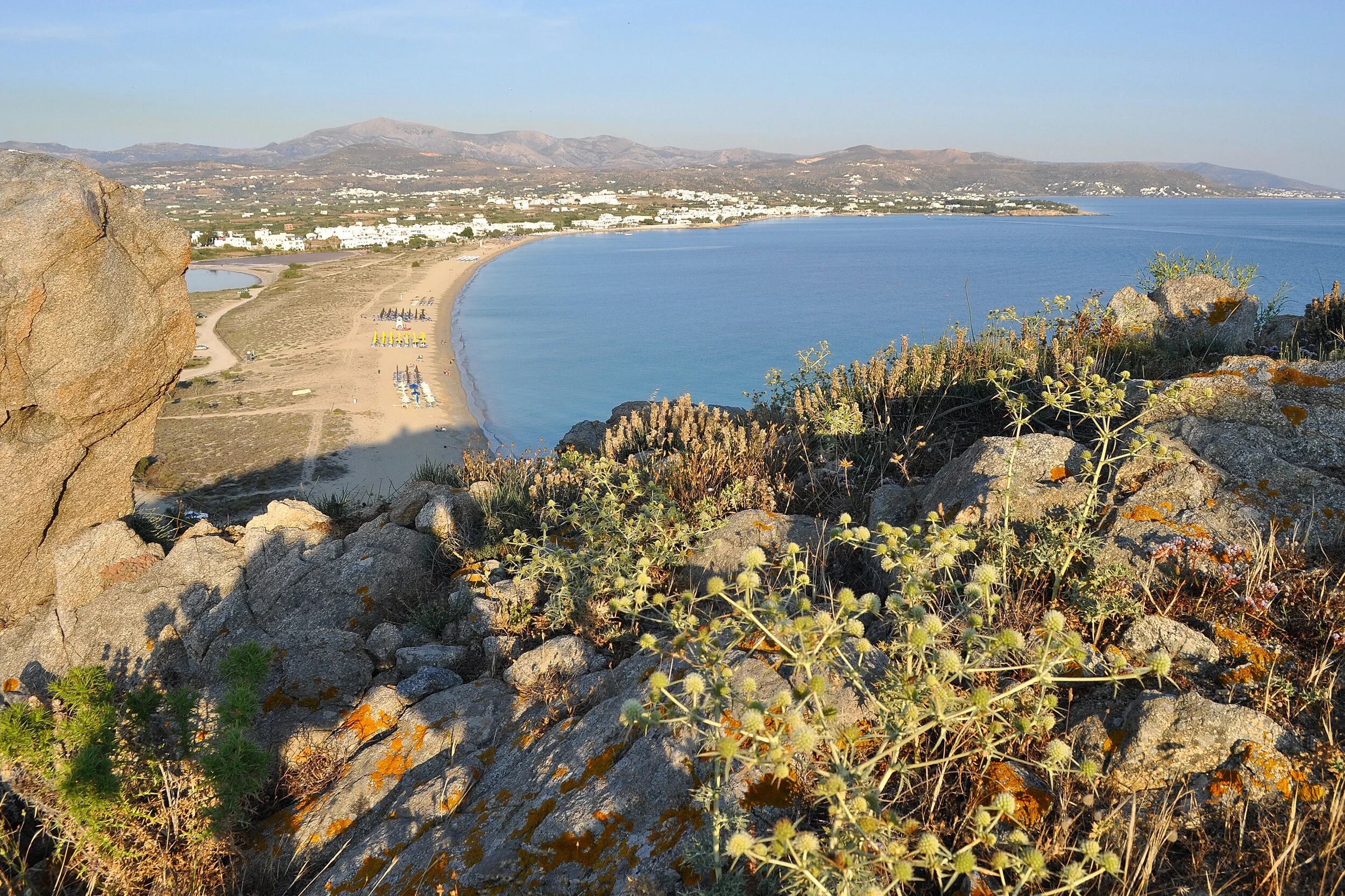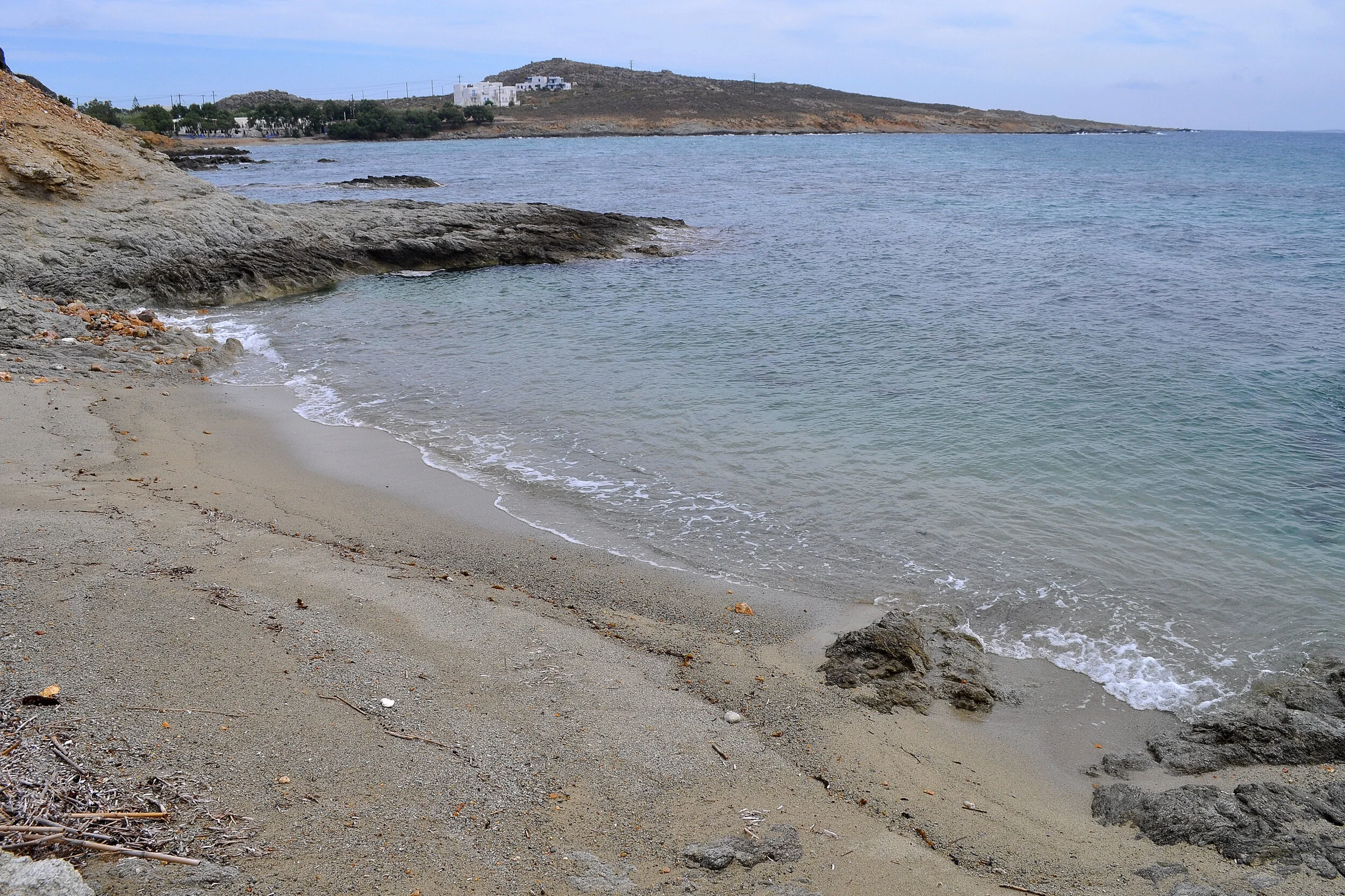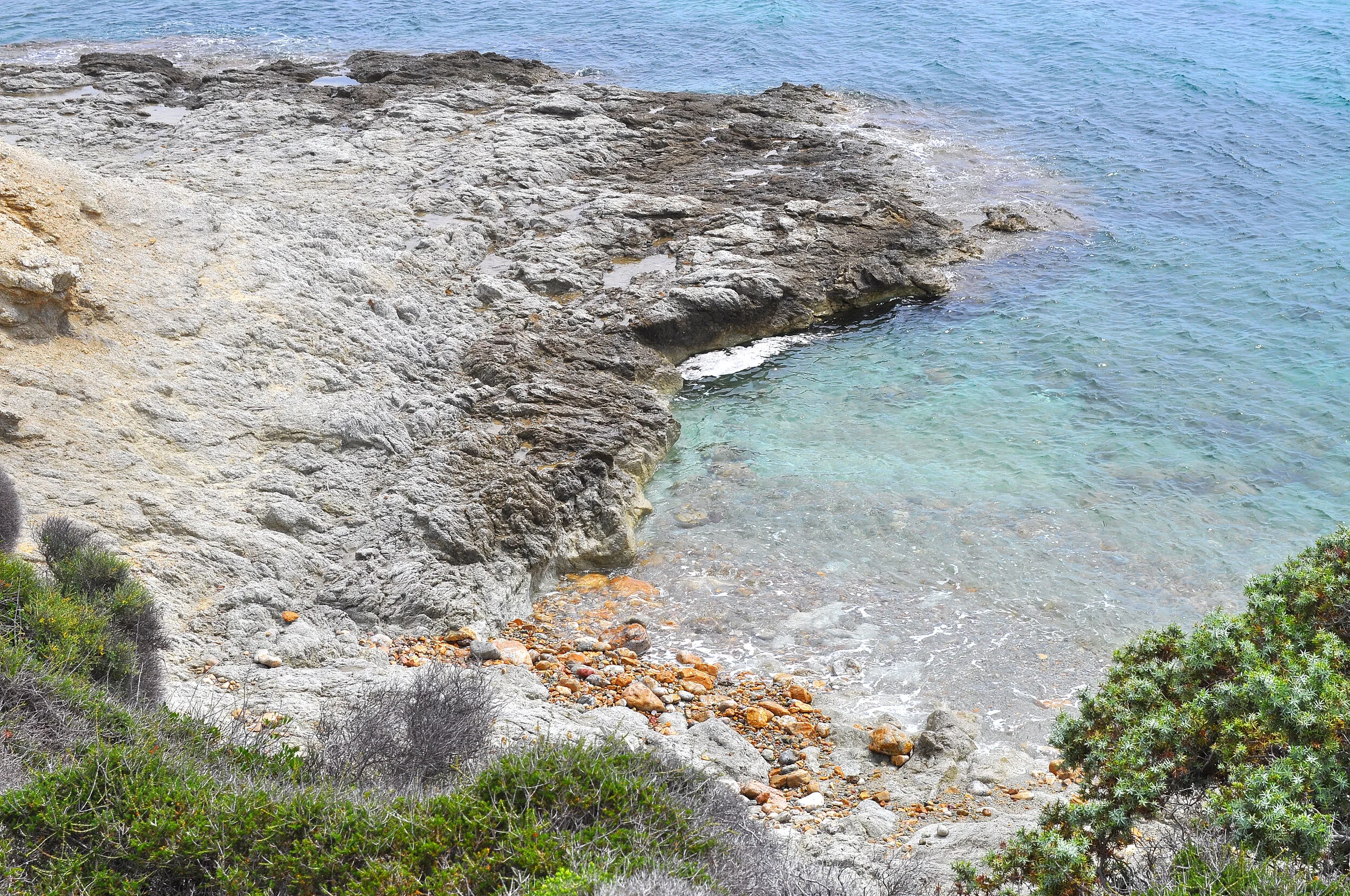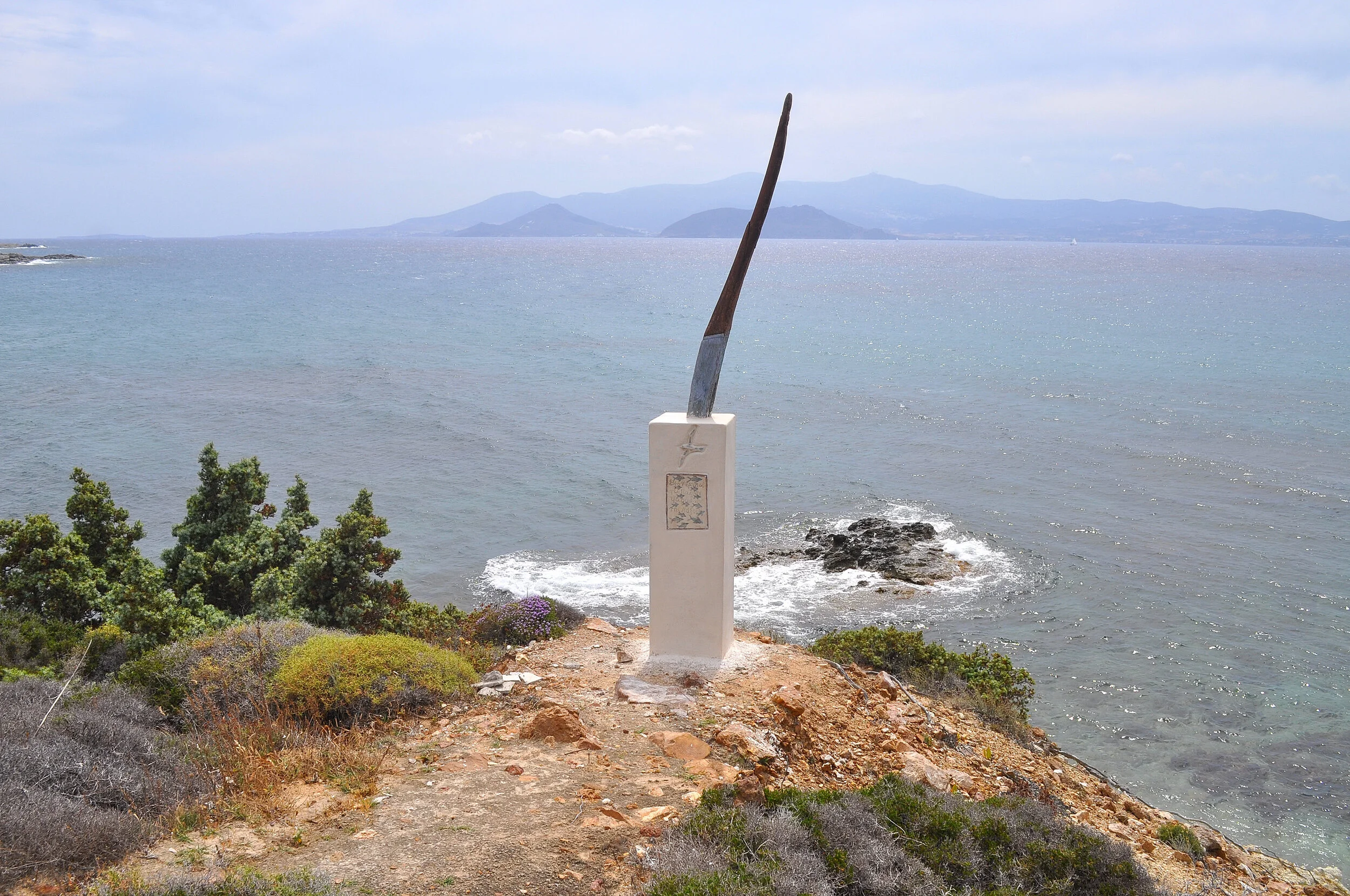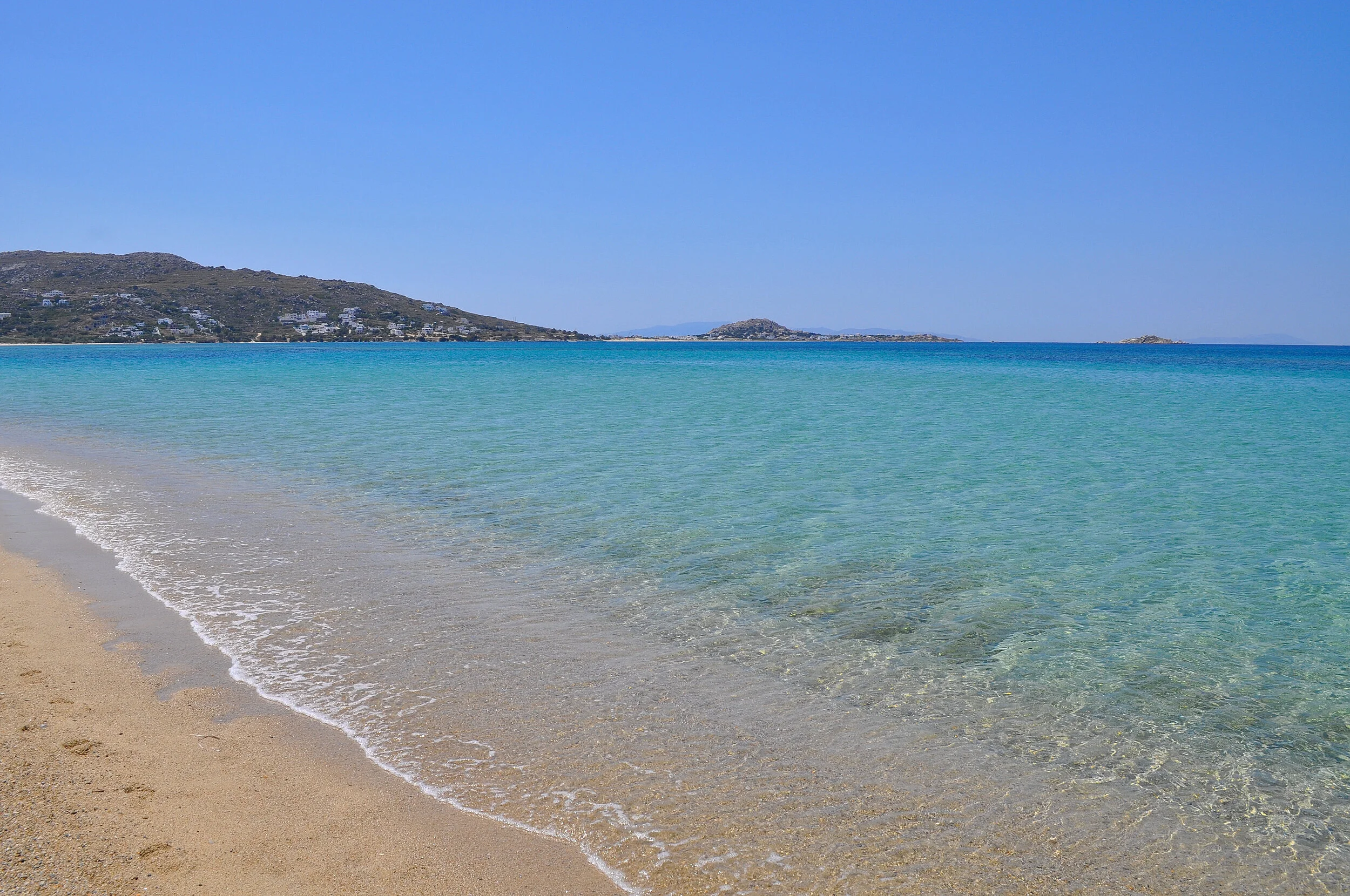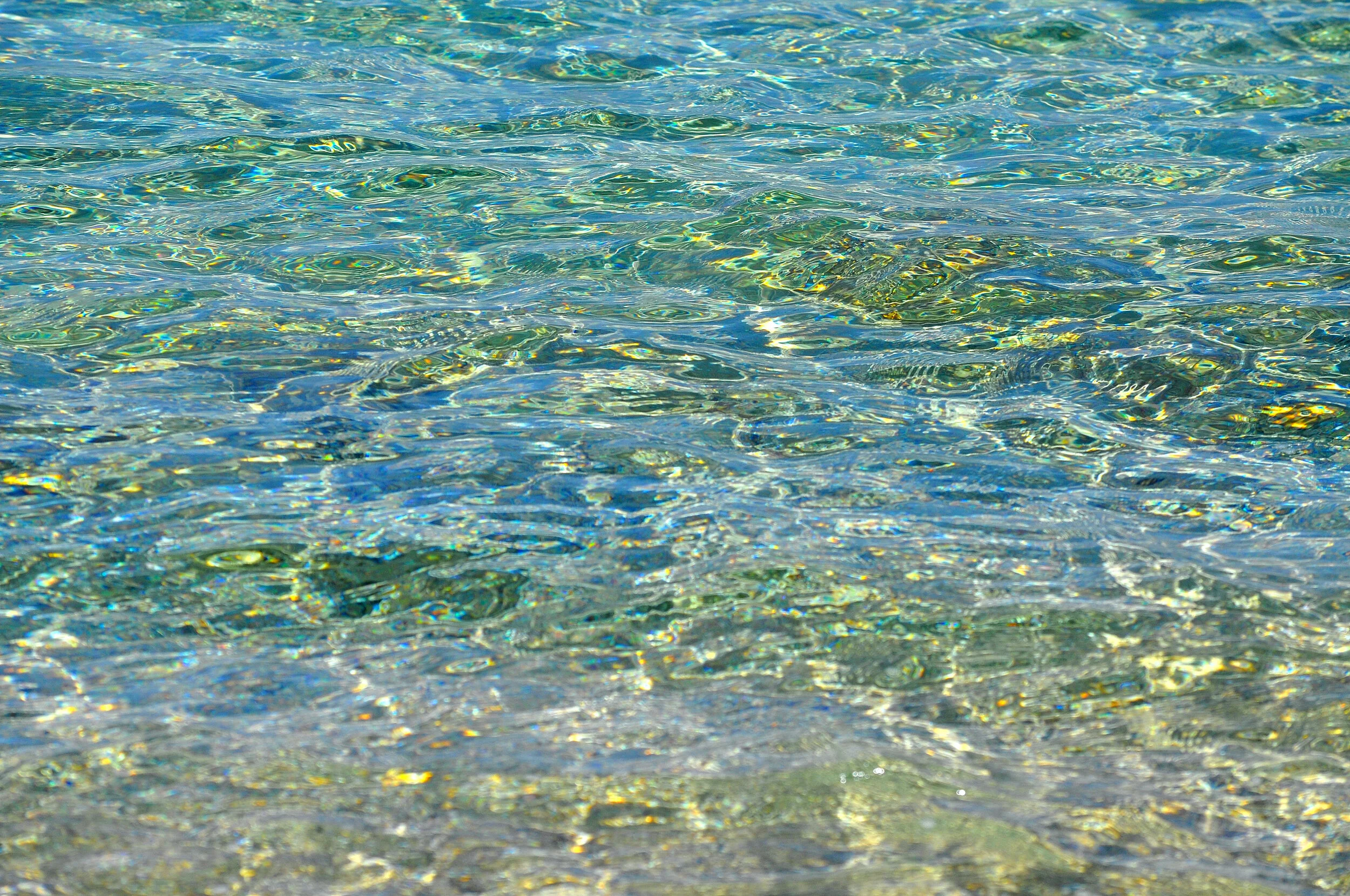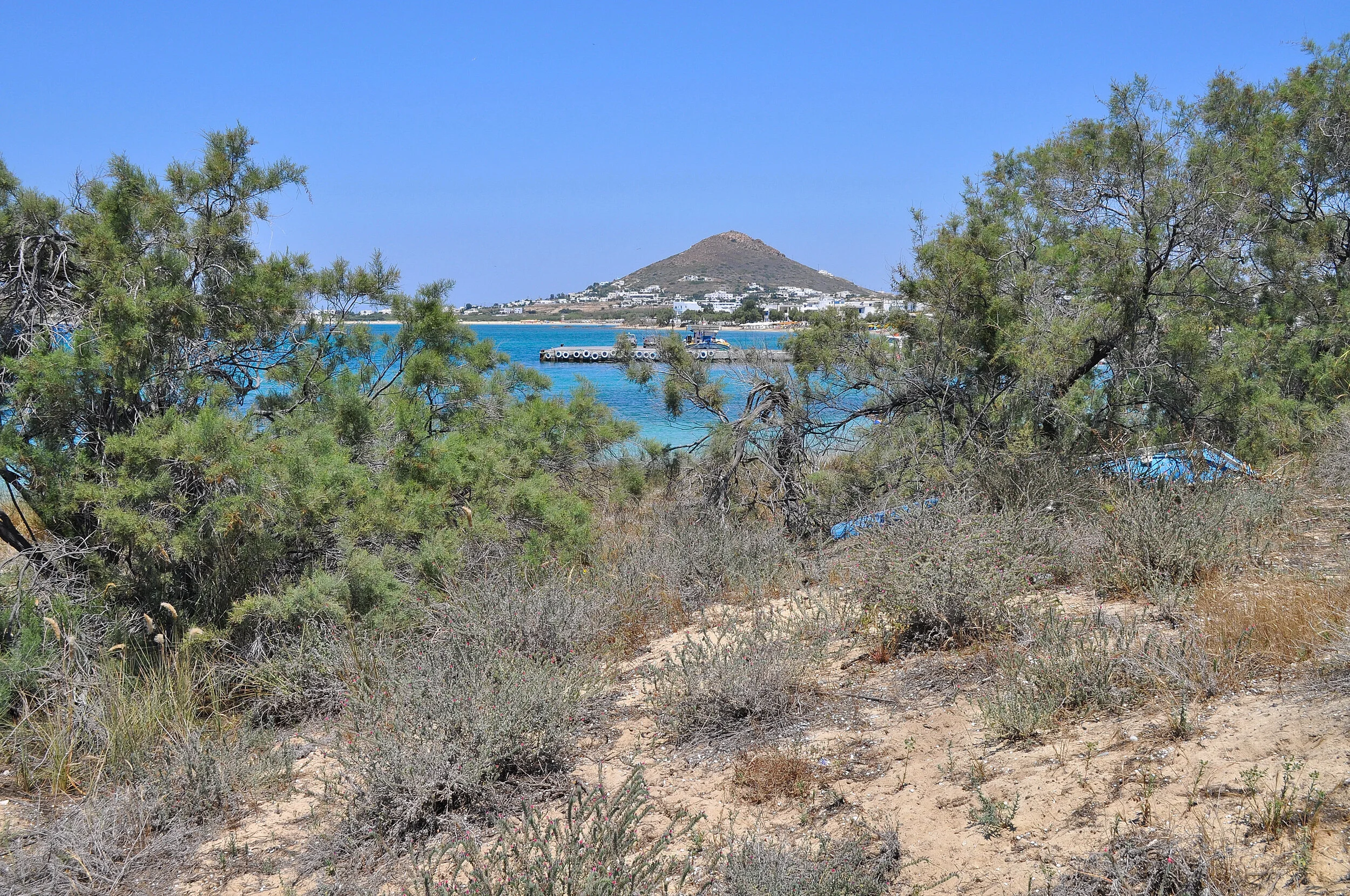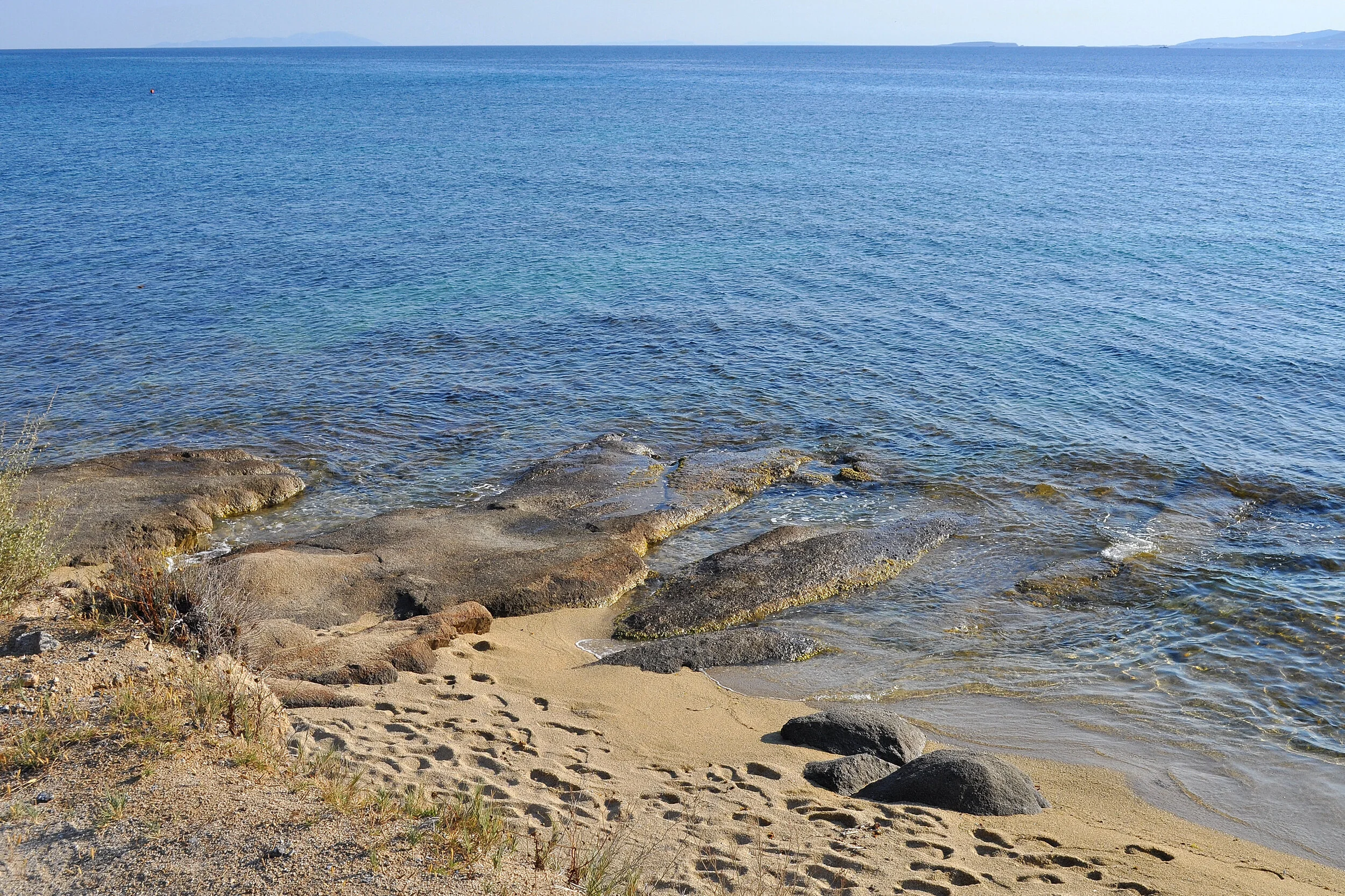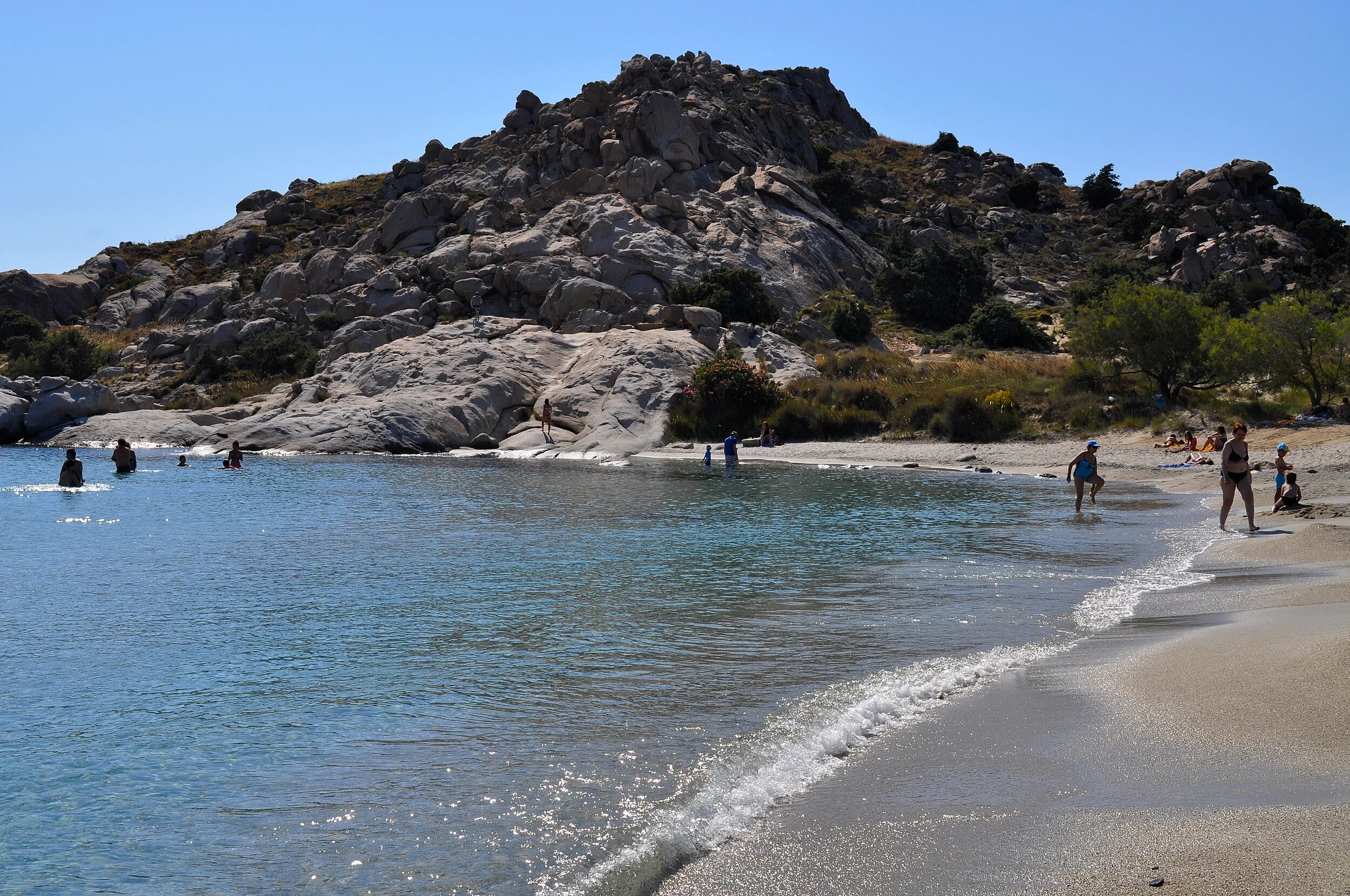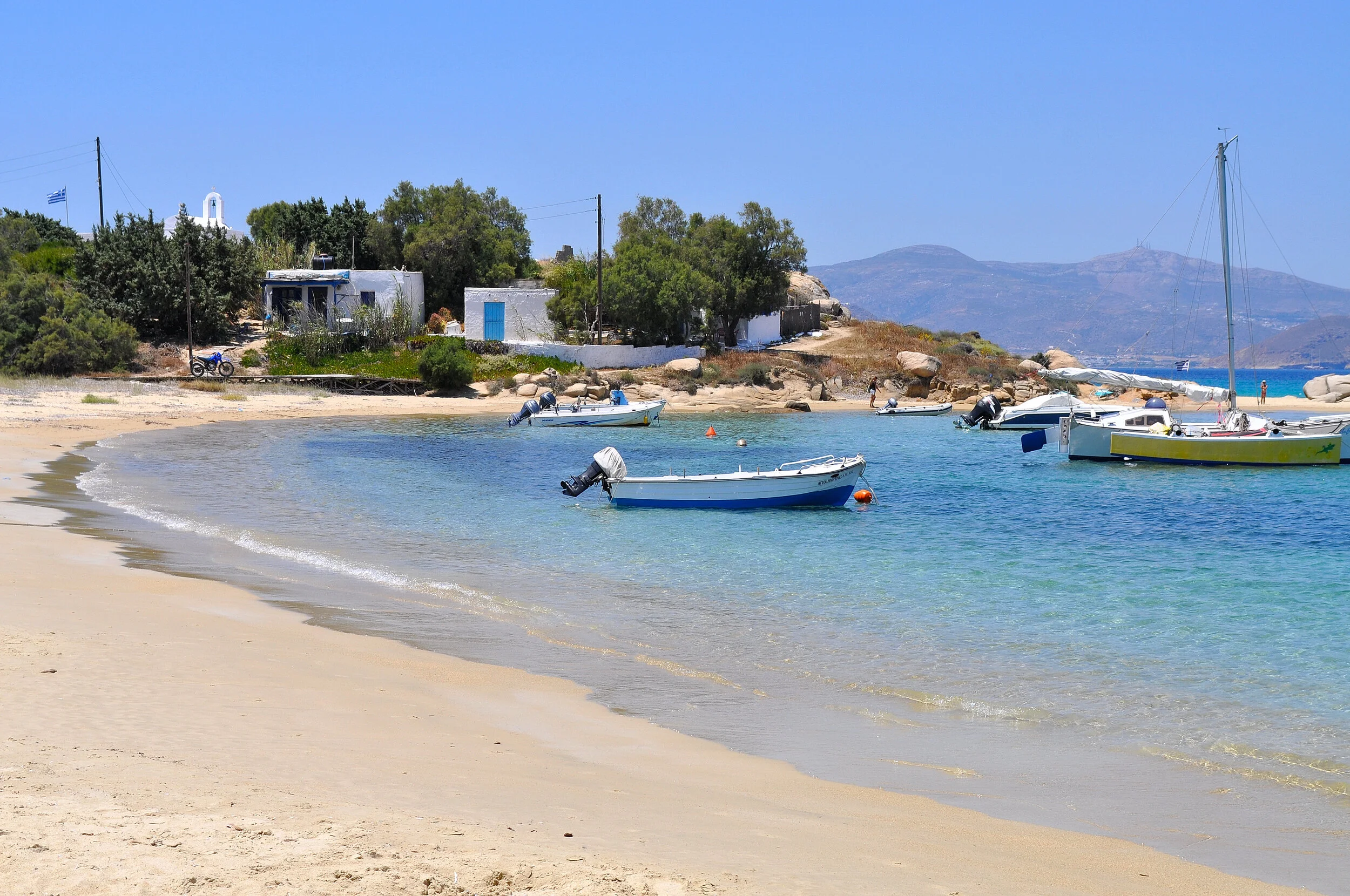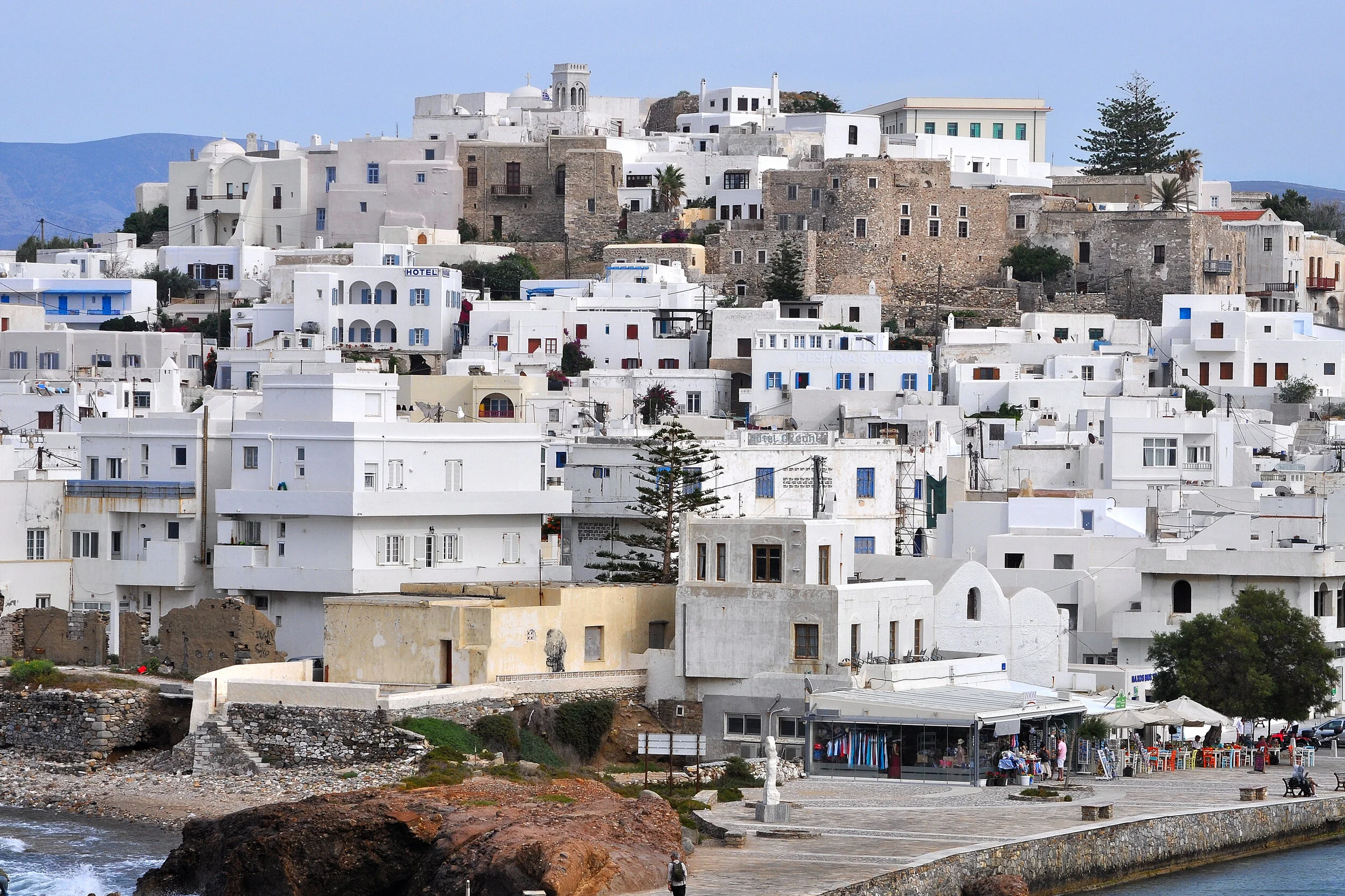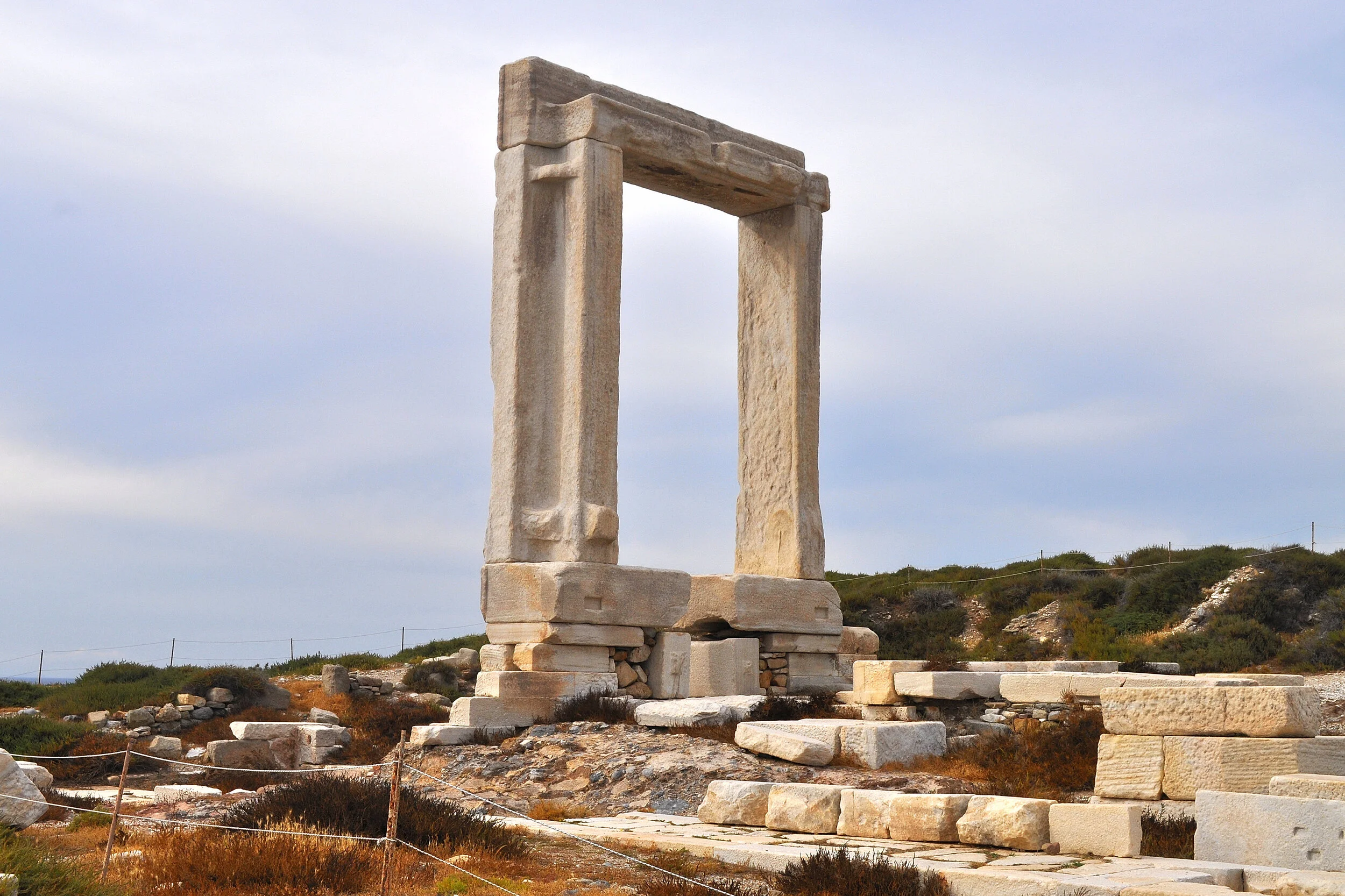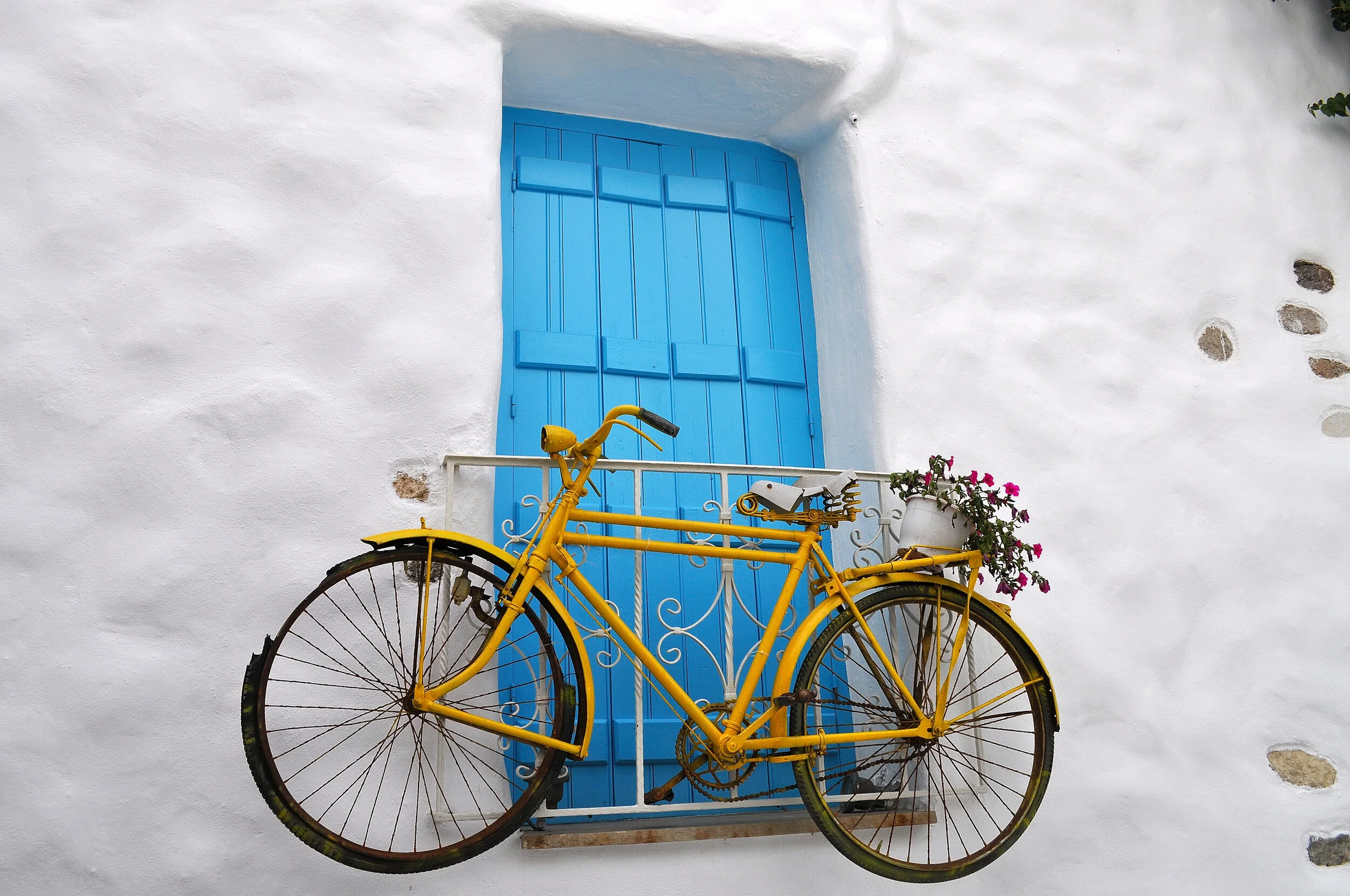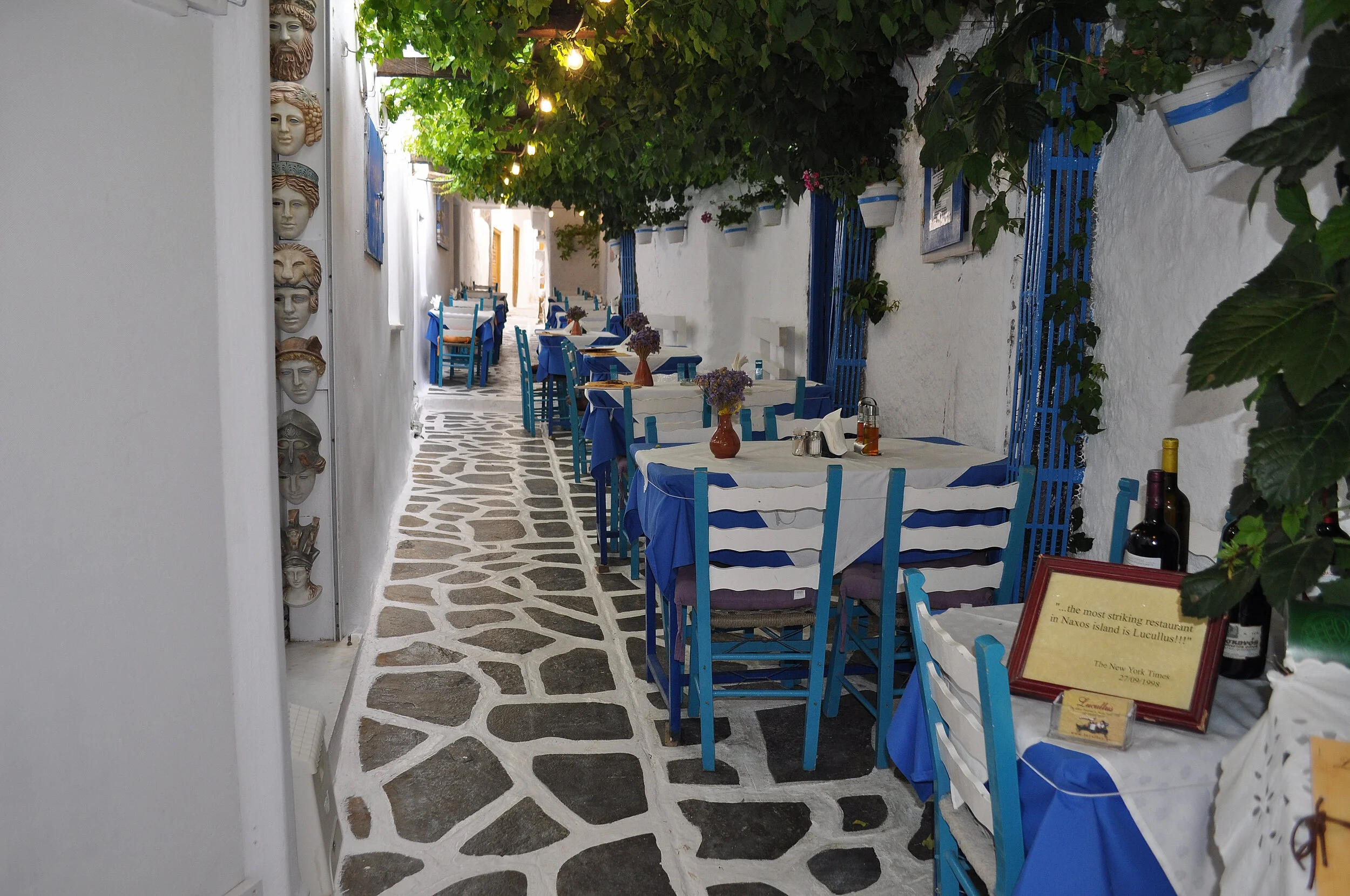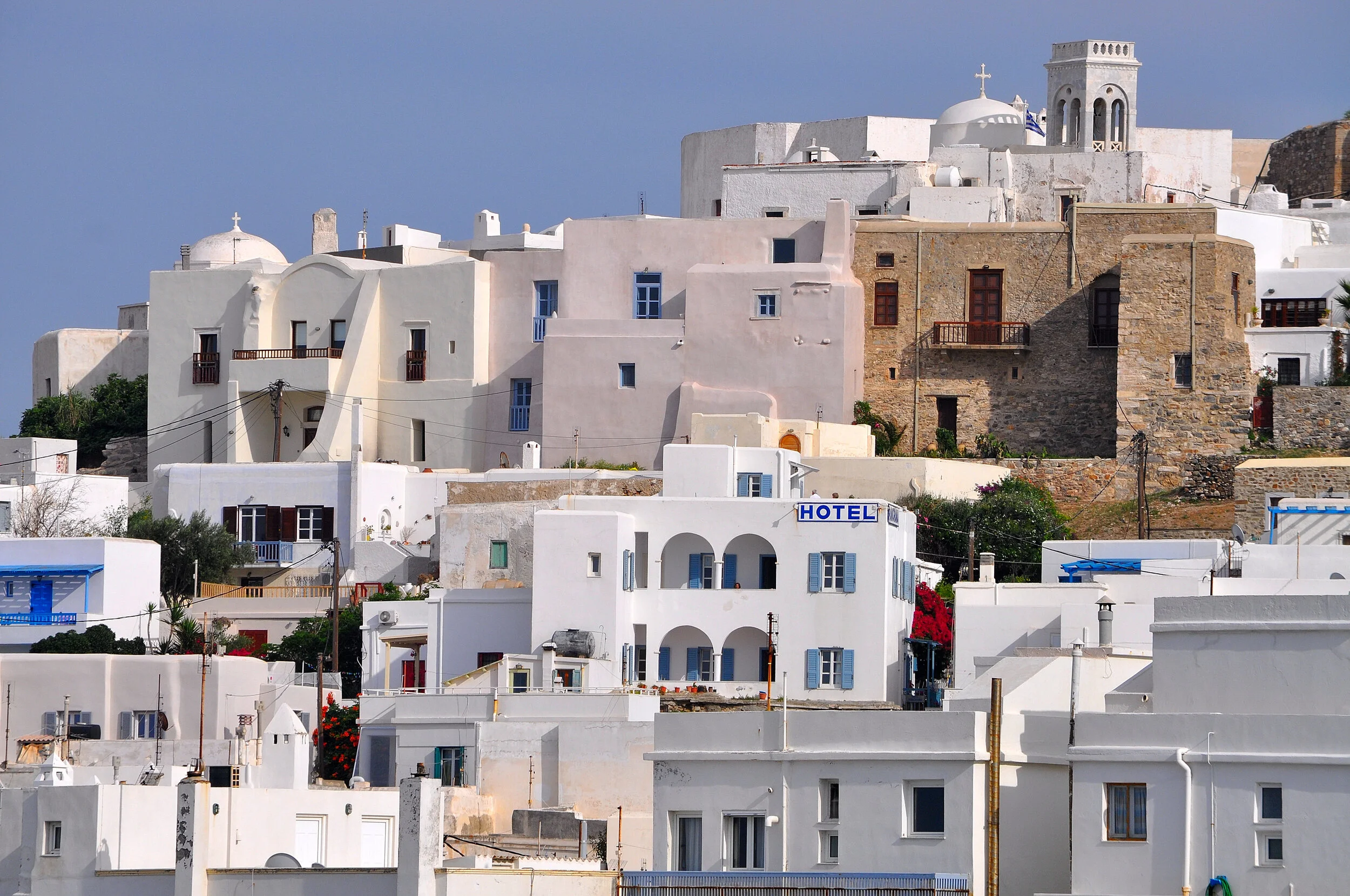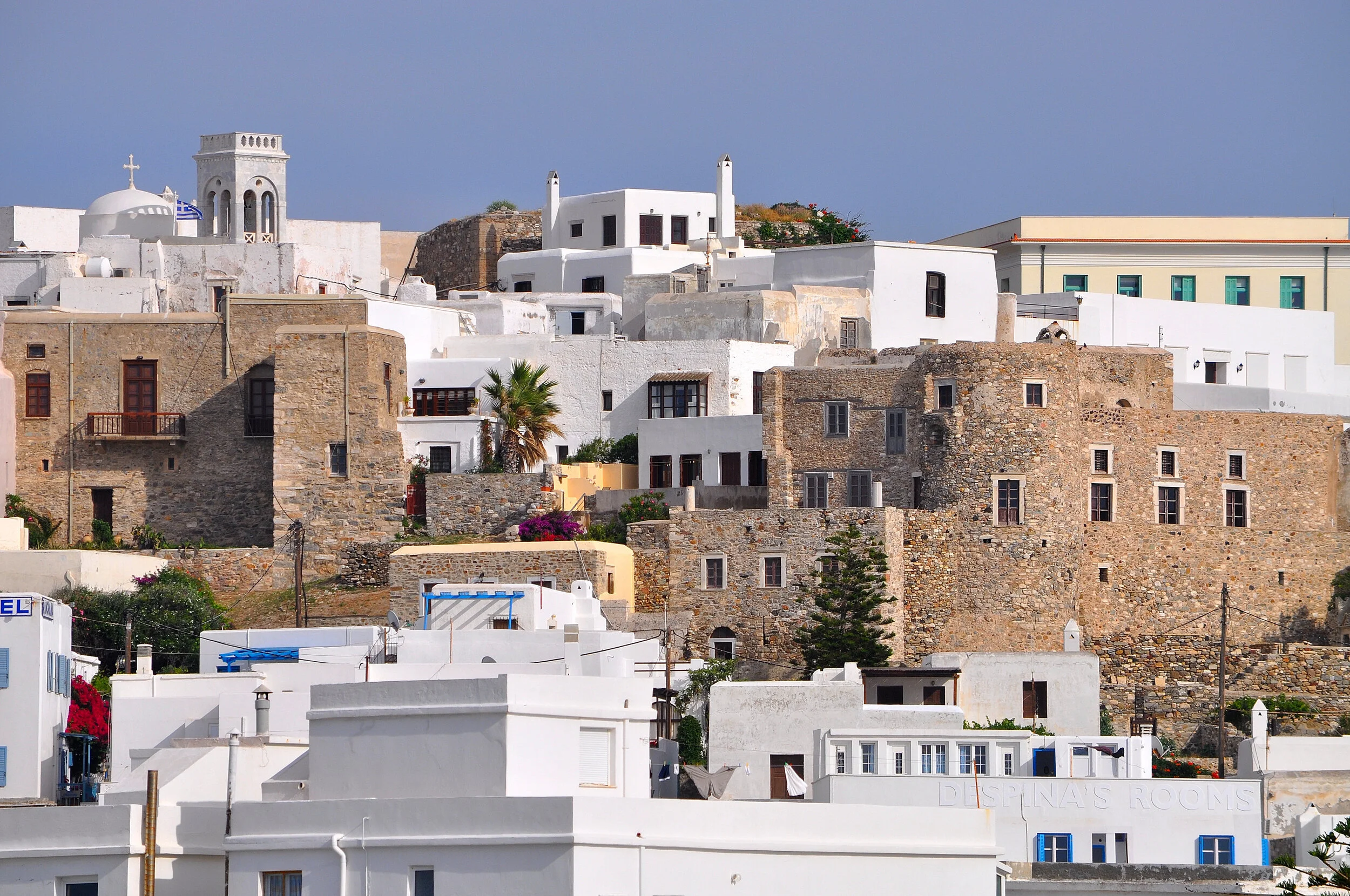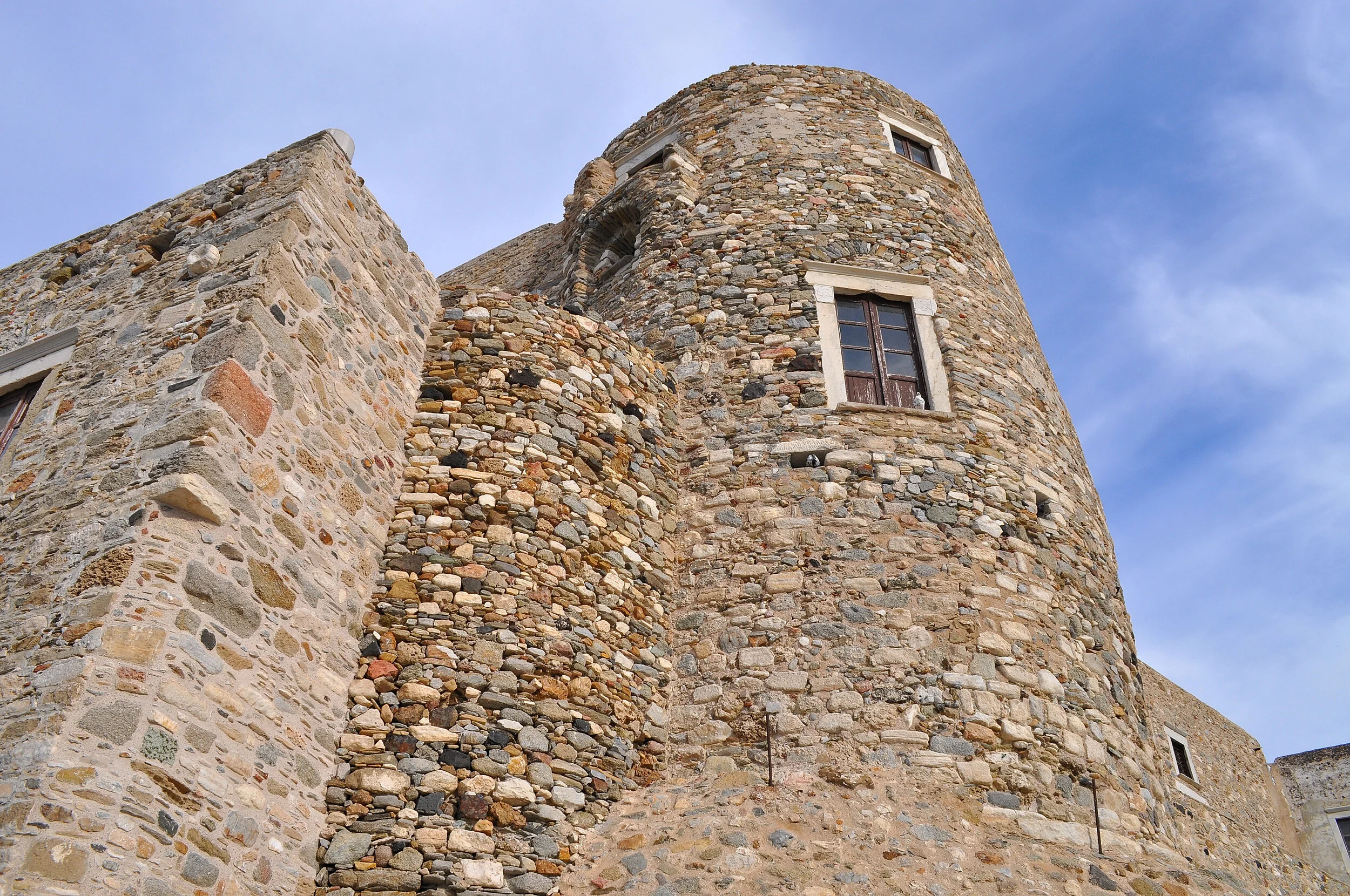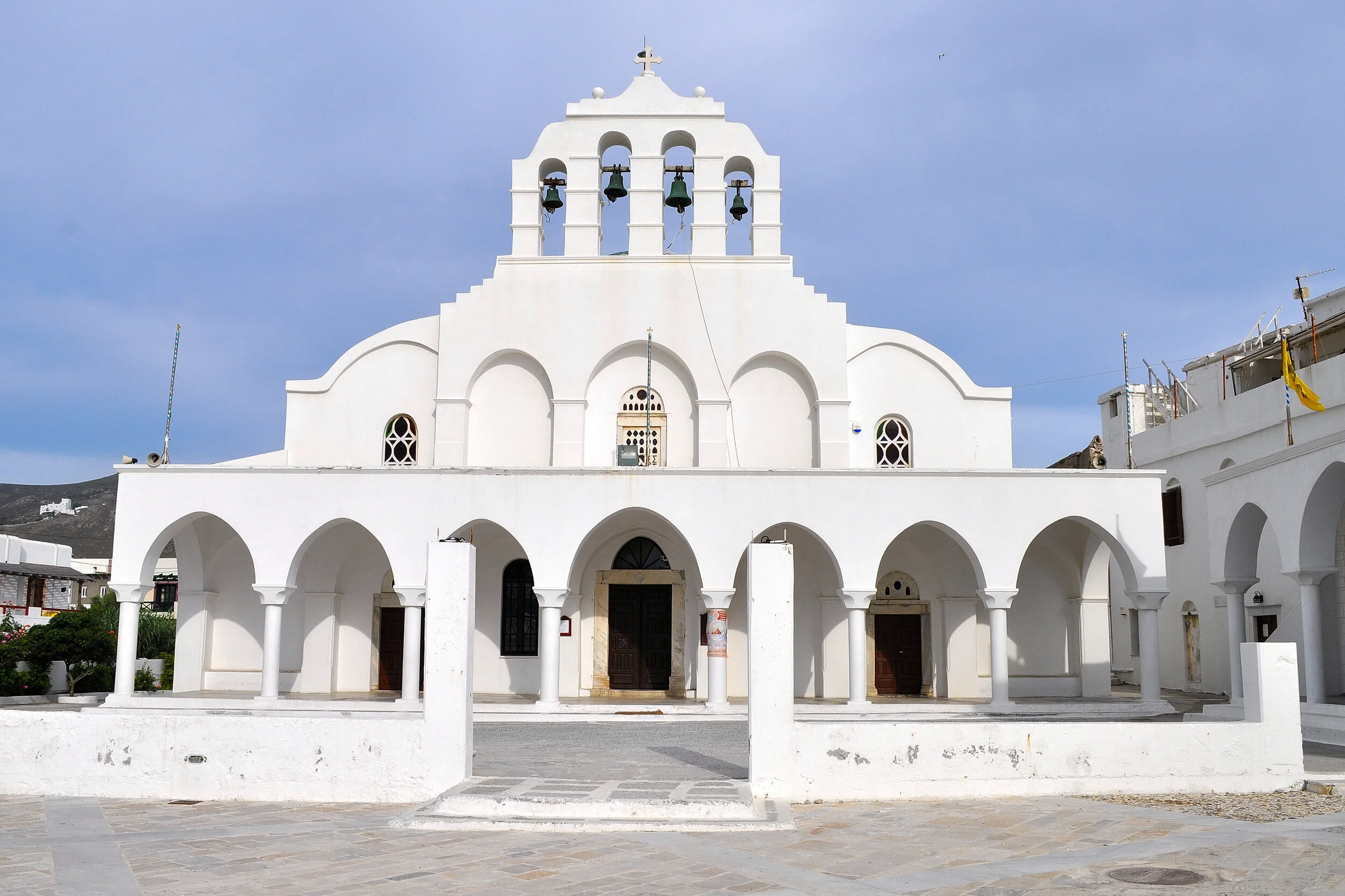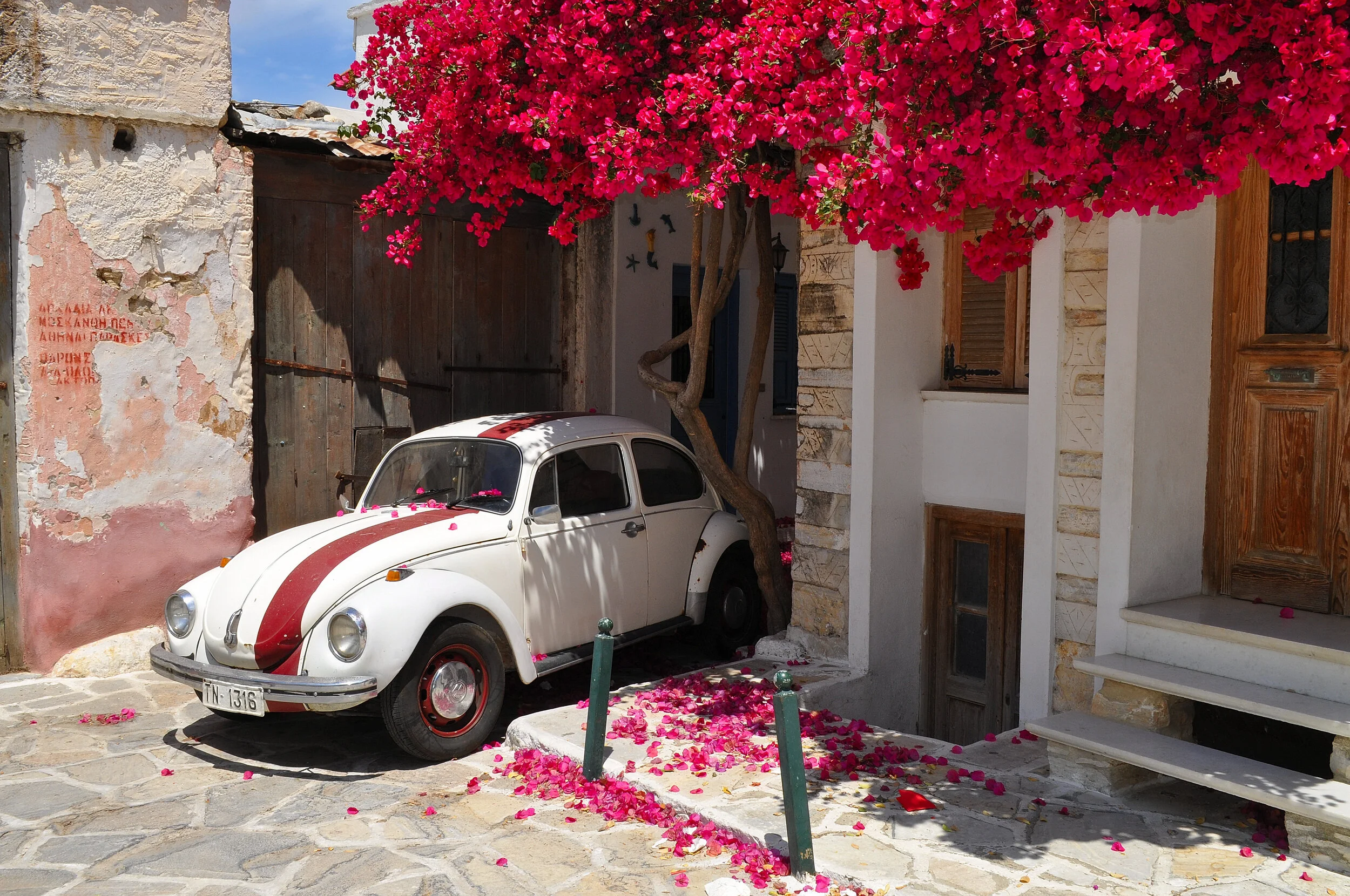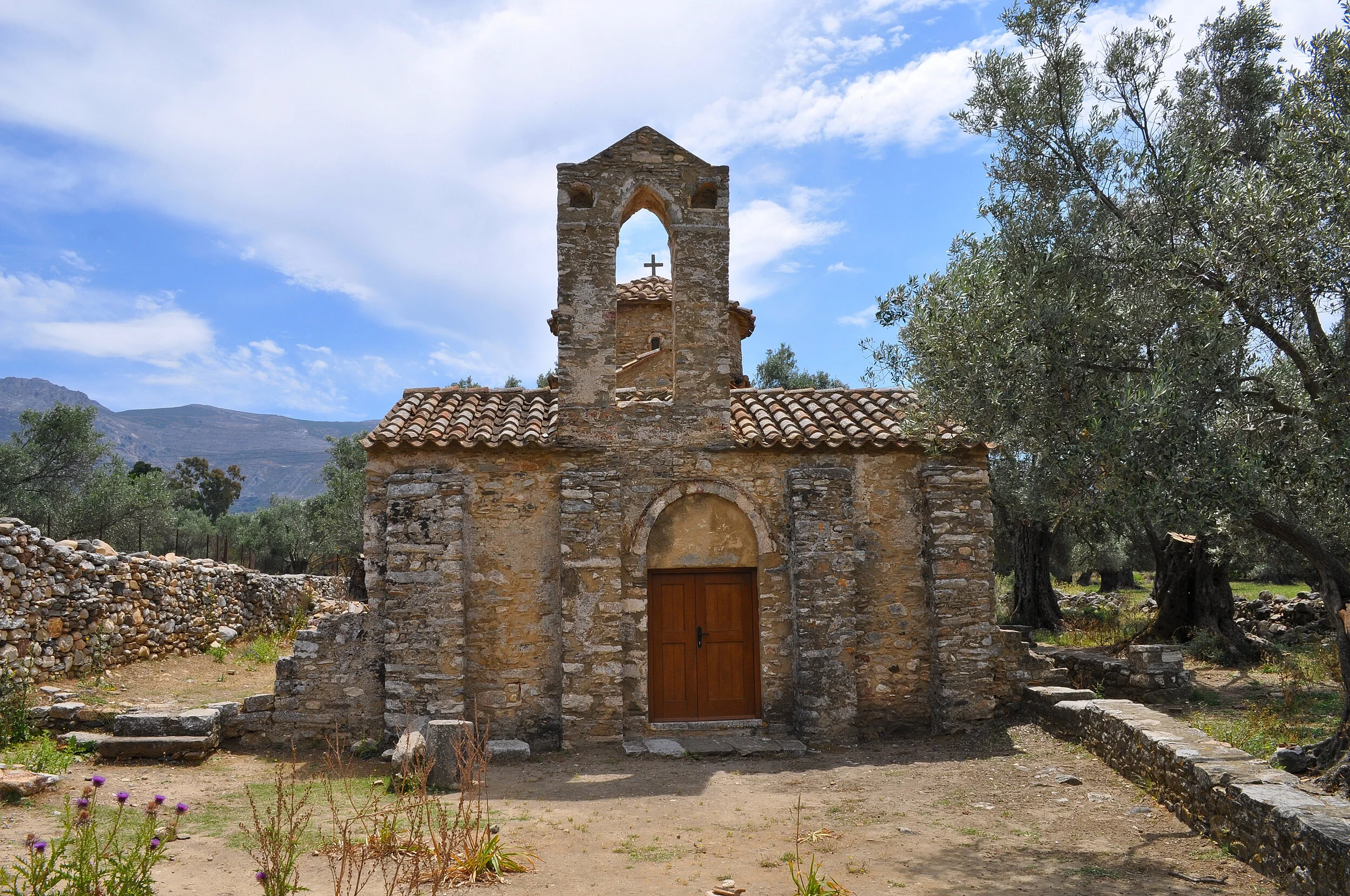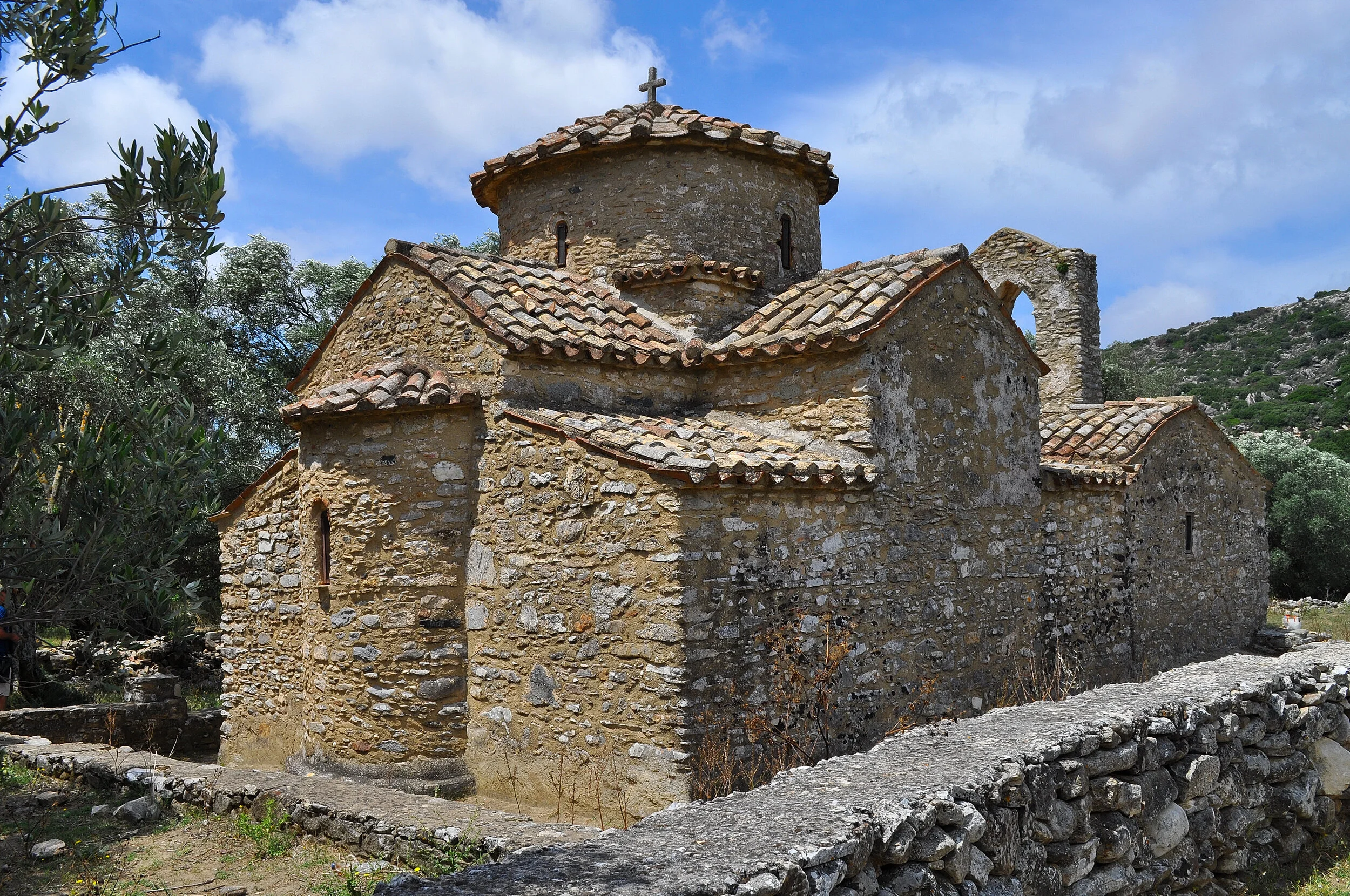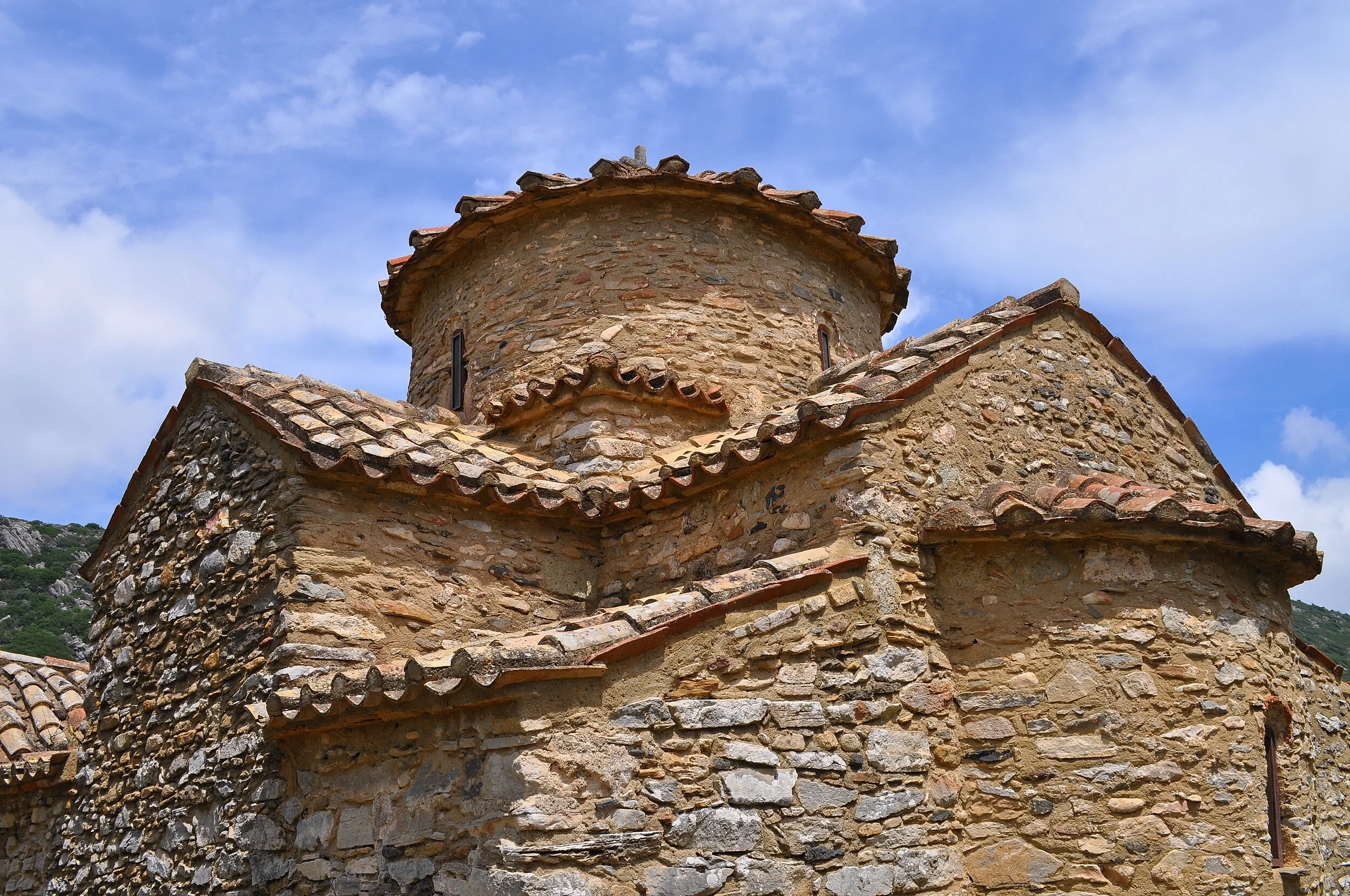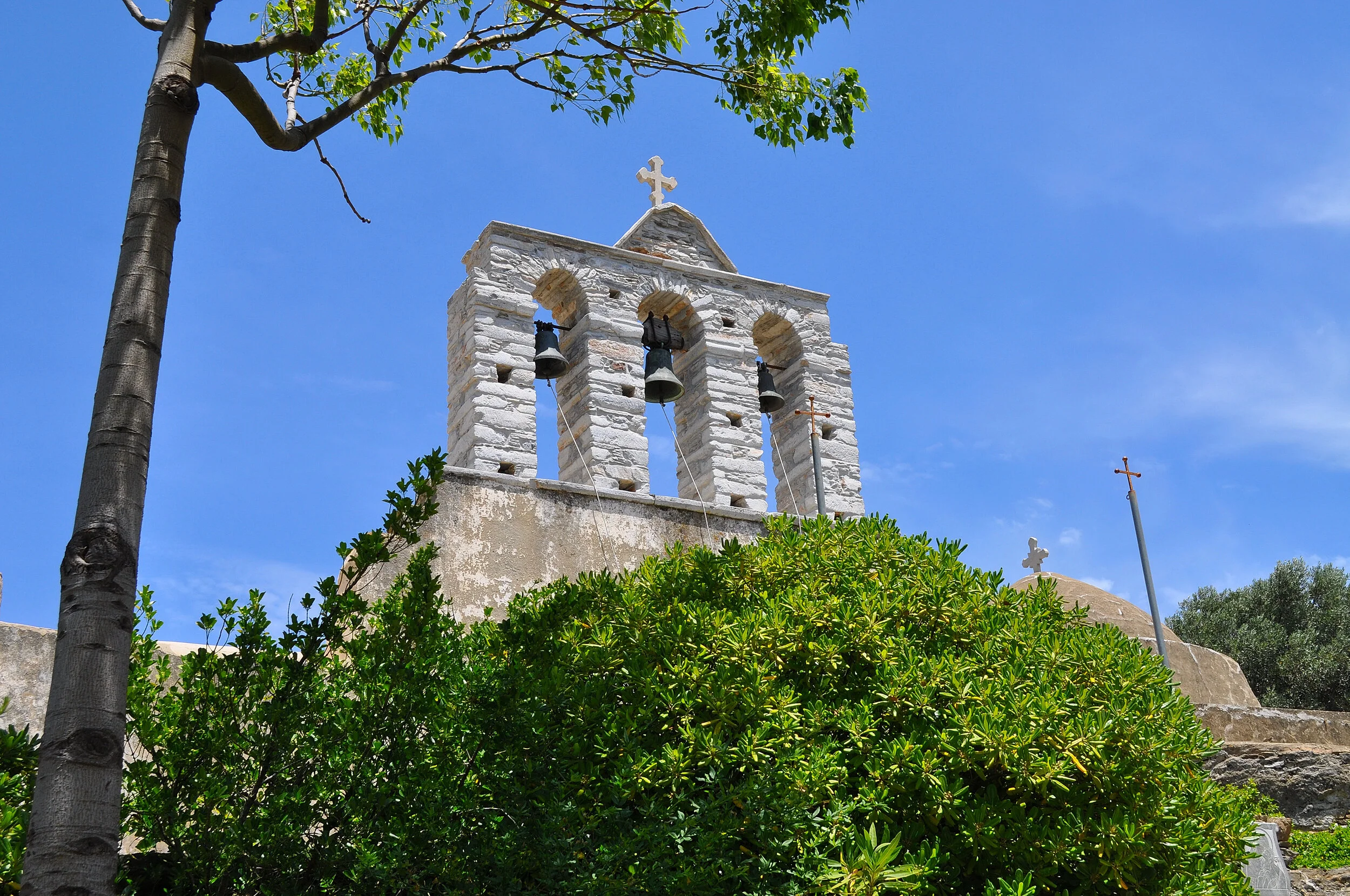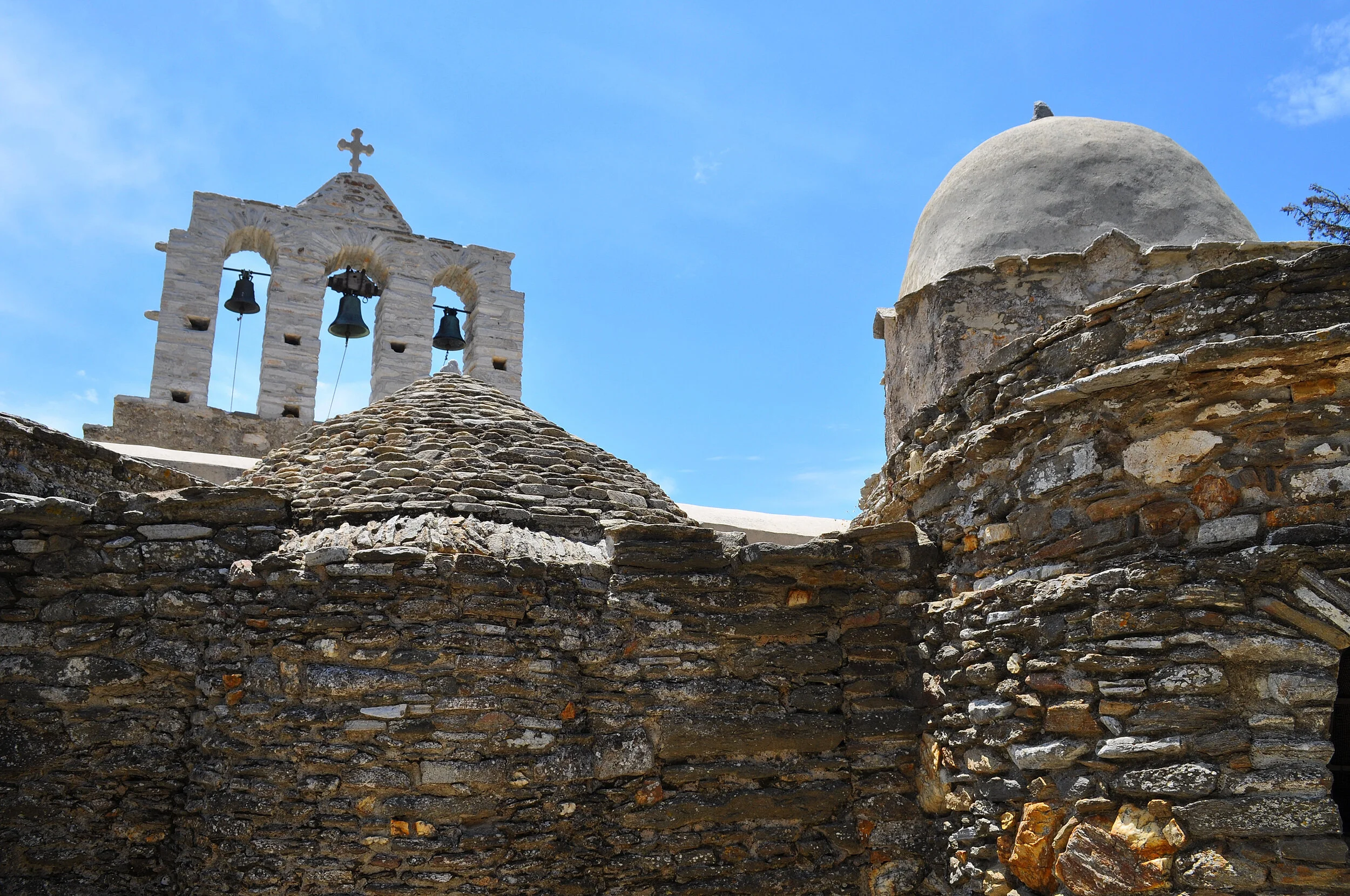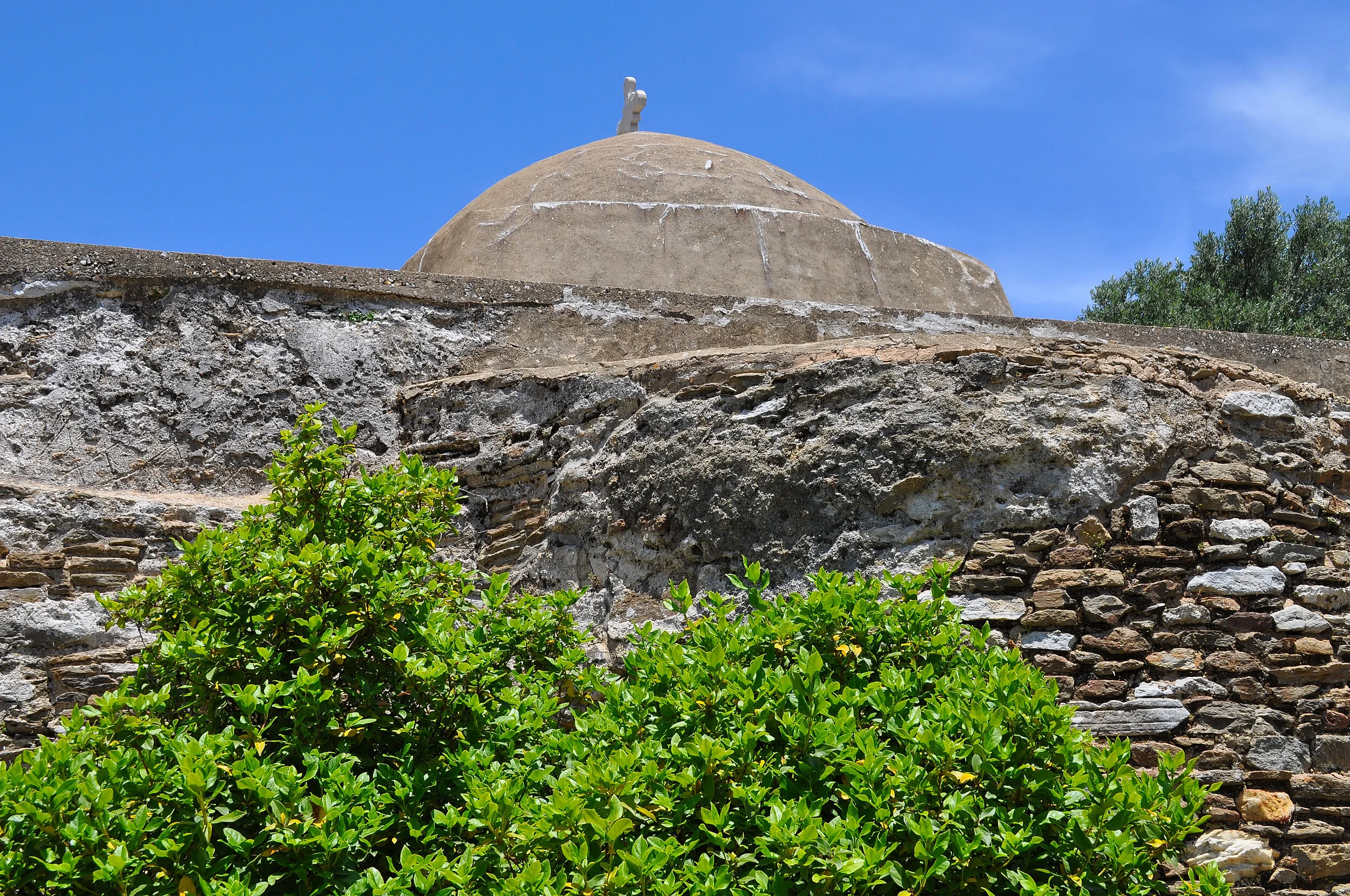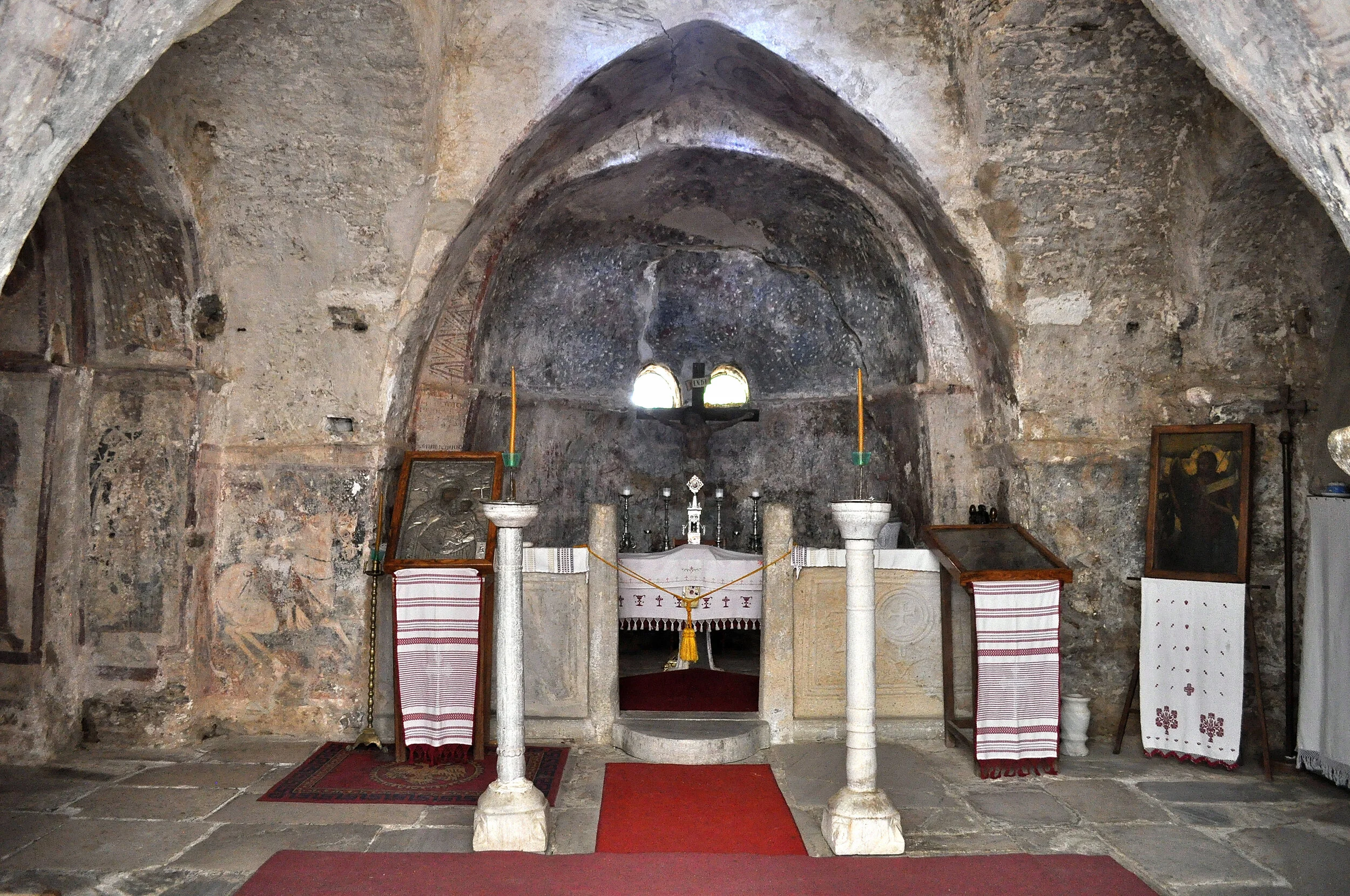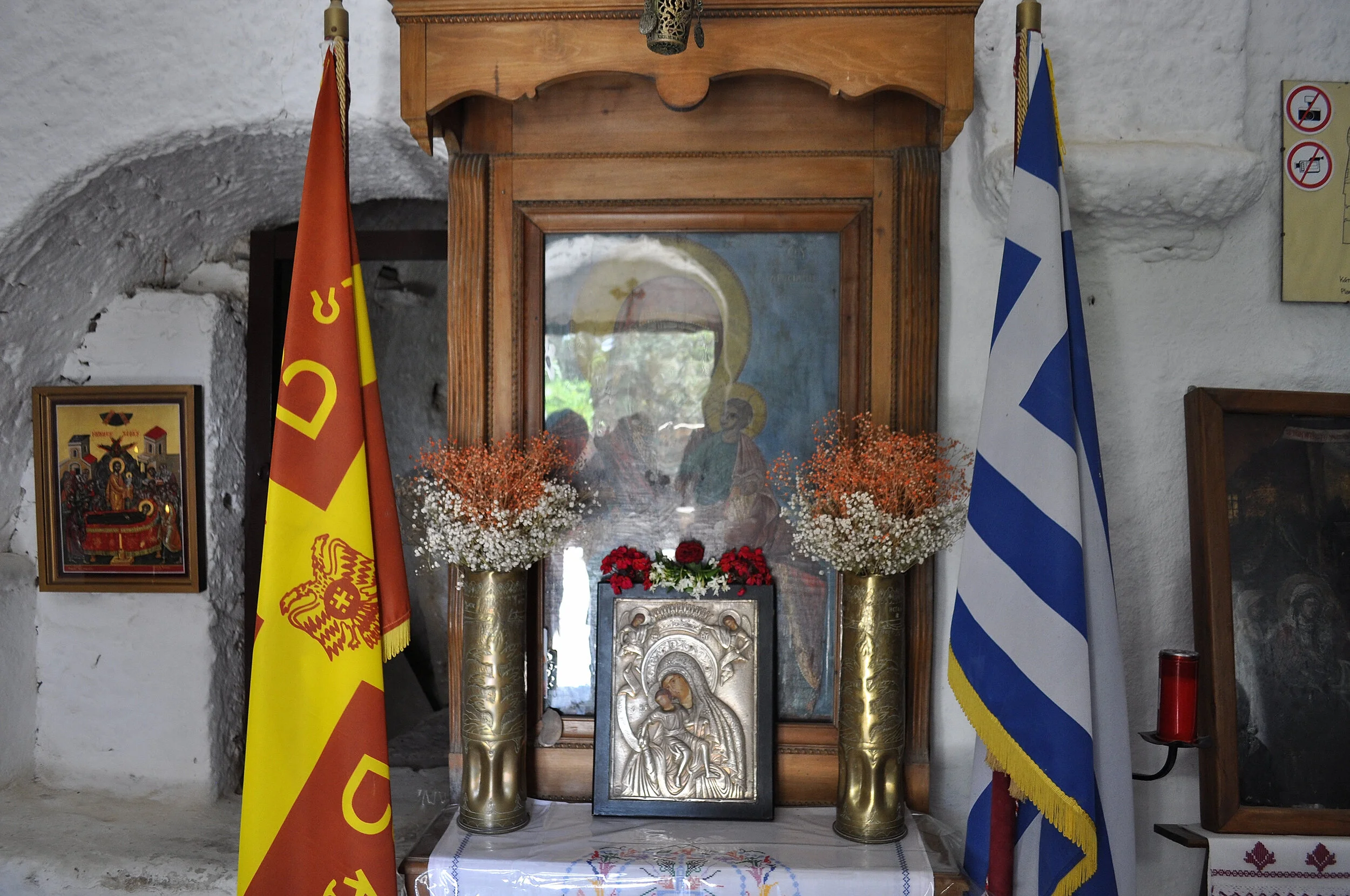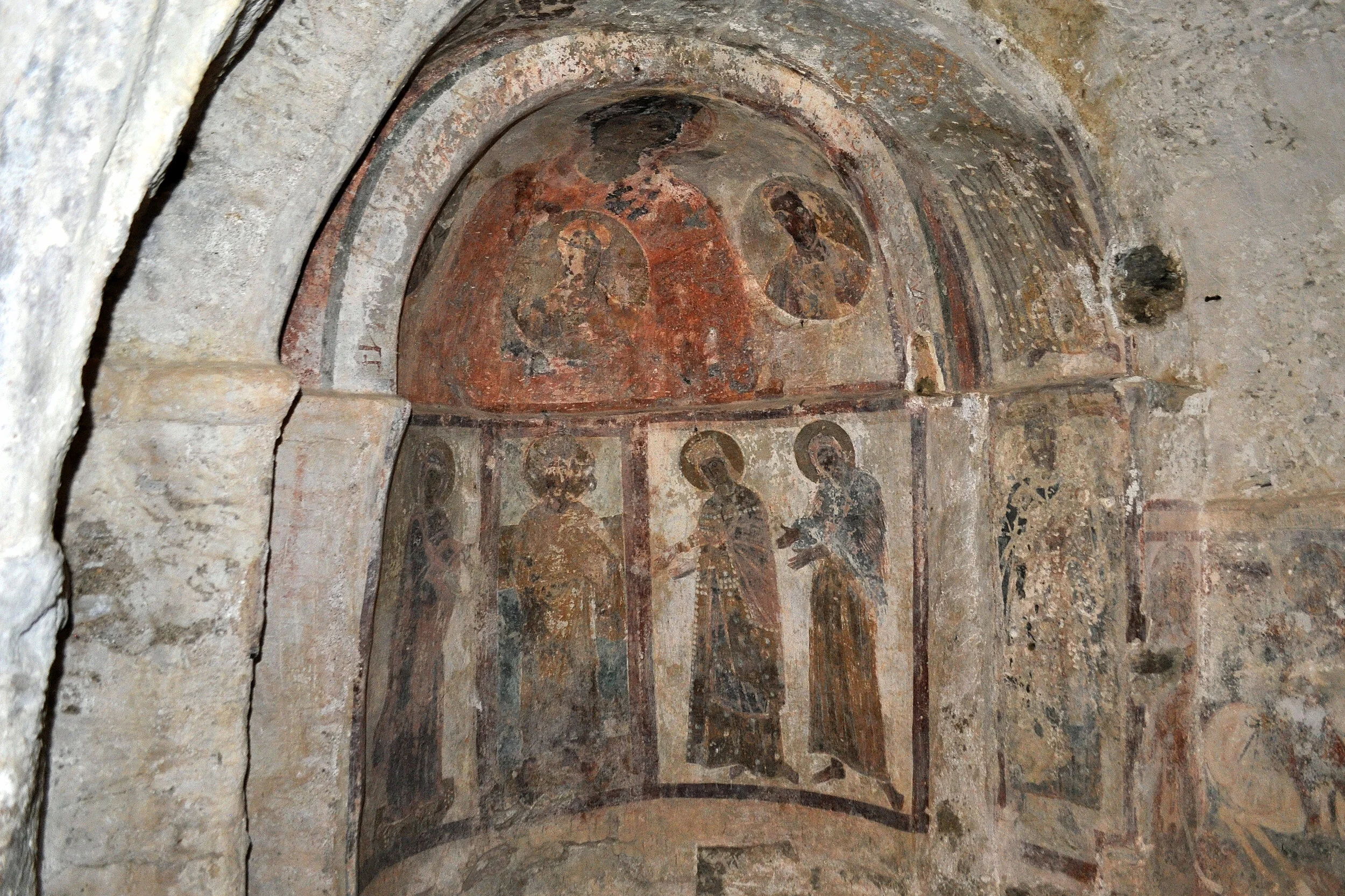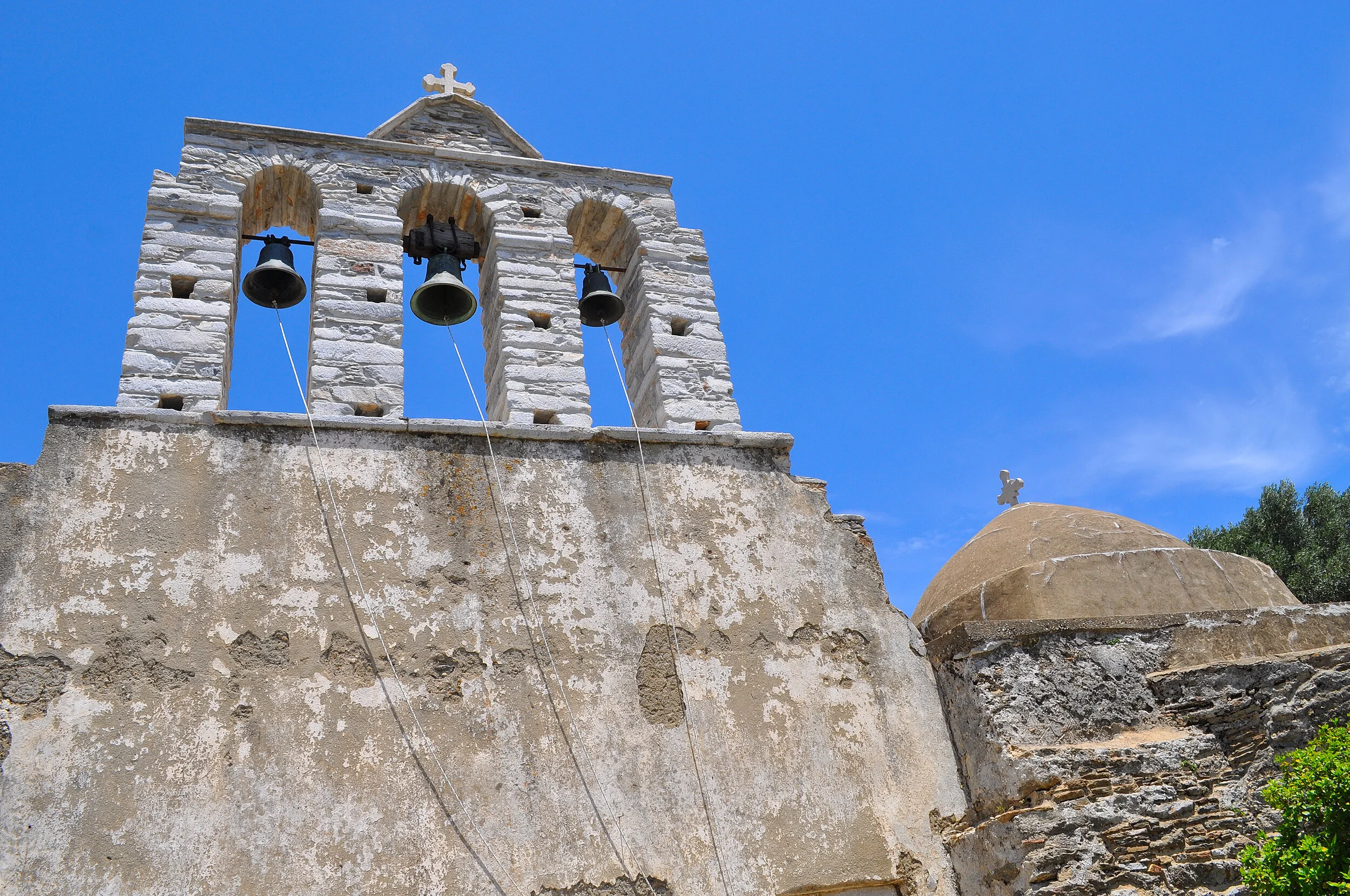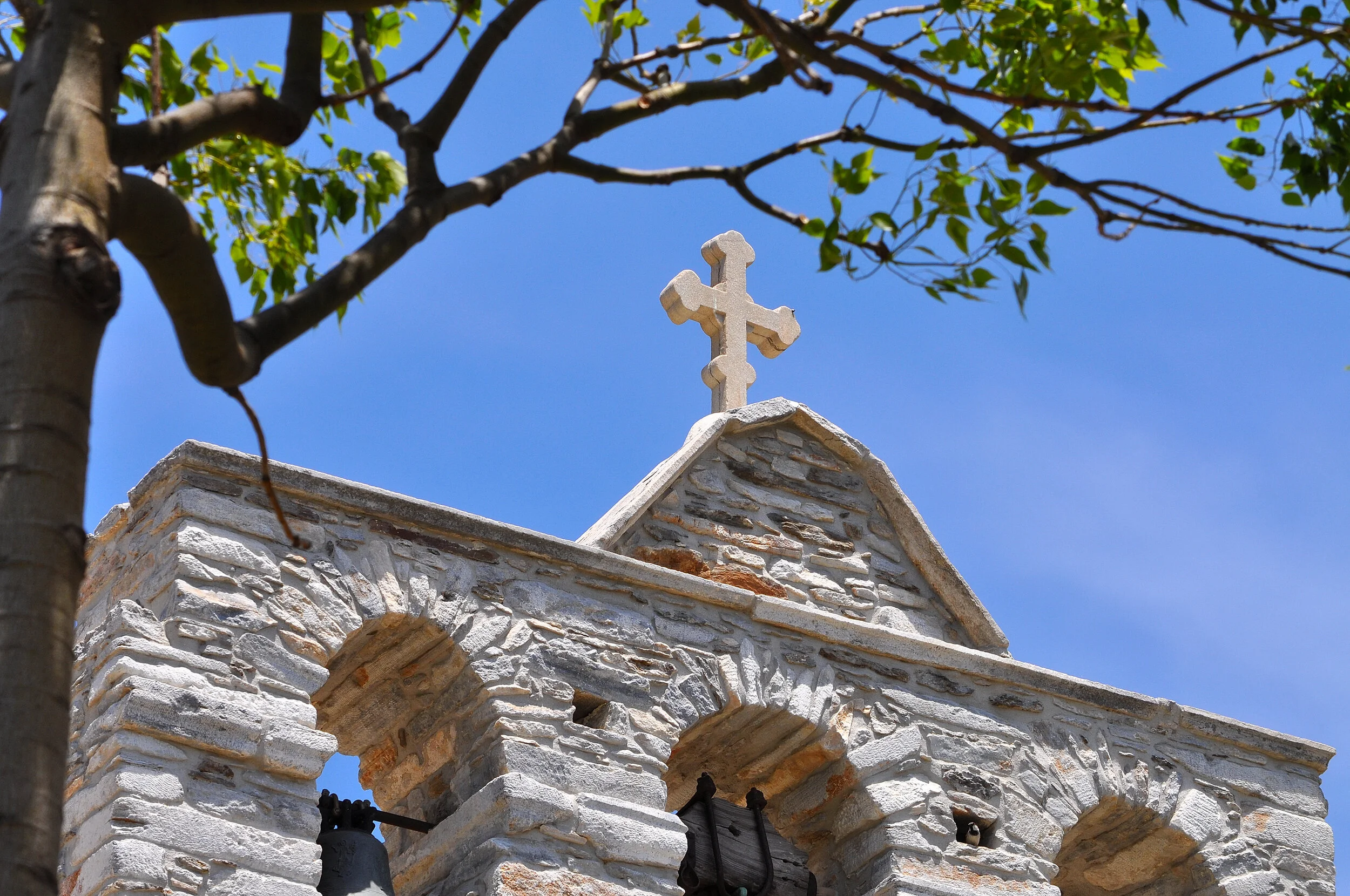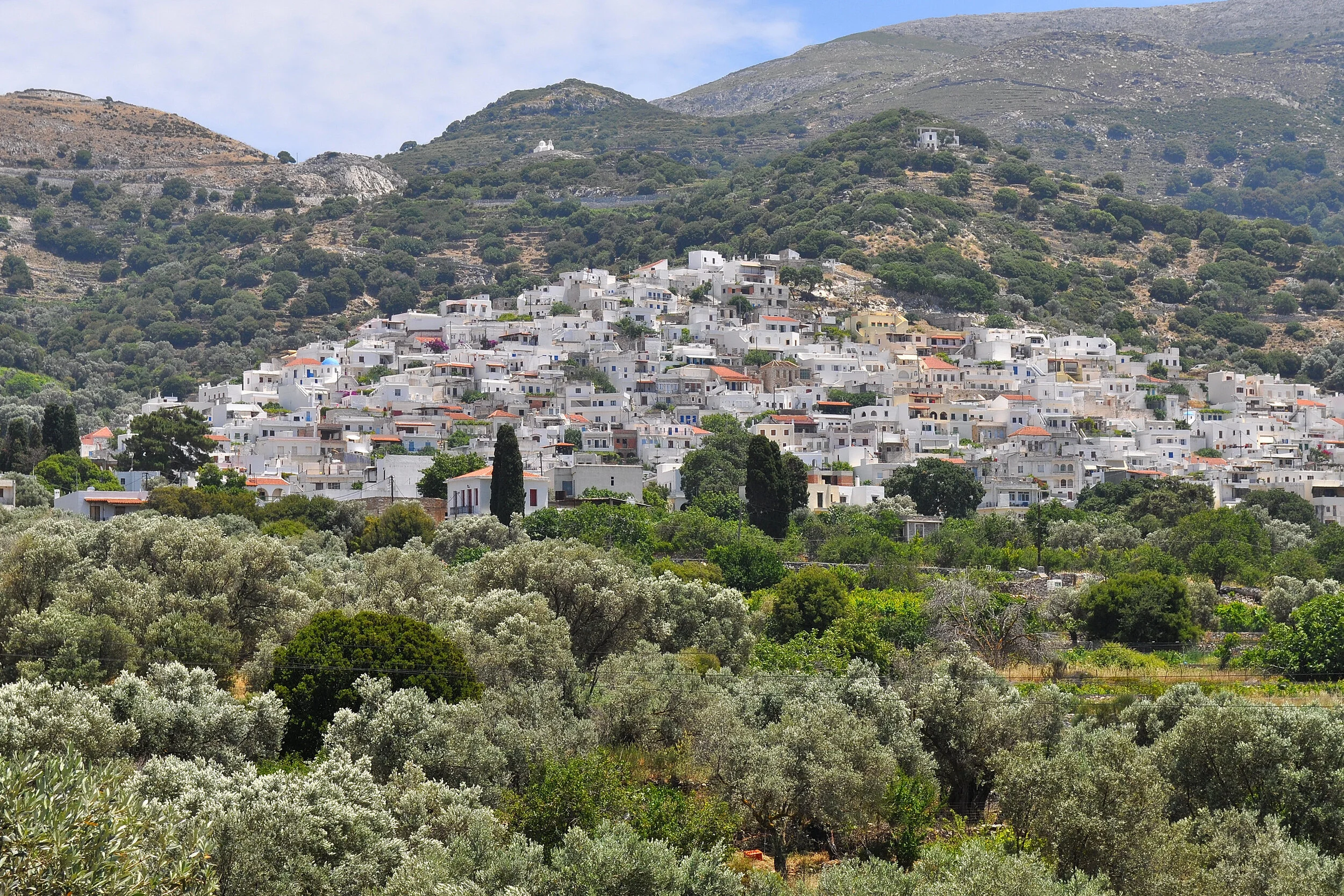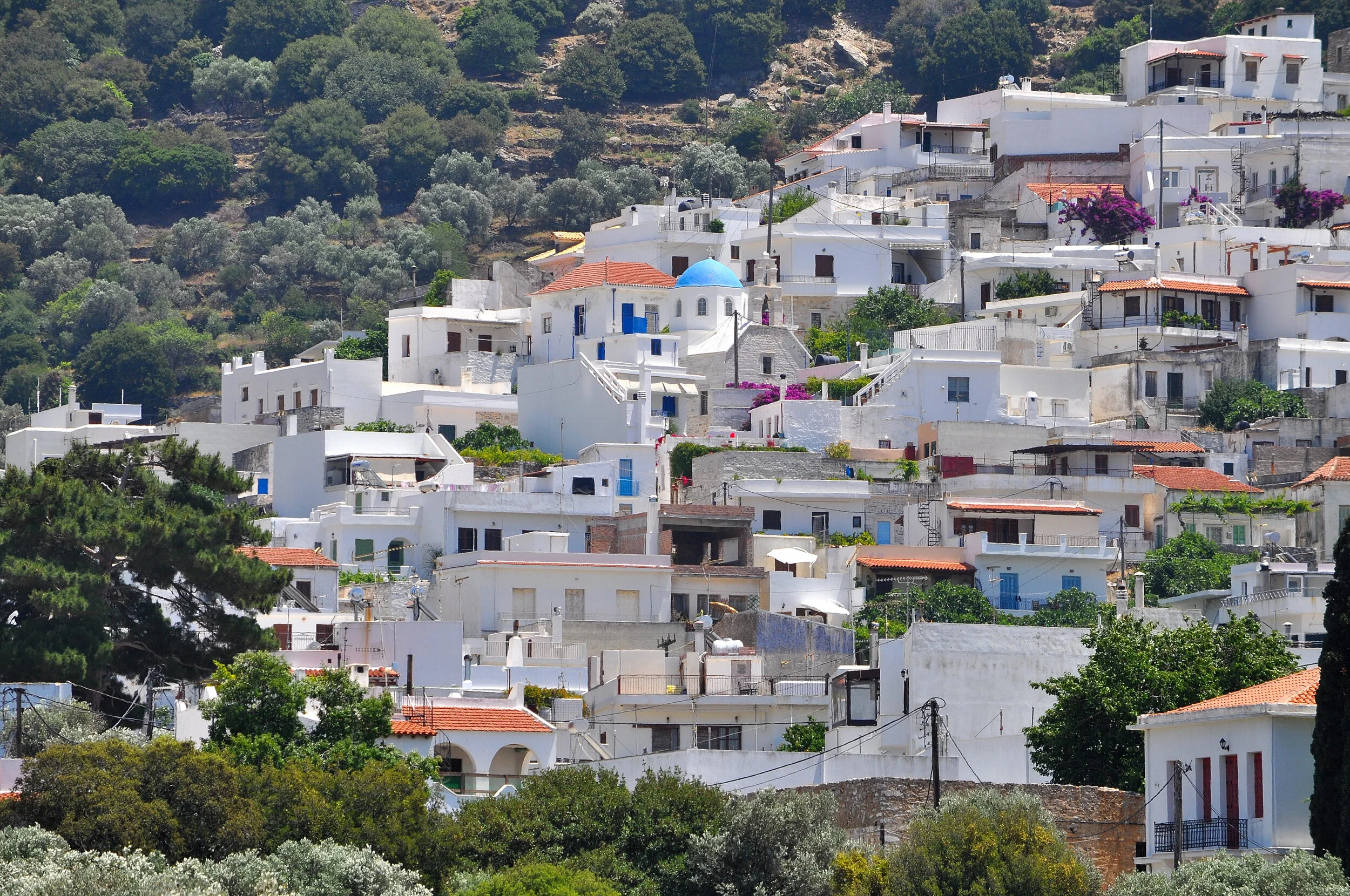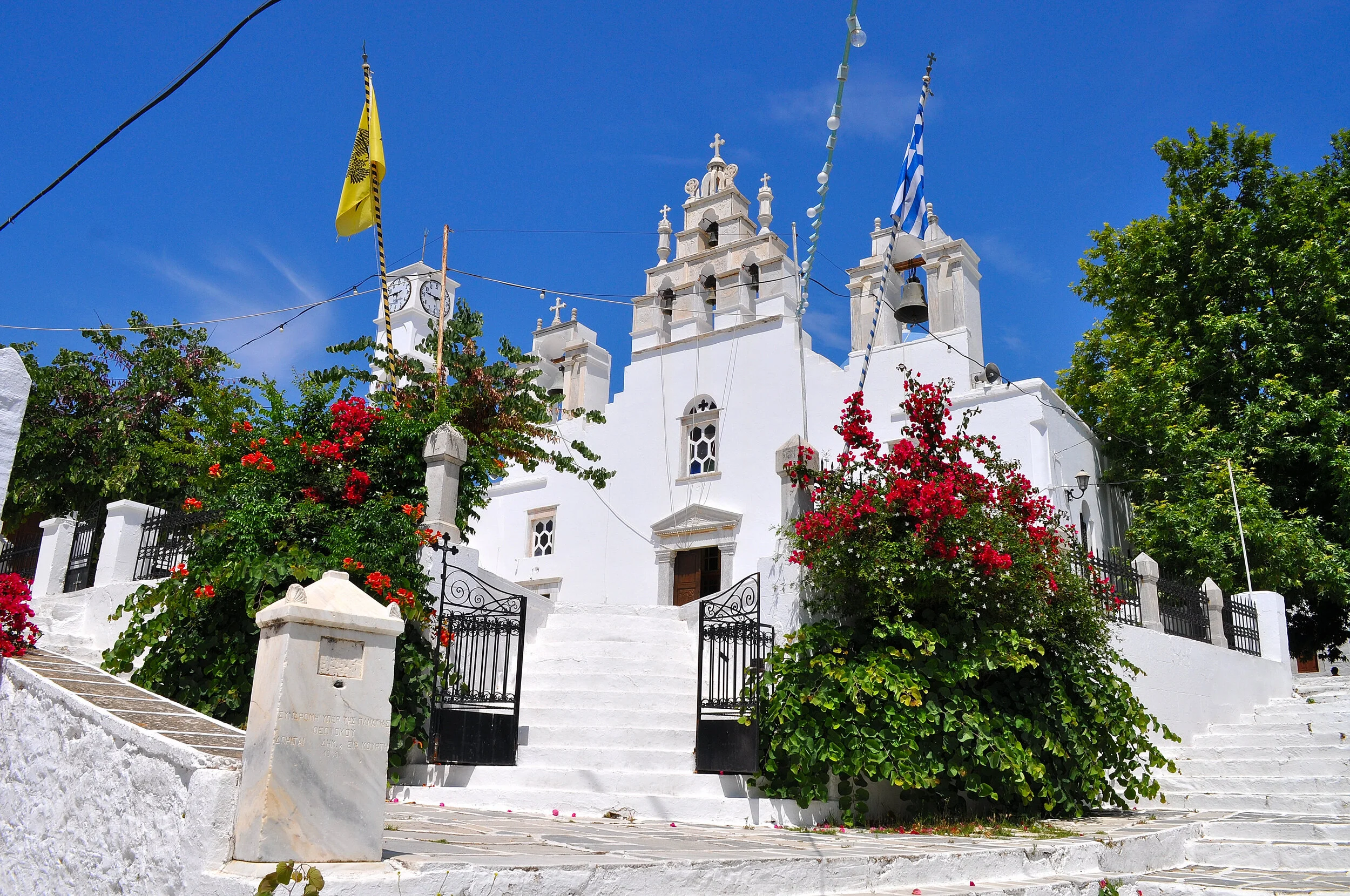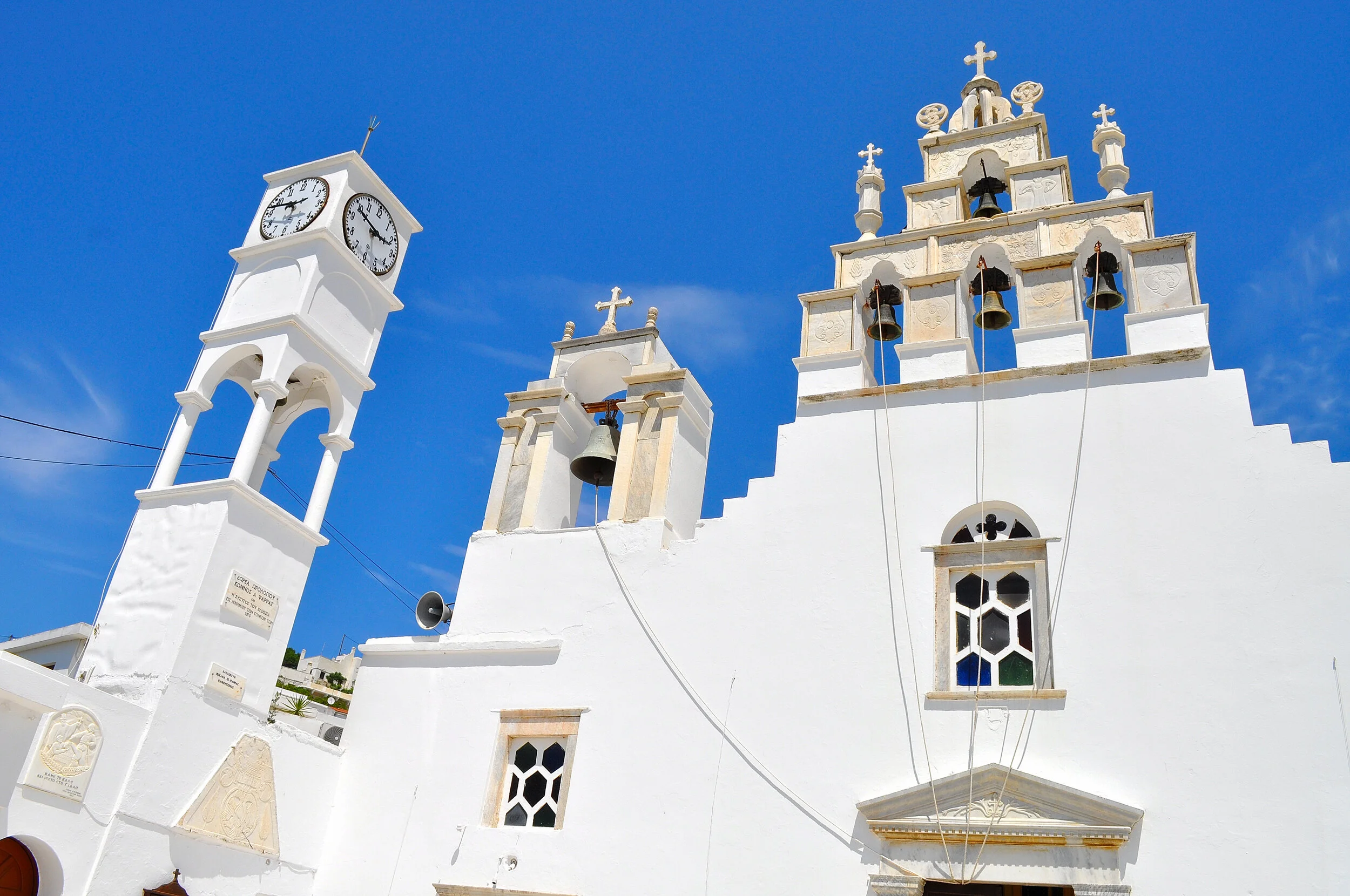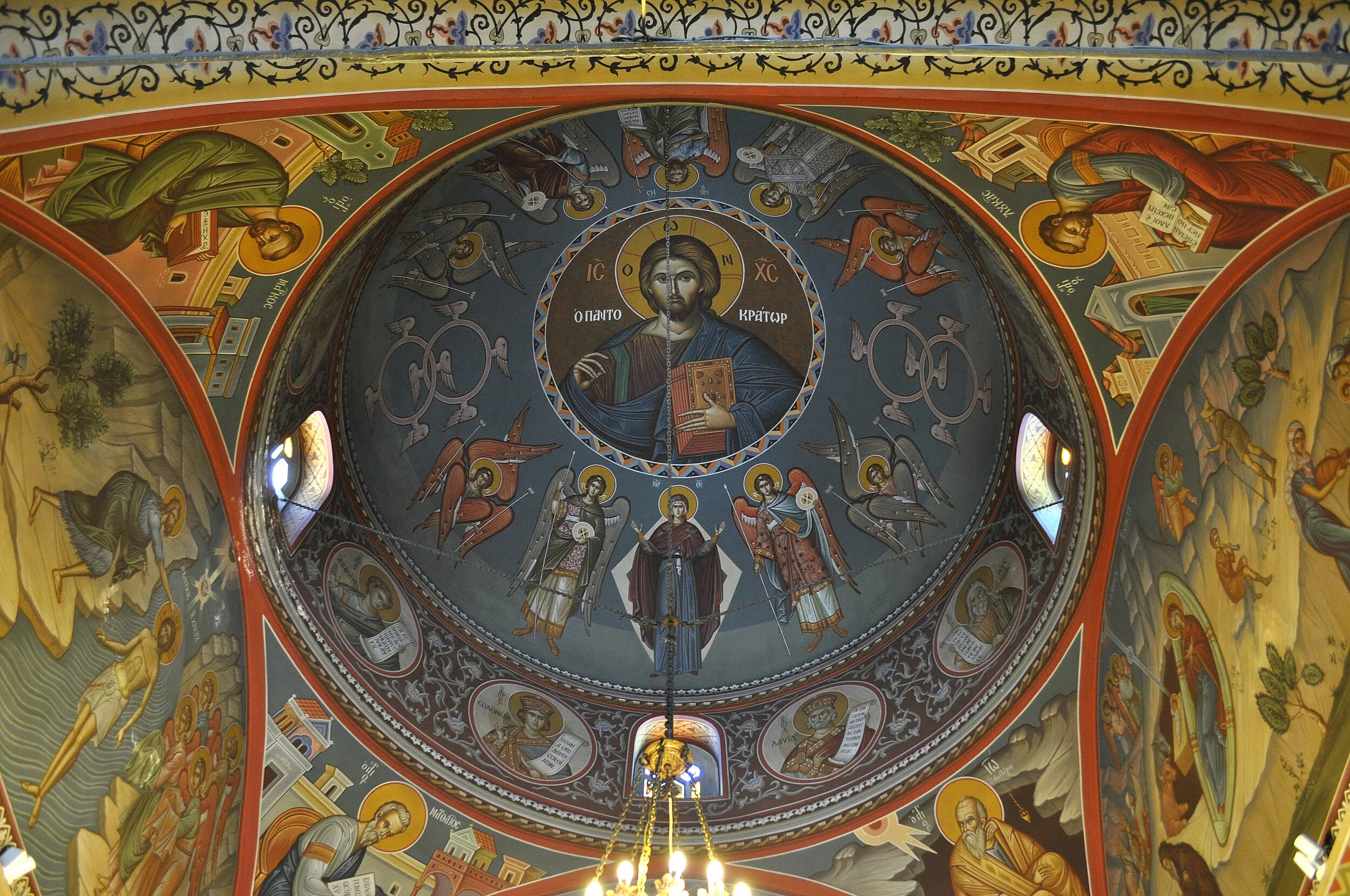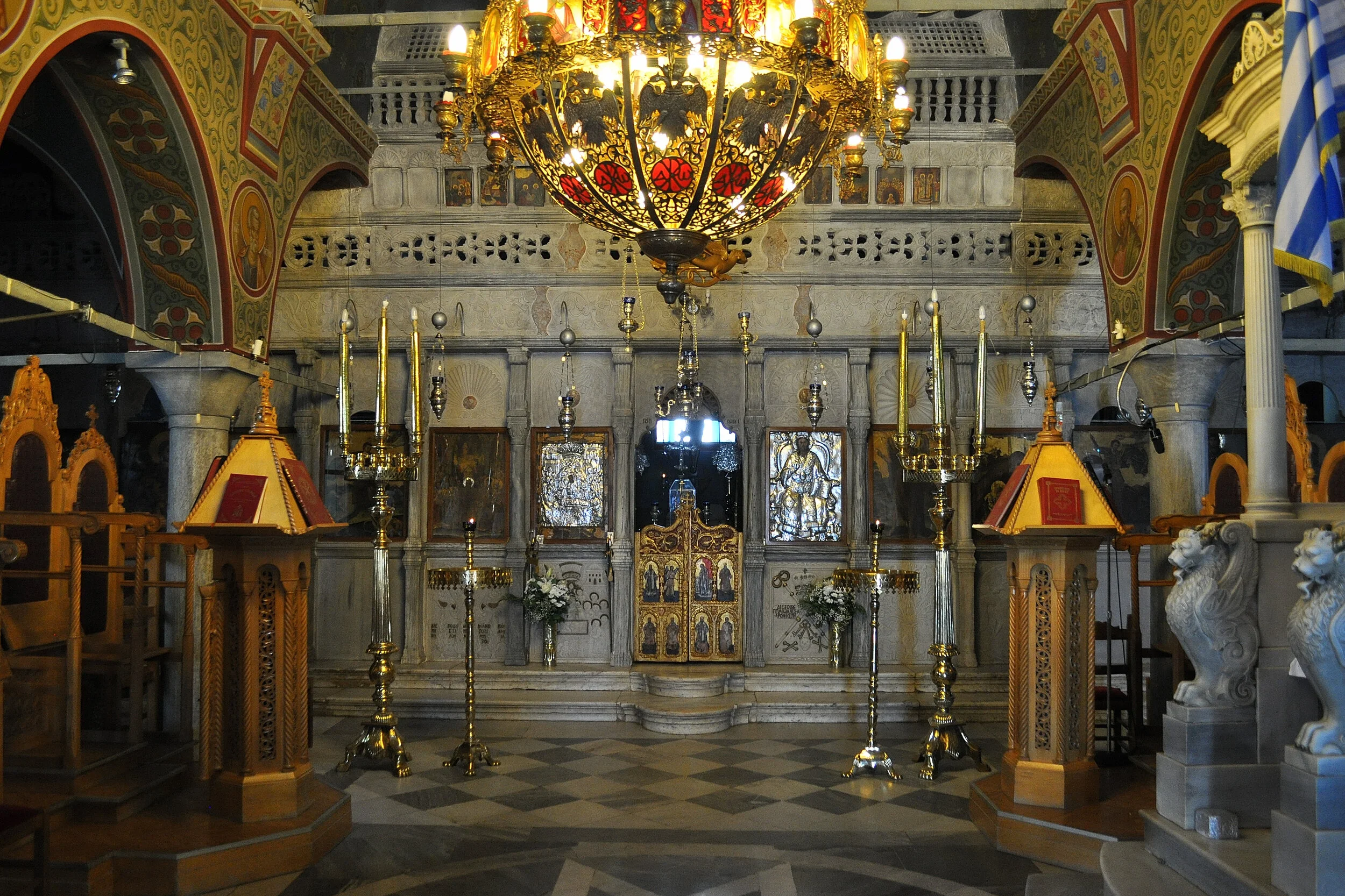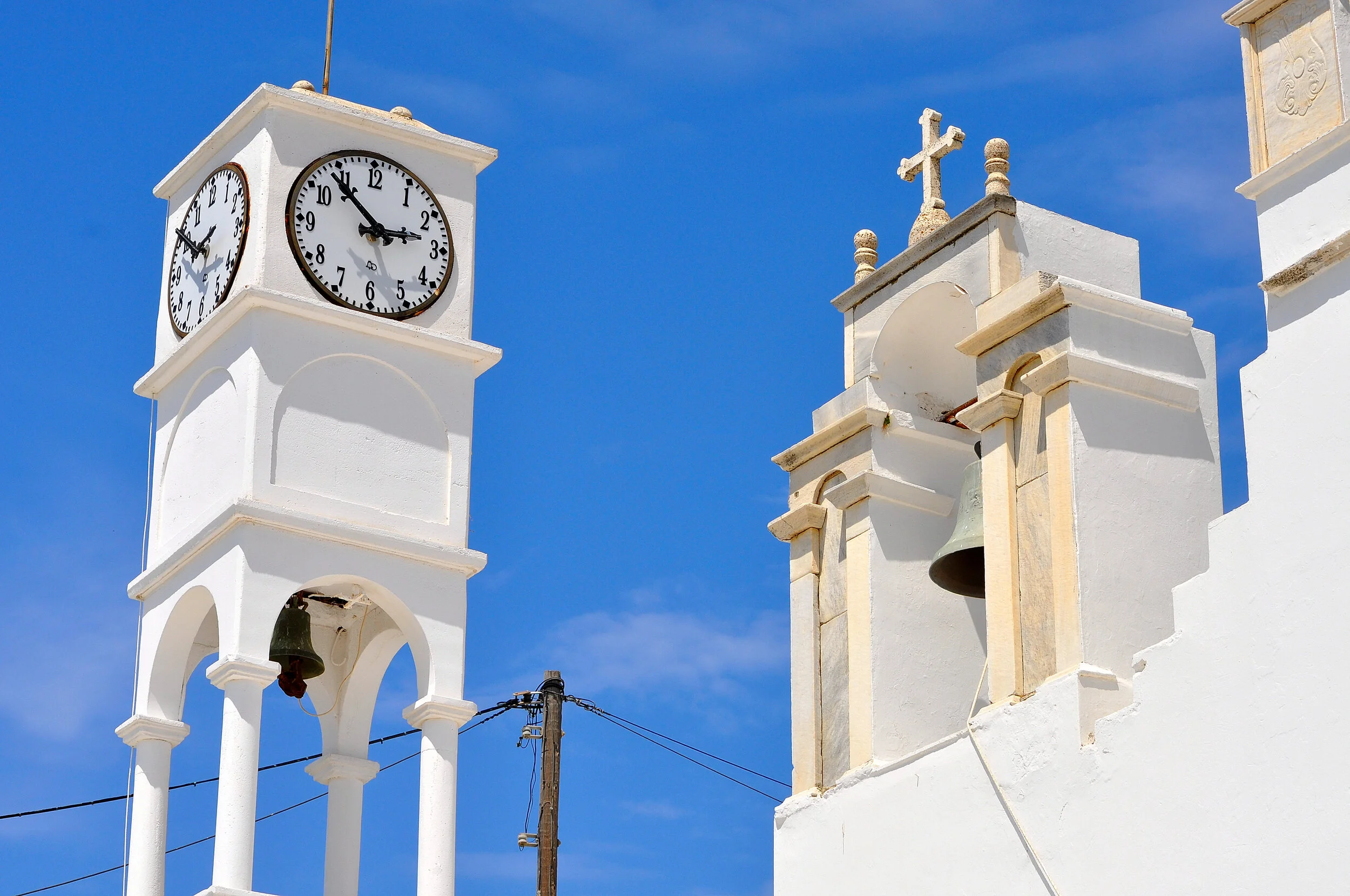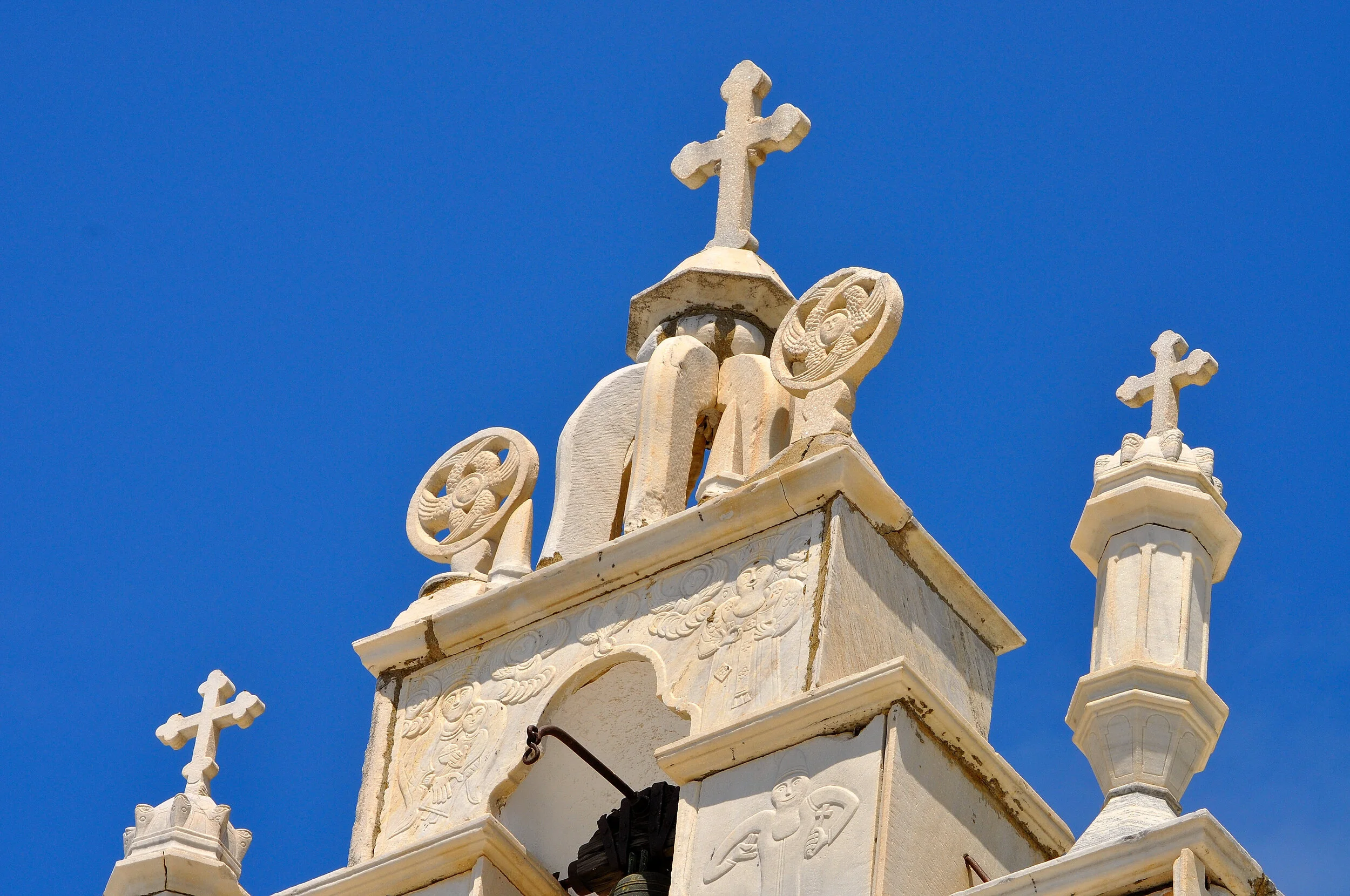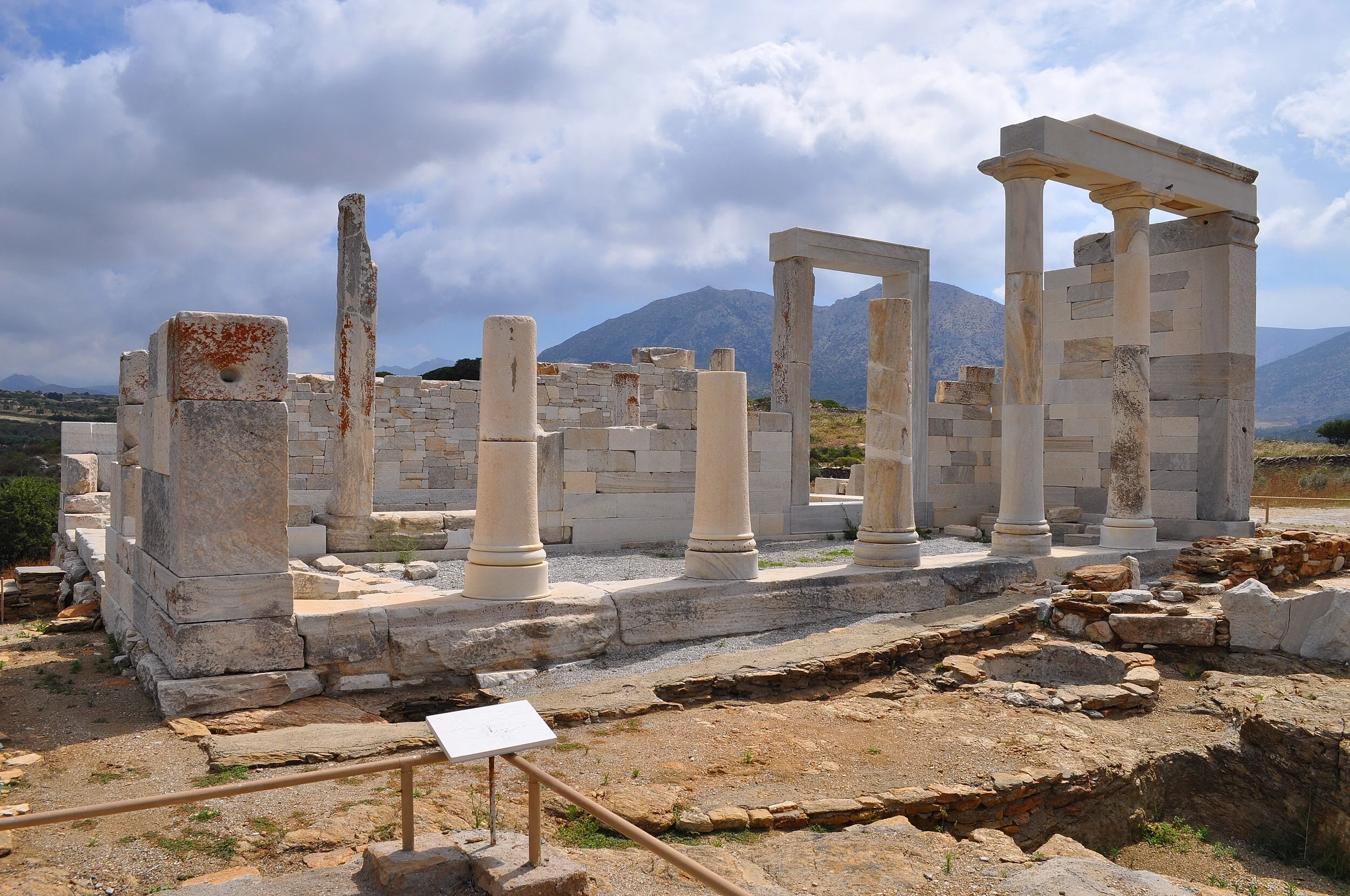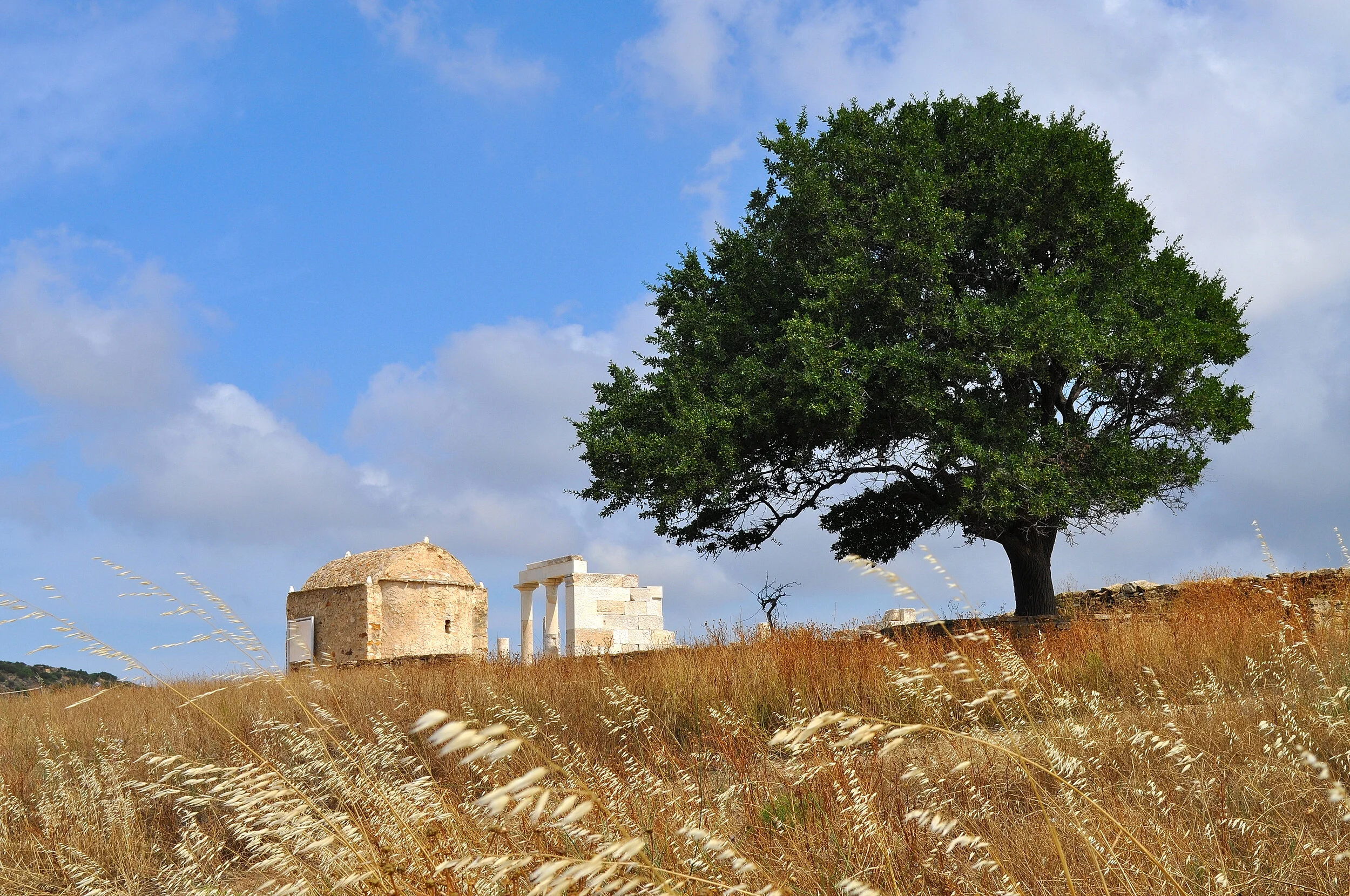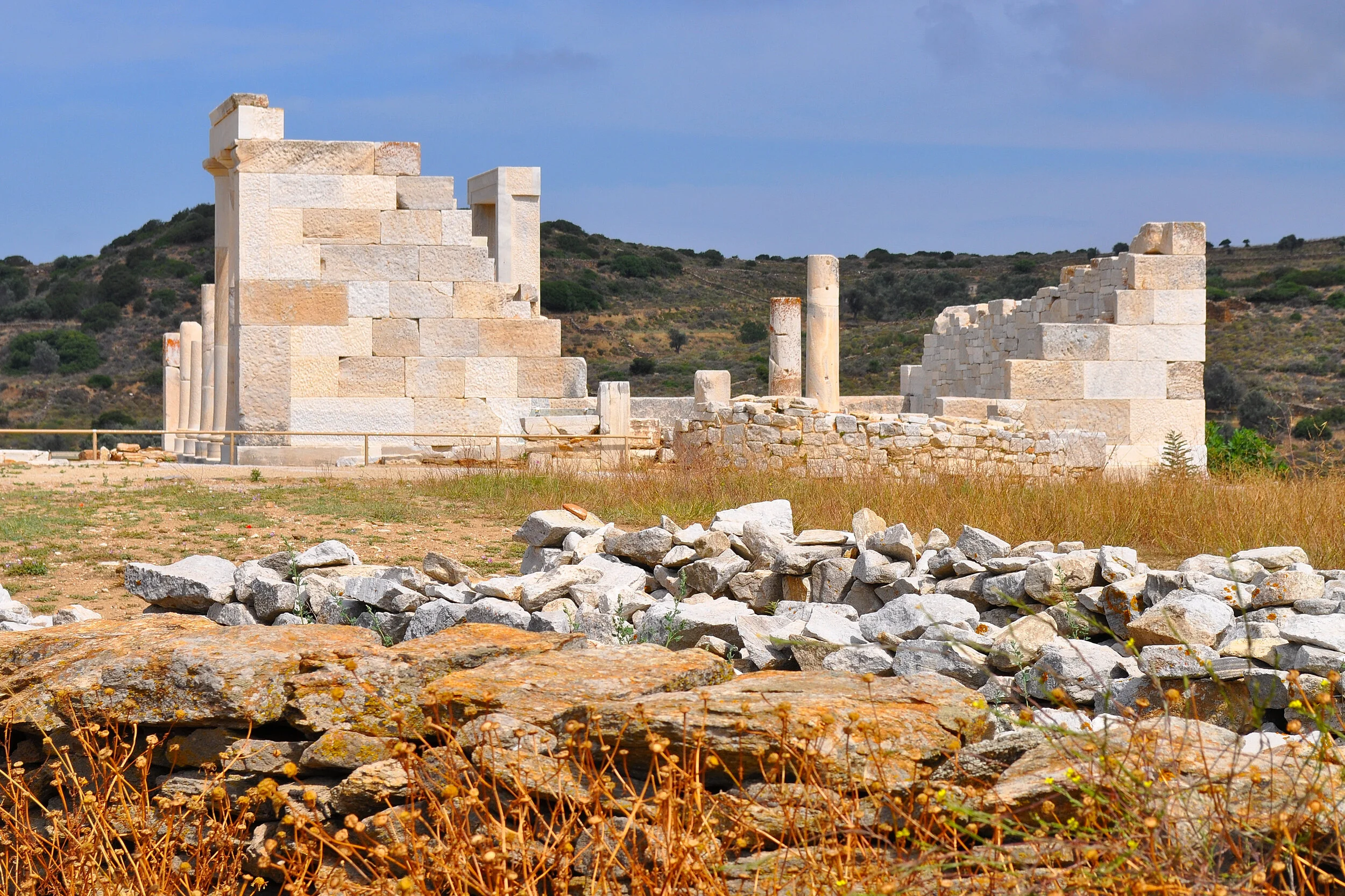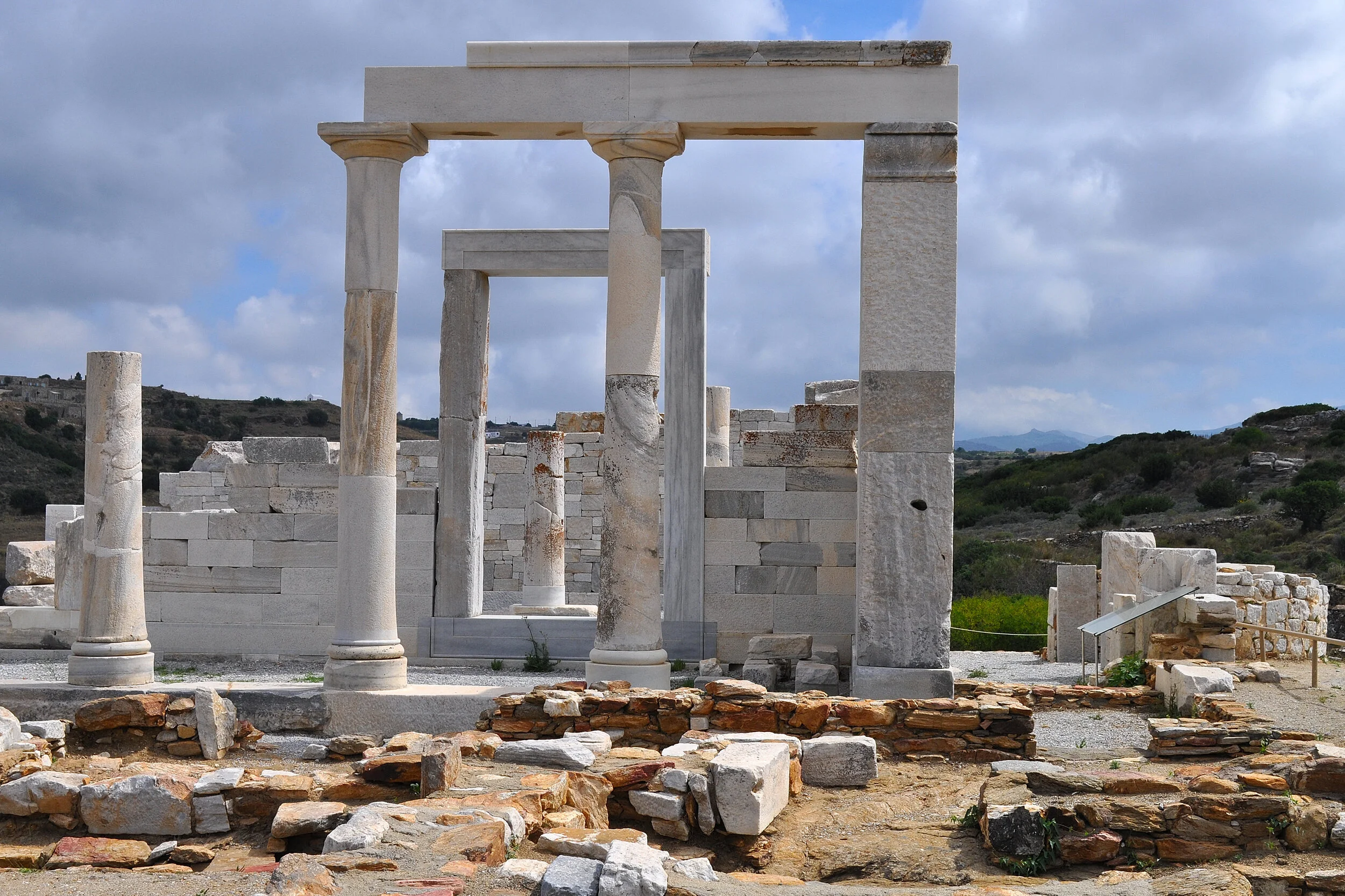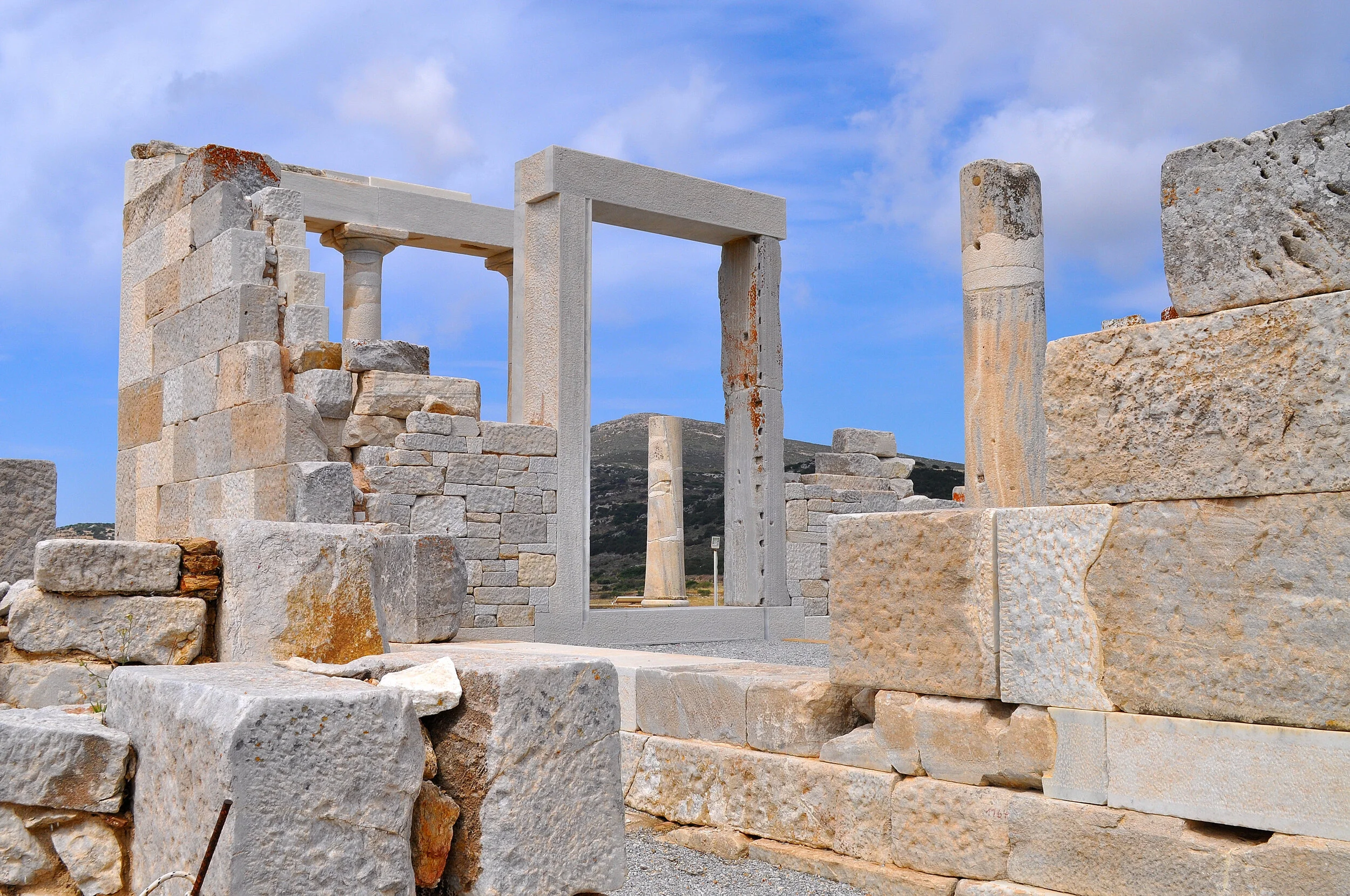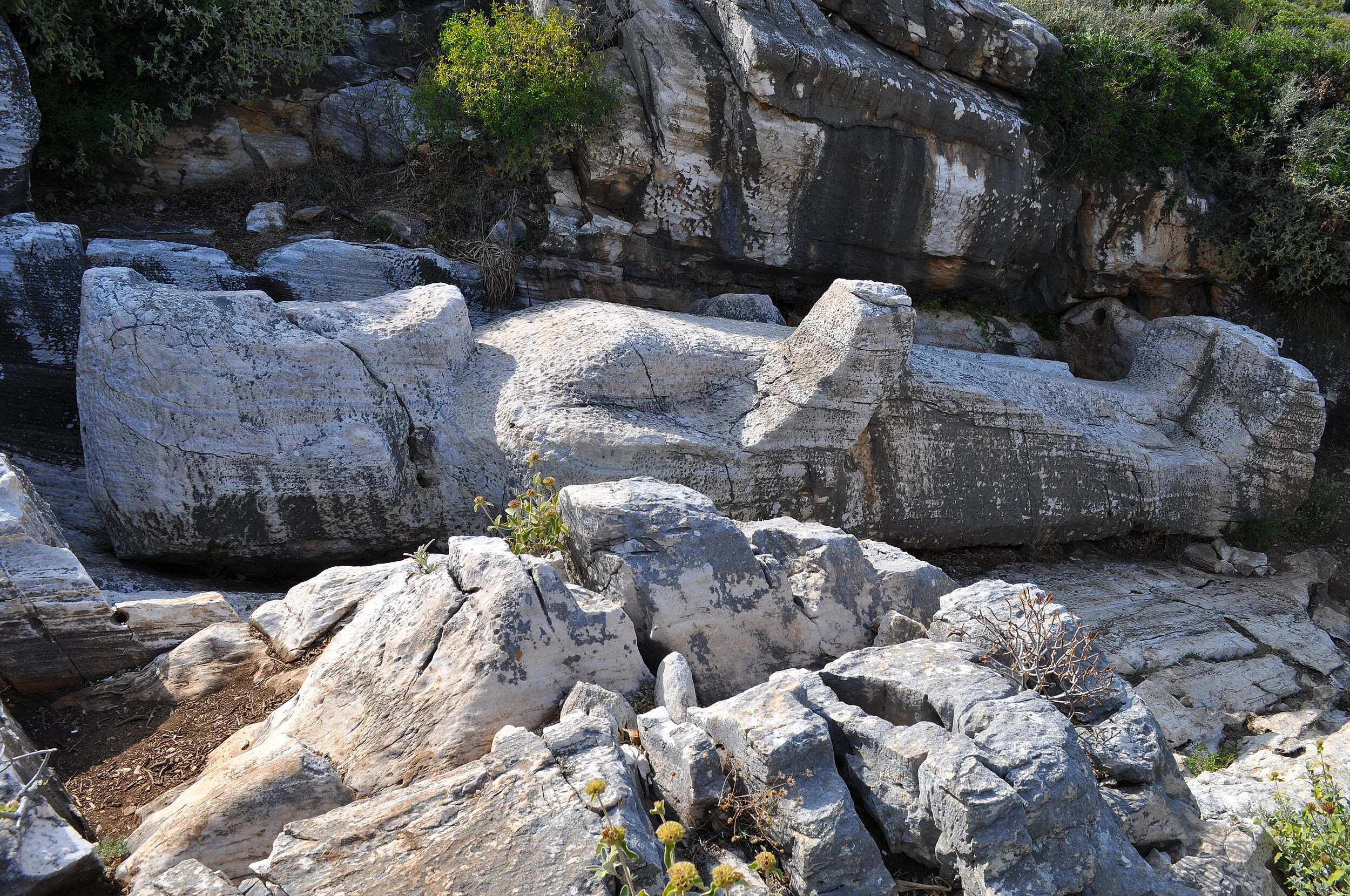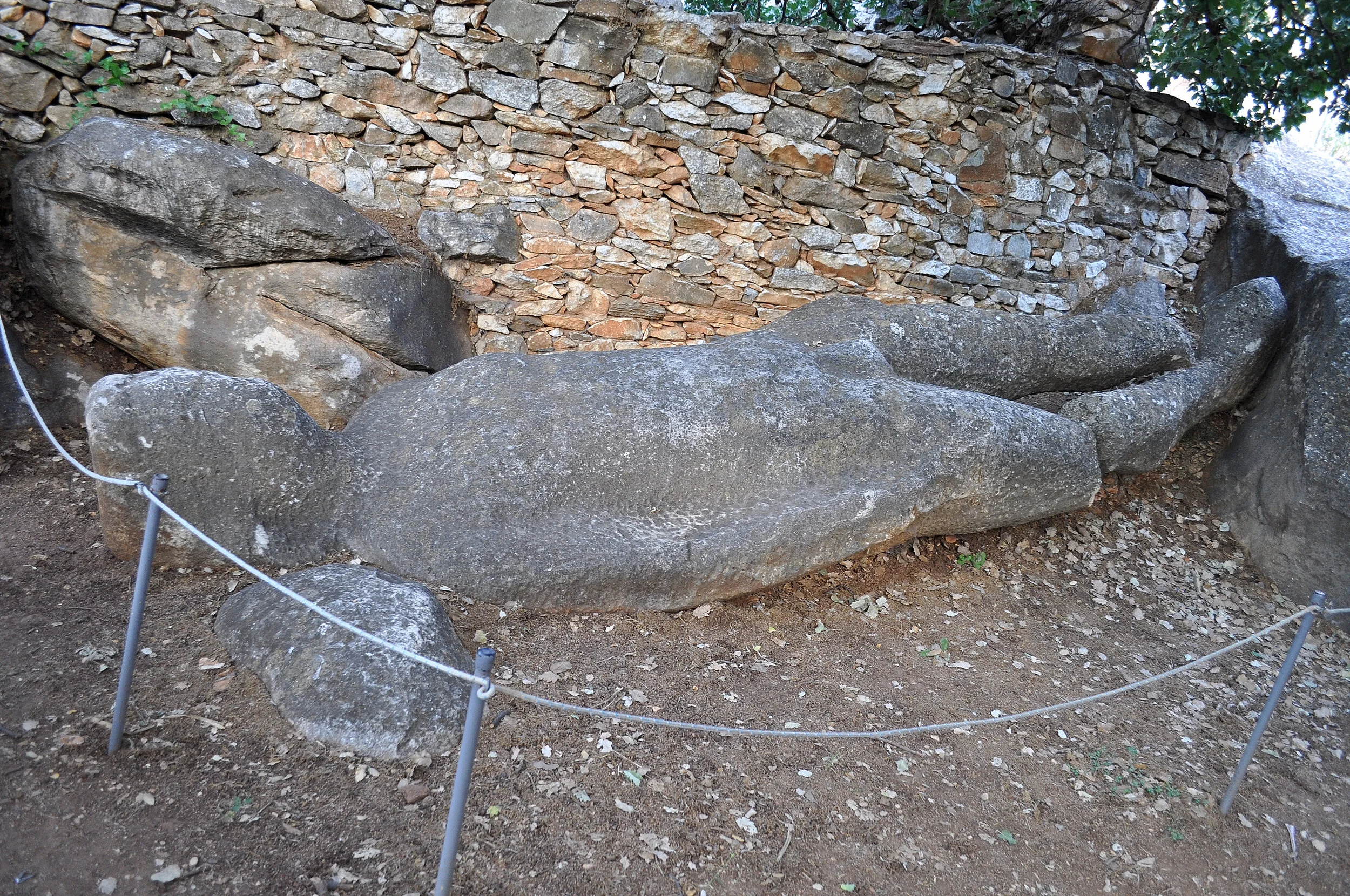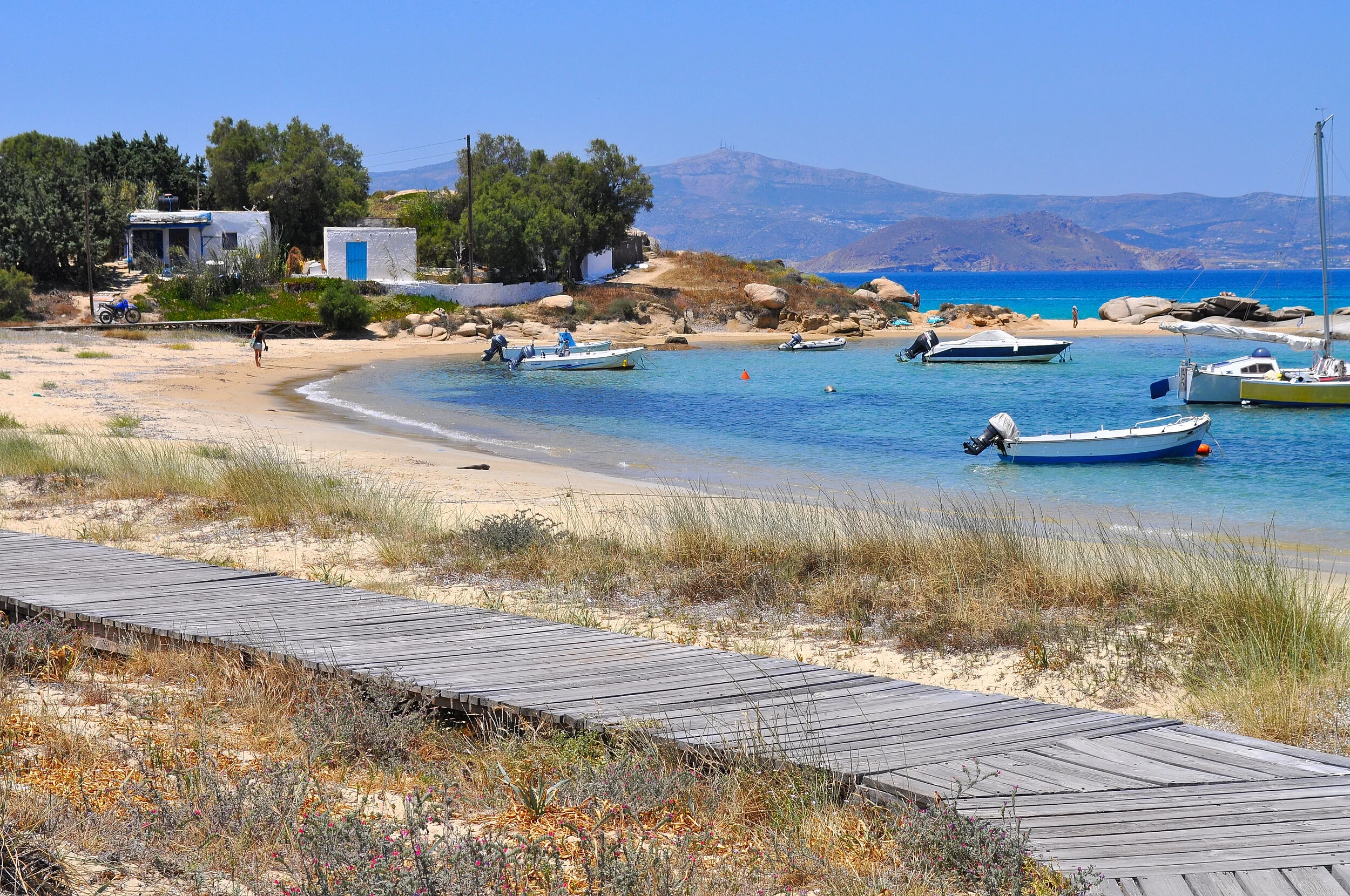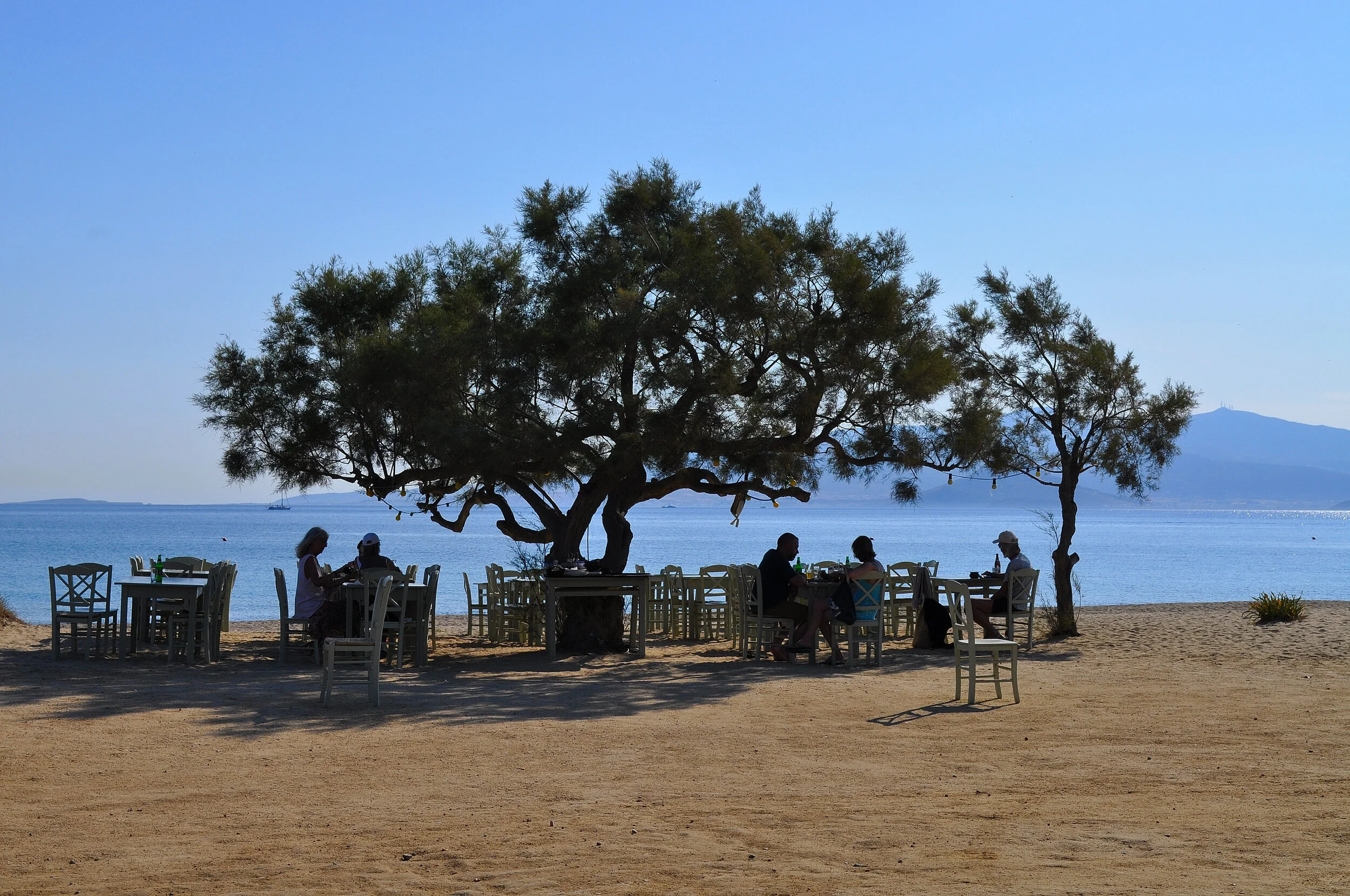Naxos
Piero: let’s completely change course and type of trip!
Angela: what are you thinking about?
Piero: no vans this time and transport only when strictly necessary; instead, we’ll pack swimsuits, shorts, t-shirts, flip-flops, and sneakers. nothing else!
Angela: I think I got it: lots of sea and some small excursions to enchanting places.
Piero: exactly; I’m thinking about my great passion: Greece and its islands!
Angela: it’s a passion that started many years ago and I know well you’d go back every time you have the chance; I even think you could live on one of those islands: I already see you, always dressed for the sea, with your inevitable backpack containing only your gear. which one did you have in mind in particular?
Piero: I thought about Naxos!
Angela: this is not the first island we visited and perhaps not even the most beautiful; probably it is also the least traveled by tourist routes. But this does not make it any less fascinating.
Piero: first of all, there is no airport in Naxos: to get there you need to reach Mykonos and then take a ferry from there for a journey of just under an hour. This probably makes it less accessible and less frequented by mass tourism. hotels and villages are never very large so you never get the feeling of the crowds typical of other well-known seaside resorts.
Angela: the trip is not very comfortable also because flight schedules are not particularly convenient: but we are not discouraged; for us and for the kids it’s an early start, but never mind, it will be worth it…
Piero: just under three hours of flight and we reach Mykonos; a forced stop of a couple of hours waiting for the ferry. Not too bad here either though: the port is just a stone’s throw from the center and so you can take advantage for a walk in the beautiful town. maybe you’ll want to come back again…
Angela: arriving by ship in Naxos, you immediately perceive the nature of this island: a beautiful sea and many remains of the past. The welcome from Chora, with the splendid Portara and its beautiful white houses contrasting with the blue of the sea, is really fascinating!
Discovering the island of Ariadne and Dionysus
Piero: Naxos is the largest island in the Cyclades archipelago, located in the Aegean Sea. It lies opposite Paros, separated by a channel of only 5 kilometers, and between Amorgos and Mykonos. Its largest town is Chora, which, with its 12,000 inhabitants, is more like a small town. The most important villages are Filoti, Apiranthos, Tragea, Koronos, Sangri, and Apollonas. It is also the most fertile island in the Cyclades, so much so that it once supplied oil, fruit, and vegetables to coastal cities and the populations of the smaller islands. According to myth, Dionysus brought the first vine branch to this island. The most important myth related to Dionysus is the one that makes Naxos the island of Ariadne: Ariadne was supposedly abandoned by Theseus on the island after helping him kill the Minotaur; however, the Greek god, having arrived on the island and fallen in love with Ariadne, threatened Theseus in a dream and forced him to leave her asleep on the island. Dionysus then kidnapped Ariadne and took her to Mount Olympus to marry her. The island was first inhabited by the Thracians and reached its peak between the 7th and 6th centuries BC, becoming the heart of Cycladic civilization. During this period, the Naxians took over the administration of the Sanctuary of Delos and built the lions to guard it (we will talk about this when we explore Mykonos). Venetians, Byzantines, and Turks later succeeded each other in the history of Naxos until the War of Independence in 1821, when it was annexed to the Greek kingdom; all of them left many cultural and architectural traces.
The beaches of Naxos
Angela: for sea lovers, Naxos is the perfect destination. The island’s beaches are all wonderful—wide, long, with fine sand and shallow seabeds that make them suitable for families with children.
Piero: we decided to base ourselves in a village near Mikri Vigla, about twenty kilometers south of Chora.
Angela: still on the west coast, from north to south, there are the beautiful beaches of Agios Prokopios and Agios Anna (by the way: agios means saint), both perfect for families; then you reach Plaka, huge, where you can walk for hours along the shoreline. Less suitable for families is definitely Aliko, not so much on the main beach but because of the wilder parts of its many small bays. Chora itself has its own city beach: Agios Georgios. Much less crowded because it is wilder and harder to reach is the eastern part of the island. One of the most beautiful beaches on this side is definitely Panormos.
Chora and its Portara
Piero: but Naxos is not just beaches: there are some important archaeological sites that testify to its ancient splendor, there are a series of traditional villages and hamlets that are the true soul of the island, and then there is the capital, Chora.
Angela: and it is precisely from the latter that we start our story. As mentioned, it is a small town easily explored on foot, but large enough to have many things to discover in one day.
Piero: Chora is divided into four neighborhoods. The most important are Kastro, the fortified citadel of Roman origin perched on the hill, where the Venetians lived during the island’s domination; Bourgos, the area outside the Kastro walls where the Greek population lived; then there is Grotta, the neighborhood on the northern side where numerous archaeological finds are emerging thanks to excavations; and finally the port district, with the seafront.
Angela: the starting point is right the seafront, paralia to the locals, just in front of the port, bustling with restaurants, cafés, and shops. At the end of the seafront stands the symbol of Naxos, the Portara, the unforgettable image of the entire island.
Piero: It is located on the islet of Palatia, easily reachable on foot, and it is the most important part of what remains of the temple dedicated to Apollo, which began construction in the 6th century BC but was left unfinished due to a war between Naxos and Samos. It was meant to be the massive entrance, the actual gate, of this large marble temple: the tyrant Ligdami, who started the work, wanted to build the largest temple in Greece; consider that the gate alone is six meters high and three meters wide! The history of this temple is shrouded in mystery: it is not mentioned in any classical work, there is no inscription, and even the dedication to the god Apollo is uncertain. Certainly, the gate faces Delos, the small island opposite Mykonos, where according to myth Apollo was born, but Naxos is the island of Dionysus...
Angela: reaching the highest point where the monument stands, you can enjoy an extraordinary panoramic view of the city of Chora, the classic postcard photo to take home! It is magnificent to visit and photograph it at sunset.
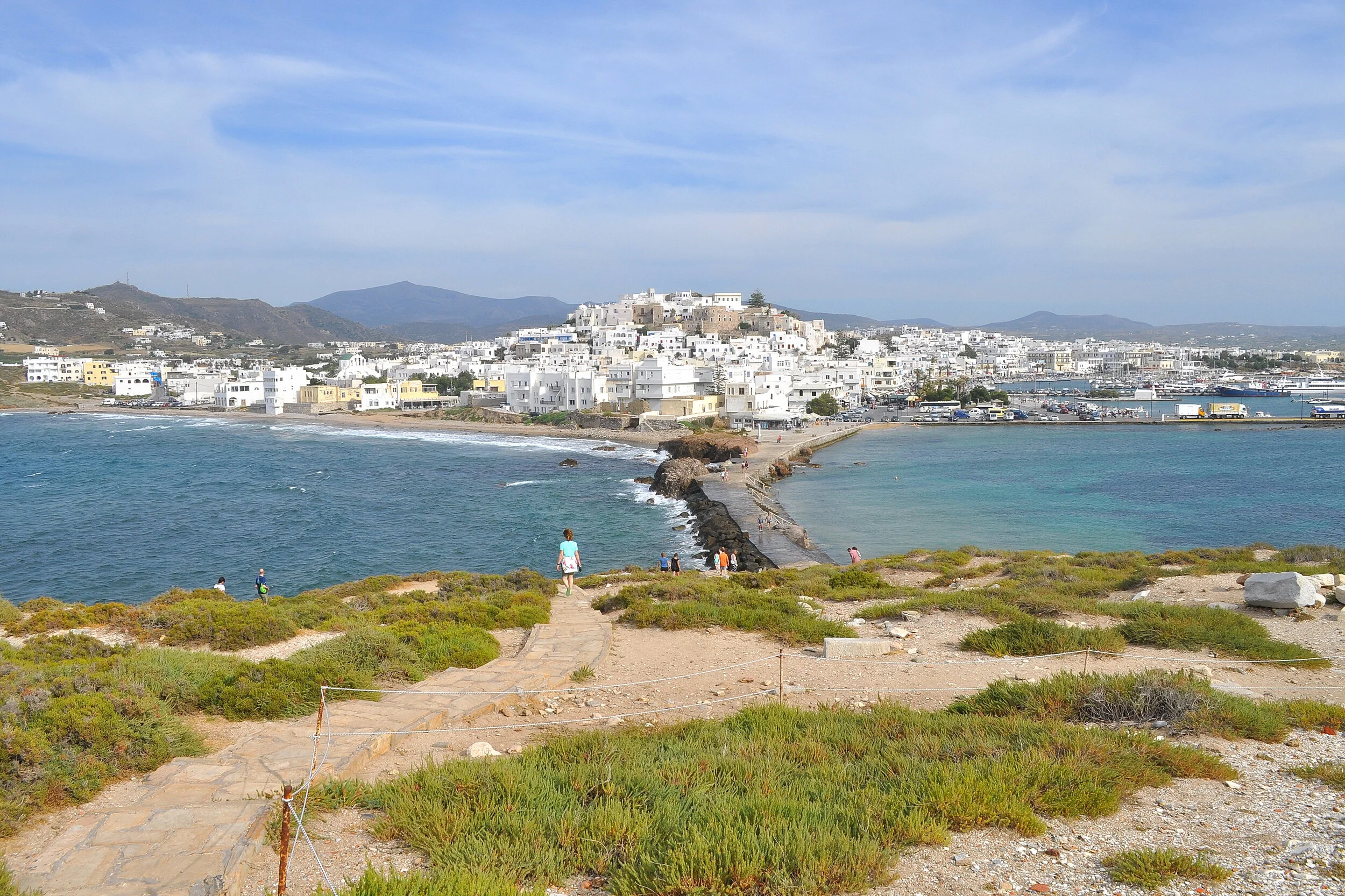
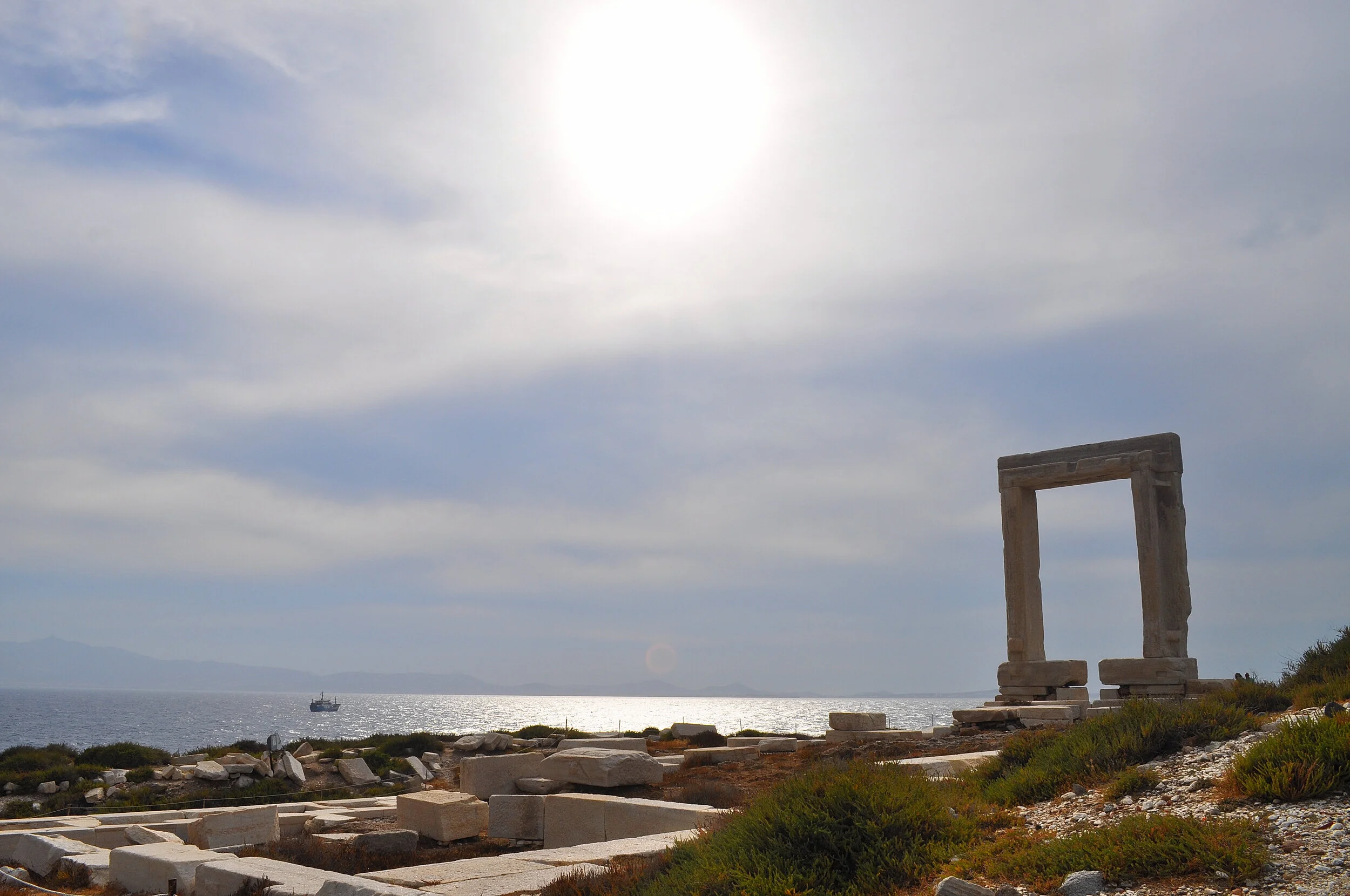
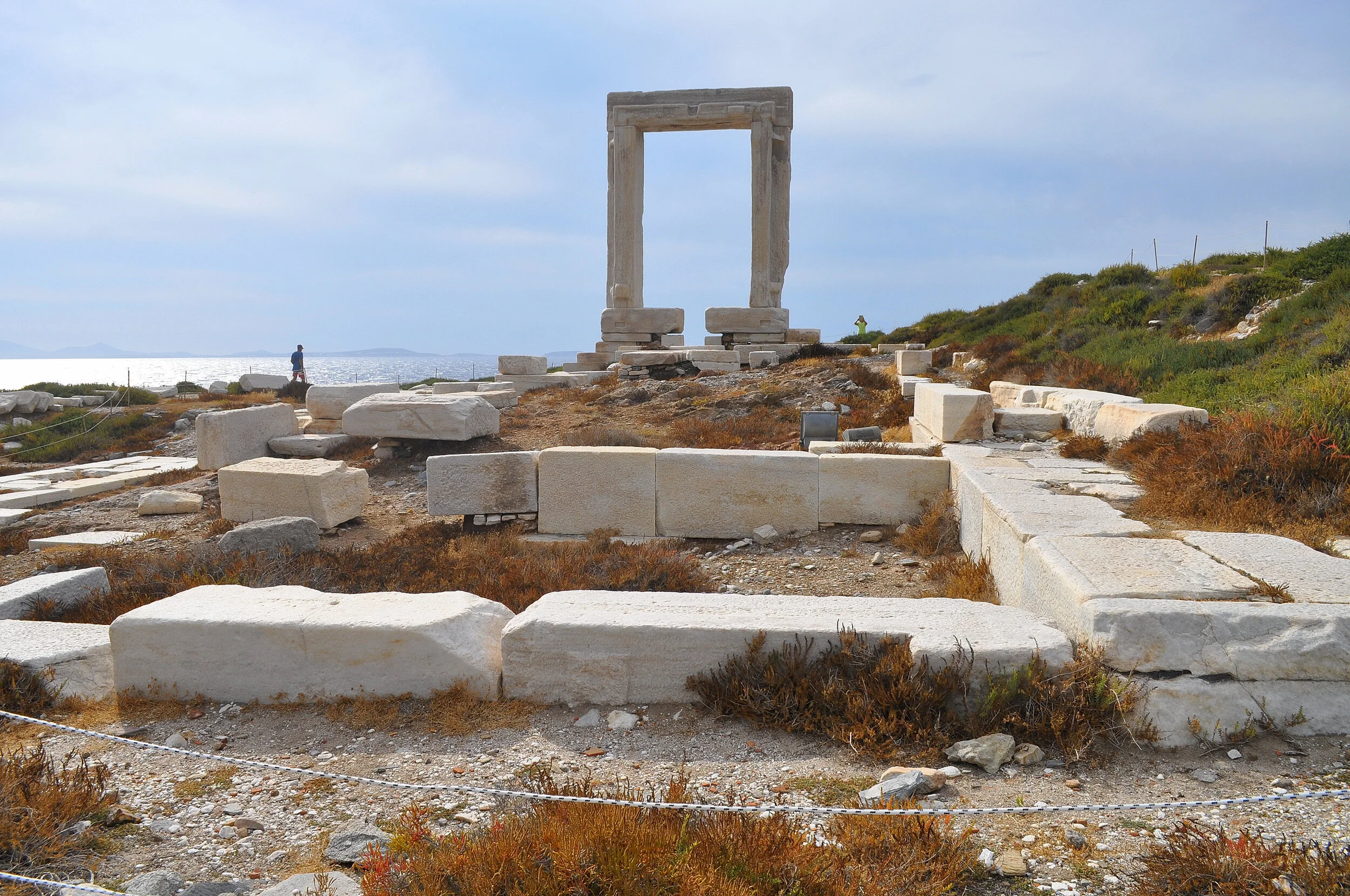
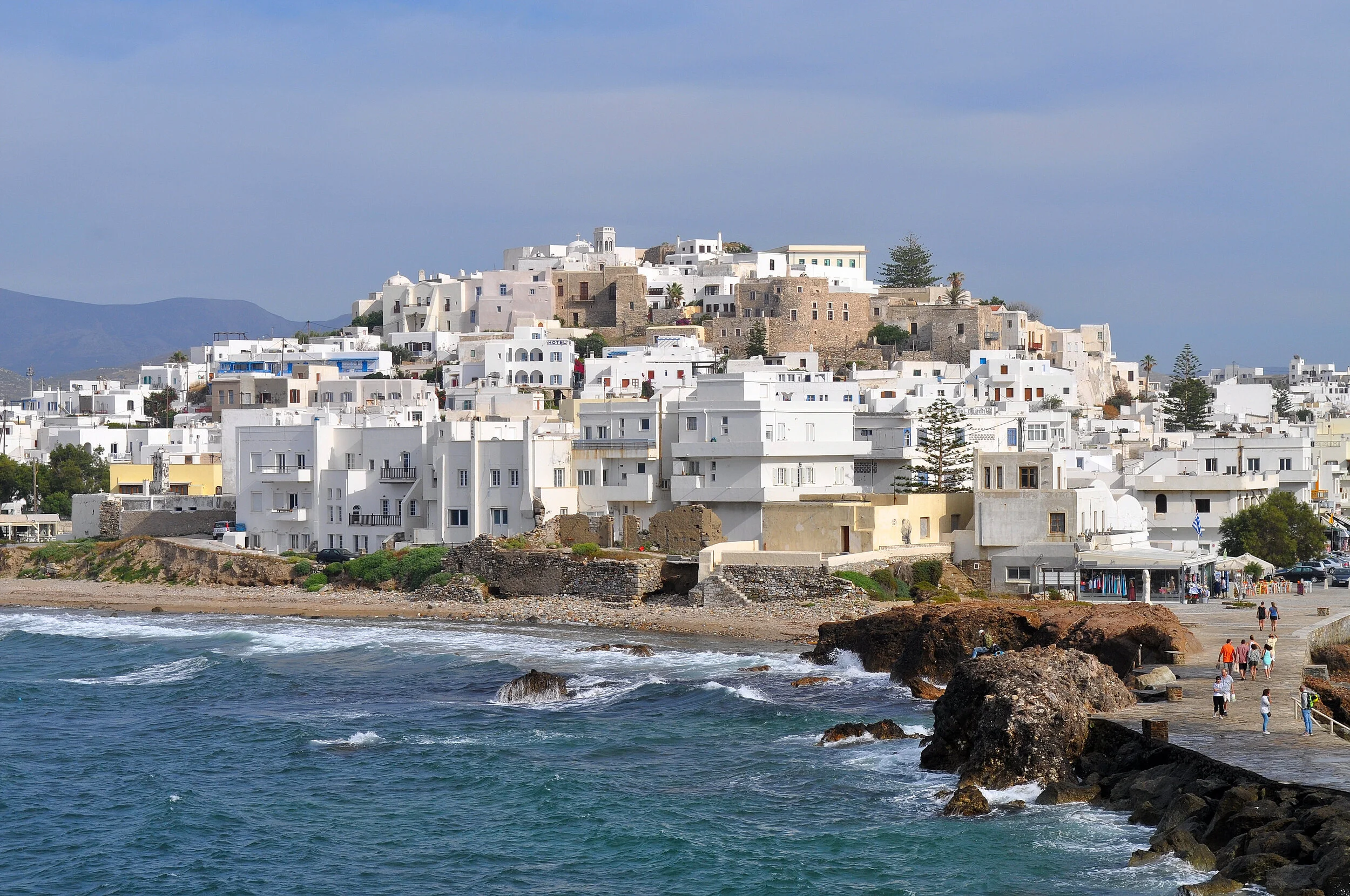
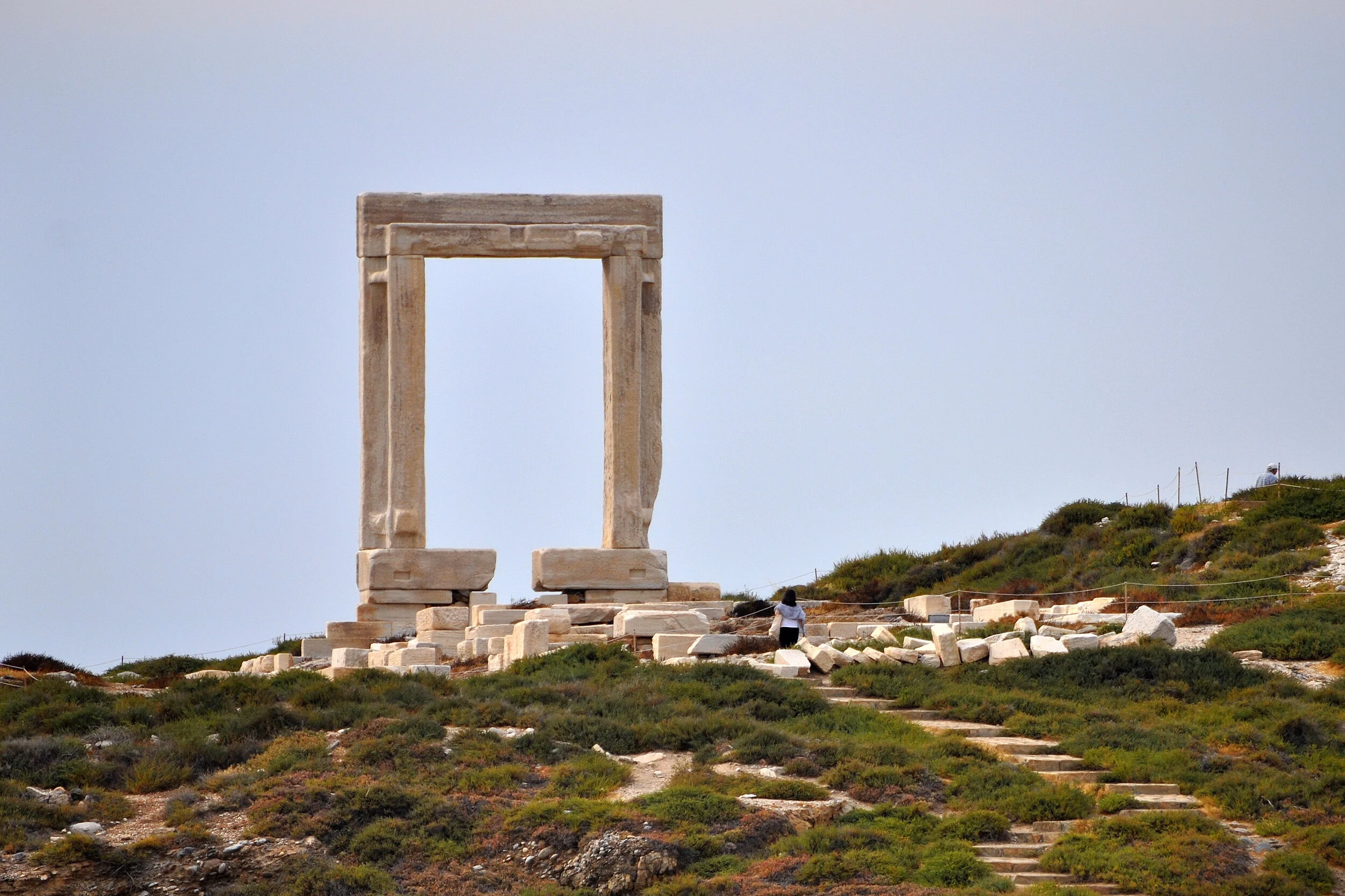
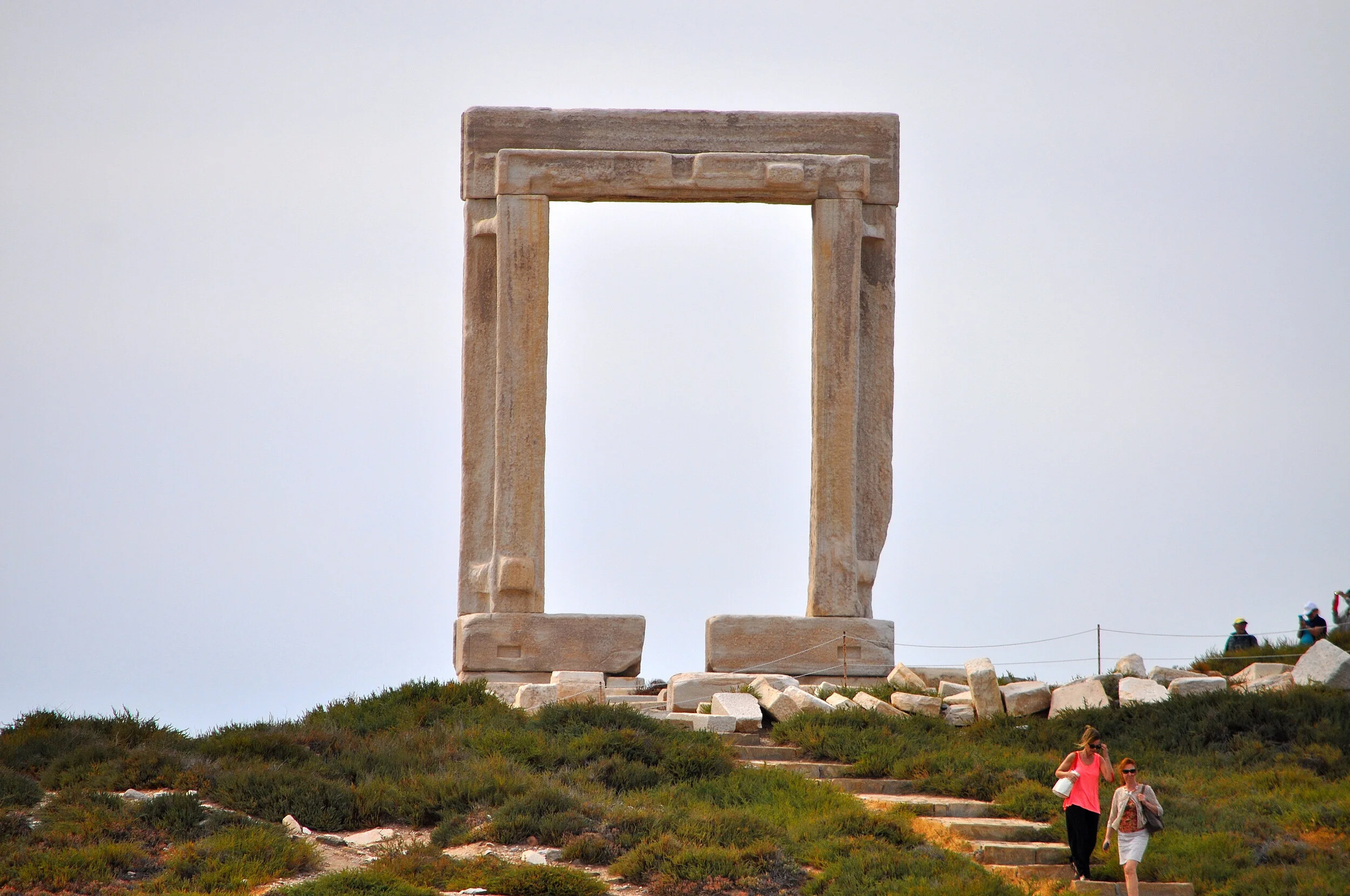
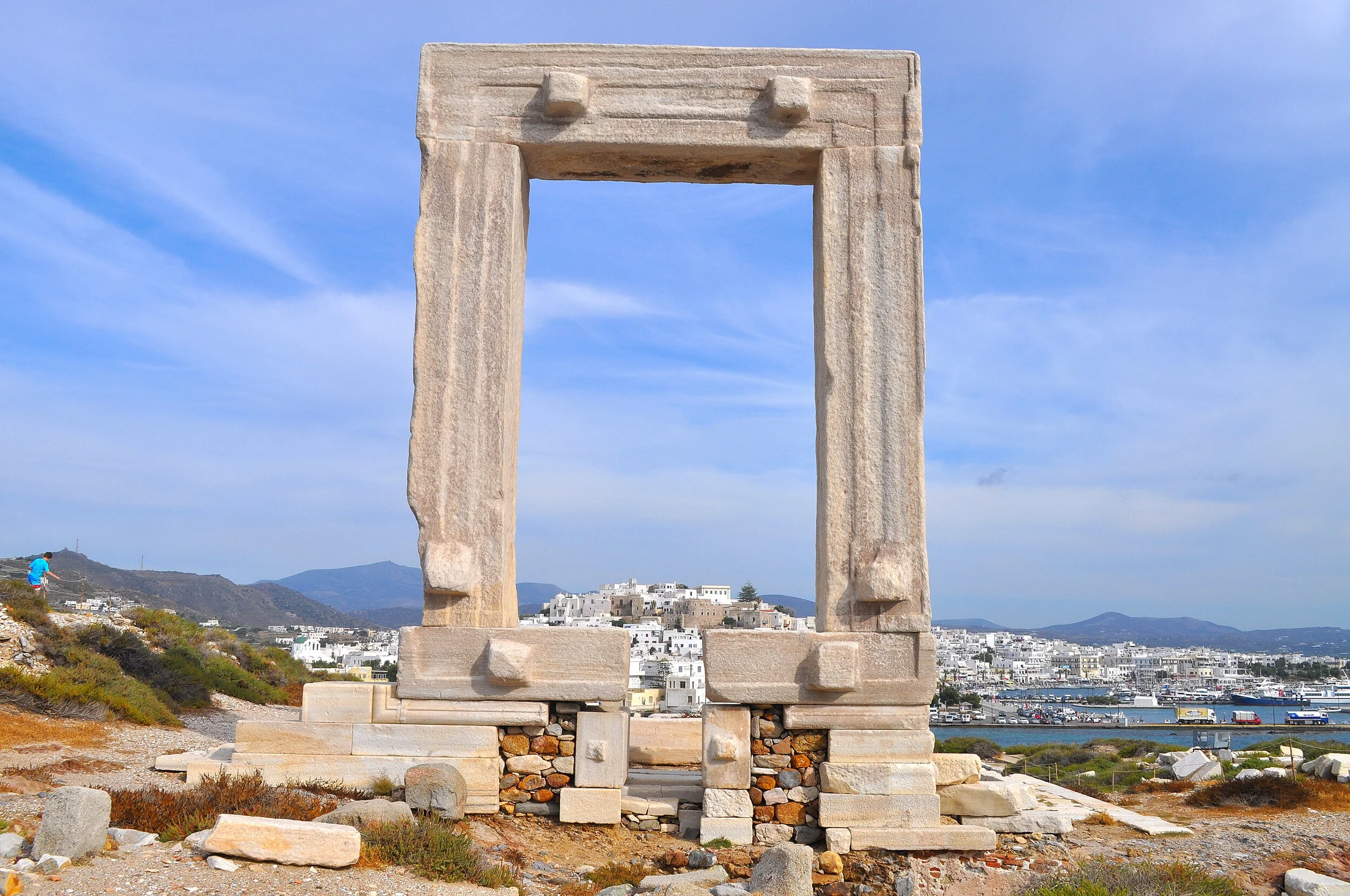
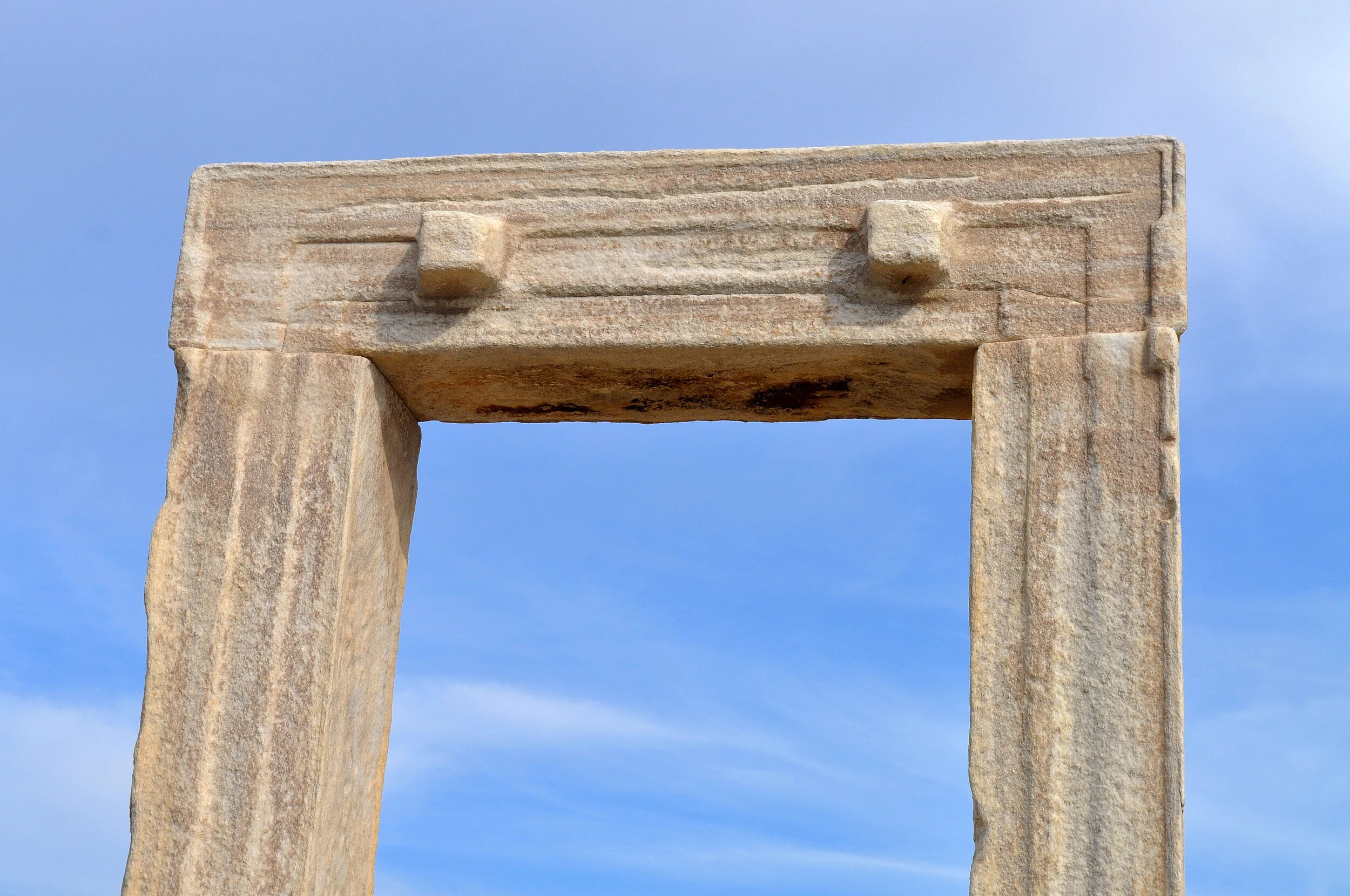
Piero: at this point we head towards the heart of Chora, in the direction of the Kastro. To get there, we walk through the wonderful narrow alleys that often open into small, charming squares surrounded by white houses leaning against each other. Walking around, you discover unmissable views where the white makes the colors of the windows, flowers, plants, and objects decorating the houses stand out.
Angela: we find ourselves crossing in particular the old market, made up of many small shops, some truly touristy but others really interesting, overlooking these beautiful alleys.
Piero: it’s a real labyrinth: with narrow streets, photo-worthy corners, and characteristic little shops, it’s really easy to get lost! And we managed to do just that…
Angela: we finally reach the top, where the Venetian castle is located; it was once protected by inner and outer walls, but now only the remains of the inner wall are visible. You enter through two gates, the southern one called Paraporti and the northern one called Trani Porta, and you immediately notice it both for its size and its color, which is not the classic white of the other houses.
Piero: the castle was built by the Venetian Marco Sanudo in the 13th century and was surrounded by twelve turrets; of these, only one remains, the Crispi turret, named after the last dukes of the island. The castle is also known as Glezos Castle, after the family name of its last owners; they donated it to the Greek state, which restored it and turned it into a Byzantine museum, open to visitors for a fee.
Angela: we continue our walk returning toward the port until we reach the Orthodox Metropolis, dedicated to Saints Nicodemus the Hagiorite and Nectarios, occupying the area where the ancient agora once was. Materials from old churches and ancient buildings were used in its construction: it is said that its granite columns were transported from the nearby island of Delos.
The wonderful villages of Naxos
Piero: if Chora reflects the influence of various dominations, authentic Greece is fully felt in the inland villages. The most characteristic ones are located toward the center of the island, leaving Naxos southeast toward Mount Zeus, the highest peak in all the Cyclades at 1000 meters.
Angela: the first village to visit is definitely Halki, the ancient capital of the island; the old houses testify to its past as a capital and there are countless small churches nearby worth visiting; a stop at the Vallindras distillery is a must, the only place on the island where Kitron, the local liquor made from citron (the entire central area of the island is covered by Lebanon cedar forests), is produced—a unique taste not found anywhere else in Greece!
Piero: not far from the village, just a ten-minute walk away, nestled in the countryside, is one of the most beautiful churches of Naxos, the Byzantine church of Saint George Diasoritis, which dates back to the 11th century and is perfectly preserved.
Angela: just near Halki is the church of Drosiani, one of the oldest early Christian churches in Europe, with its very peculiar structure: next to a central body there are three constructions, similar to caves, surrounding it. It is possible to visit it both from the outside, walking around, and inside, where you can see beautiful frescoes dating back to the 7th century.
Piero: not far from Halki is Filoti, the largest village in the Tragea valley: we stop to admire the large and ancient plane tree in the town center. We take a very pleasant walk through the alleys until we reach the splendid church of Panagia Filotitissa: it is one of the most important churches in Naxos, entirely built in white marble, with a distinctive carved bell tower and some beautiful Byzantine icons inside. Filoti is also the starting point for the beautiful hike to the summit of Mount Zeus: a one-hour walk to admire a fantastic view of the entire island.
Angela: a curiosity: according to mythology, it was on this mountain that Zeus was raised by his mother Rhea, who hid him in a cave to save him from the fate he would have faced. Cronus, Zeus's father, used to eat his own male children to prevent them from overthrowing him!
The archaeological sites of Naxos
Piero: besides the Portara, Naxos also has other important archaeological sites; the most important outside Chora is undoubtedly the Temple of Demeter.
Angela: It is located near the village of Ano Sangri, on a hill overlooking a fertile valley, and dates back to the 6th century BC. It has a distinctive square plan with five Ionic columns arranged in front of the main entrance: it has been almost completely destroyed, but enough remains standing to understand its original structure. The restorations are not remarkable, and the temple is practically abandoned, poorly signposted, and not easy to reach; however, it is easy to park on the road, it can be freely visited, and there are always few people.
Piero: definitely not to be missed in Naxos are the famous Kouroi (from kouros, which in Greek means “boy”): these are enormous marble statues left unfinished and still positioned in the ancient marble quarries that the island is rich in. The artisans of Naxos were the first to introduce the use of this material in architecture and sculpture, becoming its undisputed masters. Their works took their primitive shape in the quarry to avoid damage during transportation; then they were transported with a complex system and finally completed at their final destination. Probably those left in Naxos were abandoned due to accidents, discovery of defects in the marble, cancellation of the order, or more likely due to particular political events.
Angela: these giants can be admired in two different places: the first and most important is located in Apollonas, a seaside village in the north of the island, while two others are in Flerio, in the heart of Naxos.
Piero: the Kouros of Apollonas dates back to the 7th century b.C. and is 11 meters long and weighs over 80 tons. It is also known as the Colossus of Dionysus and is located in the quarry, along the road before entering the village. The statue is cut directly from the rock, lying on its back and obviously unfinished, but you can notice the head with a beard, ears, a hint of hair, rudimentarily sculpted arms, and the beginnings of the feet forming. Kouroi usually depict young heroes, but this one instead represents an old man with a beard: for this reason, it has been associated with Dionysus.
Angela: the two Kouroi of Flerio are much smaller (about 5 meters long) and not as well preserved as the one in Apollonas. They are located in a park that can be accessed for free. In this case, we return to the classic representation of nude young men.
The most beautiful of the Cyclades!
Piero: Naxos is definitely an island worth visiting for its beauty and peaceful atmosphere. We spent an entire week here, alternating between exploring the many things to see and relaxing on the beach. Many of these places are close to each other and not far from any starting point. For our tour, we rented a car and kept it for almost the entire week so we could spread out our excursions comfortably over time without missing the beauty of the sea every day. There are countless small car rentals just about everywhere; but be careful with the terms—you're not always covered for all types of damage.
Angela: for the joy of both kids and adults, it's worth renting a quad for a few hours—perfect for a lovely ride along the coastal roads.
Piero: Naxos is the perfect island for a peaceful family vacation!

